
Presenting the 18th annual Ex Awards, the world’s premiere recognition program for the experiential marketing industry. We bring you the case studies, the sizzle reels, and the inside scoop on the most innovative and strategically sound brand experiences in the world.
2020 Ex Awards Winners
The 2020 Grand Ex Award
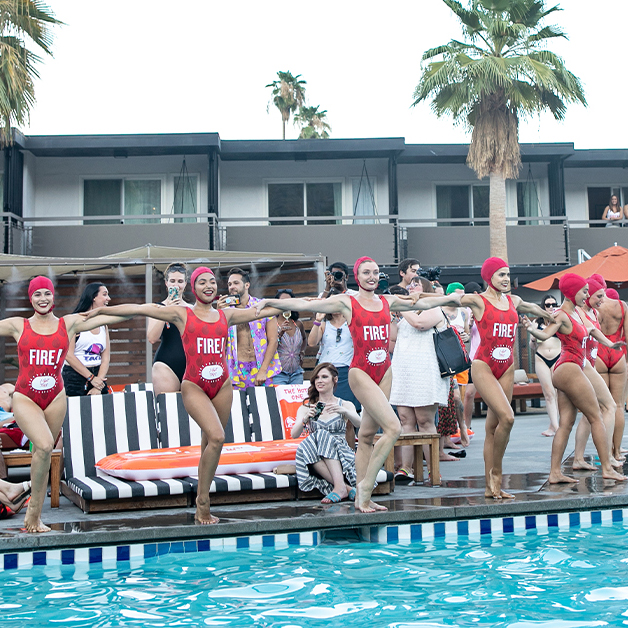
Client: Taco Bell
Campaign: The Bell: A Taco Bell Hotel and Resort
Agencies: Edelman, United Entertainment Group

Client: Taco Bell
Campaign: The Bell: A Taco Bell Hotel and Resort
Agencies: Edelman, United Entertainment Group
Taco Bell treats fans to a once-in-a-lifetime ‘tacoasis’ that fueled appetites, brand affinity—and sales
The Bell: A Taco Bell Hotel and Resort was a five-day hotel takeover in Palm Springs that immersed paying—yes, paying—attendees in everything they love about Taco Bell, and then some. From live, poolside performances and movie nights, to build-your-own breakfast room drops, to a salon, a merch shop and all the Taco Bell you could eat, guests got to experience a taste of the Taco Bell they know and love—but with a luxurious twist. The Bell was a fan’s paradise turned social media juggernaut that not only inspired more than 1.2 billion social media impressions, it drove the highest in-restaurant visits for the quarter.
Anyone hungry? Let’s hit the drive-thru, grab a chalupa (extra hot sauce, please) and head back to August 2019 for a tour of… The Bell.
READ THE FULL CASE STUDY
Ex Winner
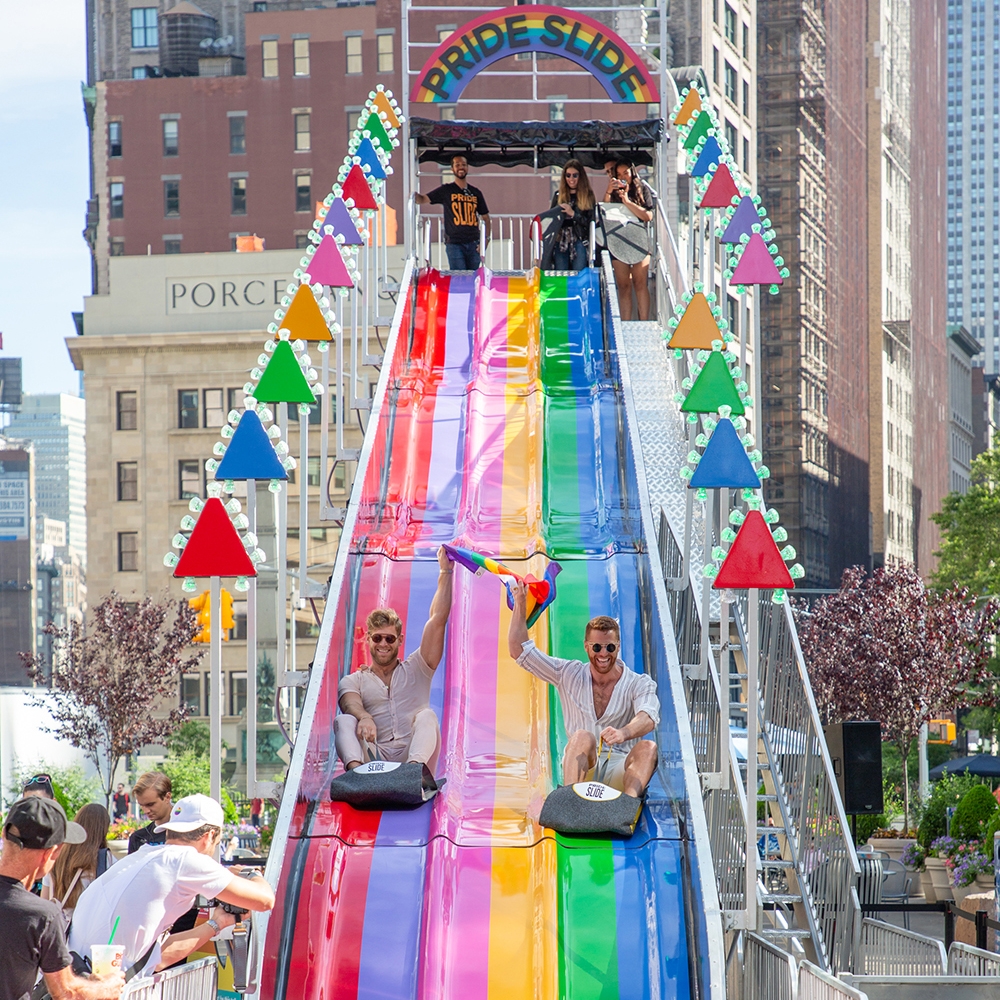
Client: Tinder
Campaign: Pride Slide
Agency: N/A Collective

Client: Tinder
Campaign: Pride Slide
Agency: N/A Collective
In honor of World Pride, which commemorated the 50th anniversary of the modern LGBTQ rights movement, Tinder wanted to rally support for the Equality Act. The legislation, if passed, would put an end to long-held discriminatory practices. And in true Tinder fashion, the dating app delivered an activation that was as fun and vibrant as its brand. Setting up shop in Manhattan’s Flatiron district, the brand erected a rainbow-themed, 30-foot-tall Tinder Pride Slide. That’s right, consumers were invited to embark on a 30-foot ride in the middle of Manhattan. The Pride Slide was open to anyone and everyone in the Tri-state area, so long as they stood 42 inches or taller, for safety purposes.
But this was no run-of-the-mill slide. While it was a lighthearted concept, it carried a weighty message—all the way down to the bottom. Not only was $10 donated to the Human Rights Campaign (HRC) for each ride, attendees were encouraged to take action by “sliding into their senators’ DMs” to voice their support for the legislation that would legally prohibit LGBTQ discrimination nationwide. The call to action was even written down the side of the structure. What’s more, each foot of the slide represented one of the 30 U.S. states that currently do not have non-discriminatory laws in place.
Post-ride, consumers visited a swag booth to choose from Pride gear that spanned fanny packs, rainbow visors, flame sunglasses and PopSockets. In the area surrounding the slide, the brand posted signs and banners that educated consumers about the Equality Act and listed the 30 states that do not have laws that protect the LGBTQ community. Meanwhile, a group of LGBTQ influencers who were invited to ride the slide helped spread the word about the campaign and shared their experience at the activation. Tinder additionally ran an in-app PSA urging its users to navigate to HRC.org’s toolkit and take action.
On its blog, Tinder communicated that until we live in a world where one’s sexual orientation isn’t considered a crime, where all relationships are “recognized and respected,” and where all genders are treated as equal, consumers—and brands—must act. Tinder ceo Elie Seidman said it best: “Discrimination in any form violates the fundamental values that drive Tinder. We believe everyone should have equal rights, and by calling on our millions of users to show their support and take action, we hope to make real change for the LGBTQ+ community.”
Ultimately, more than one million users clicked through to HRC.org, and more than 5,600 users sent messages to their senators. What’s more, in only one day’s time, Tinder saw nearly 1,500 riders donate more than $20,000 to the HRC and generate 30 million earned media impressions.
That’s one wild ride.
Gold Winner

Client: State Farm
Campaign: Neighborhood of Good
Agency: The Marketing Arm

Client: State Farm
Campaign: Neighborhood of Good
Agency: The Marketing Arm
It’s no secret that State Farm believes in the power of being a good neighbor, and its Neighborhood of Good platform proved as much to millennial-aged music fans across the U.S. thanks to a tech-fueled, four-part activation. The experience benefitted Notes for Notes, a nonprofit that allows youth to create music for free in professional-grade recording studios, and encourages fans to help bring music education to more young people in more communities.
The neighborhood of tiny homes included four separate interactives that traveled to eight music festivals nationwide. In the first house, State Farm invited music fans to sing in a voice-responsive infinity room. Then, fans showed off their best moves on a reactive dance floor as they were recorded for a photo moment. That was followed by a jam session on the brand’s LED drum set. As an encore, fans listened to music by Notes for Notes youth and could write them notes of encouragement. For every last fan interaction, State Farm gave $10 to the nonprofit organization. With the help of music fans, the brand ultimately raised $800,000.
After participants traveled through the Neighborhood of Good experience, State Farm emailed the content they had created, from Boomerangs to SoundCloud playlists. These were connected to a content hub where fans could actually see their impact. The brand also extended its reach by tapping into different influencer voices and media outlets, telling its story across channels. More than 91,000 people engaged with the Neighborhood of Good, while State Farm achieved 83 million impressions and 1.3 million engagements. Good as gold.
Silver Winner
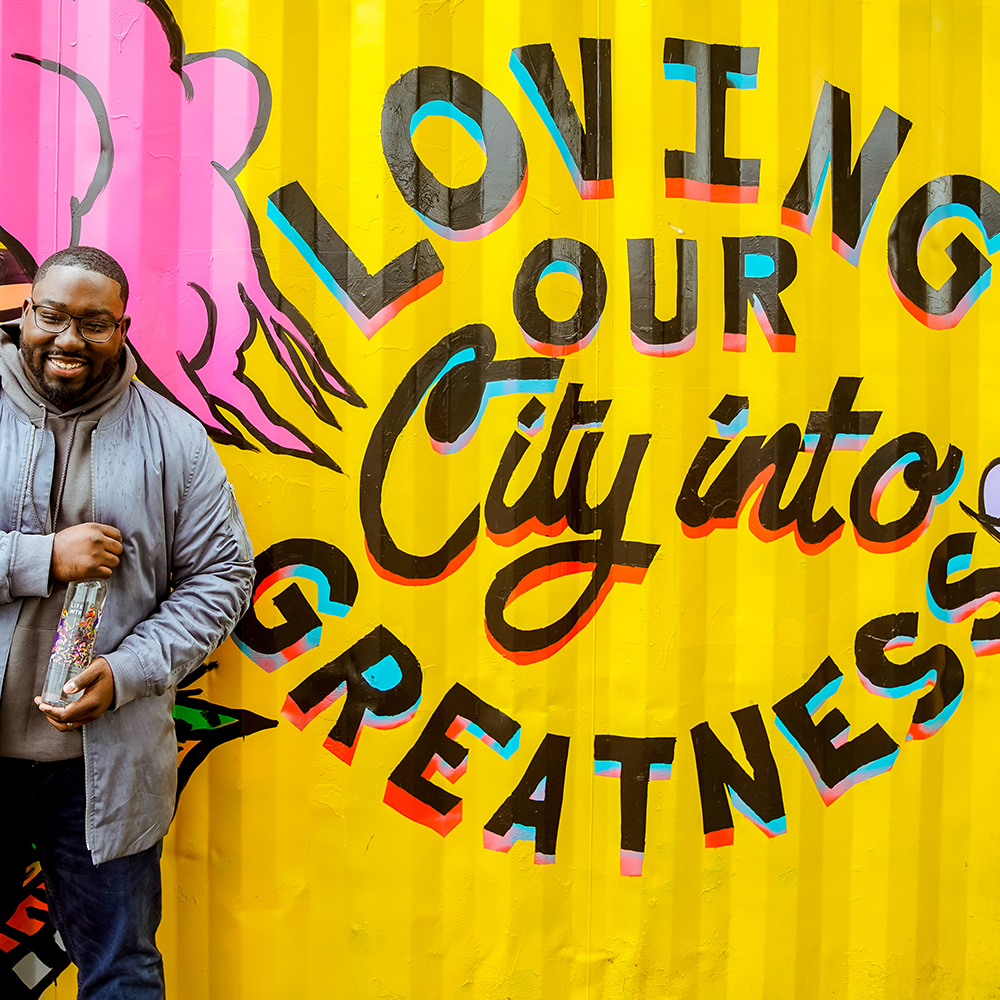
Client: PepsiCo
Campaign: LIFEWTR #CanvasForChange
Agency: Motive

Client: PepsiCo
Campaign: LIFEWTR #CanvasForChange
Agency: Motive
Bringing art to 10 million students may sound like a lofty goal but LIFEWTR was up to the challenge. The brand, built on the premise that “Life Needs Art Like We Need Water,” embarked on a mission to support underfunded arts programs in hopes of inspiring a new generation of makers. Targeting culturally-curious consumers in its key markets, LIFEWTR set out to mastermind a nationwide campaign dubbed #CanvasForChange that would rally artists, communities, retailers and schools around a common goal.
The program focused on cities with art communities in need of a boost and celebrated local artists who were not only dedicated to improving their hometowns, but aimed to have an impact on the creative world. In each market, LIFEWTR shared the stories of these artists, captured the creation of a uniquely local mural and followed them as they inspired students of all ages.
The program launched just outside Austin, where a collective of local artists collaborated to transform a set of dilapidated barns into works of art. From there the brand’s efforts expanded to nine cities where it collaborated with schools and community centers to craft unique pieces of artwork.
The program generated 59 murals, earned more than 15 million paid media impressions and impacted nearly 41,000 students. Paints a pretty picture, doesn’t it?
Ex Winner
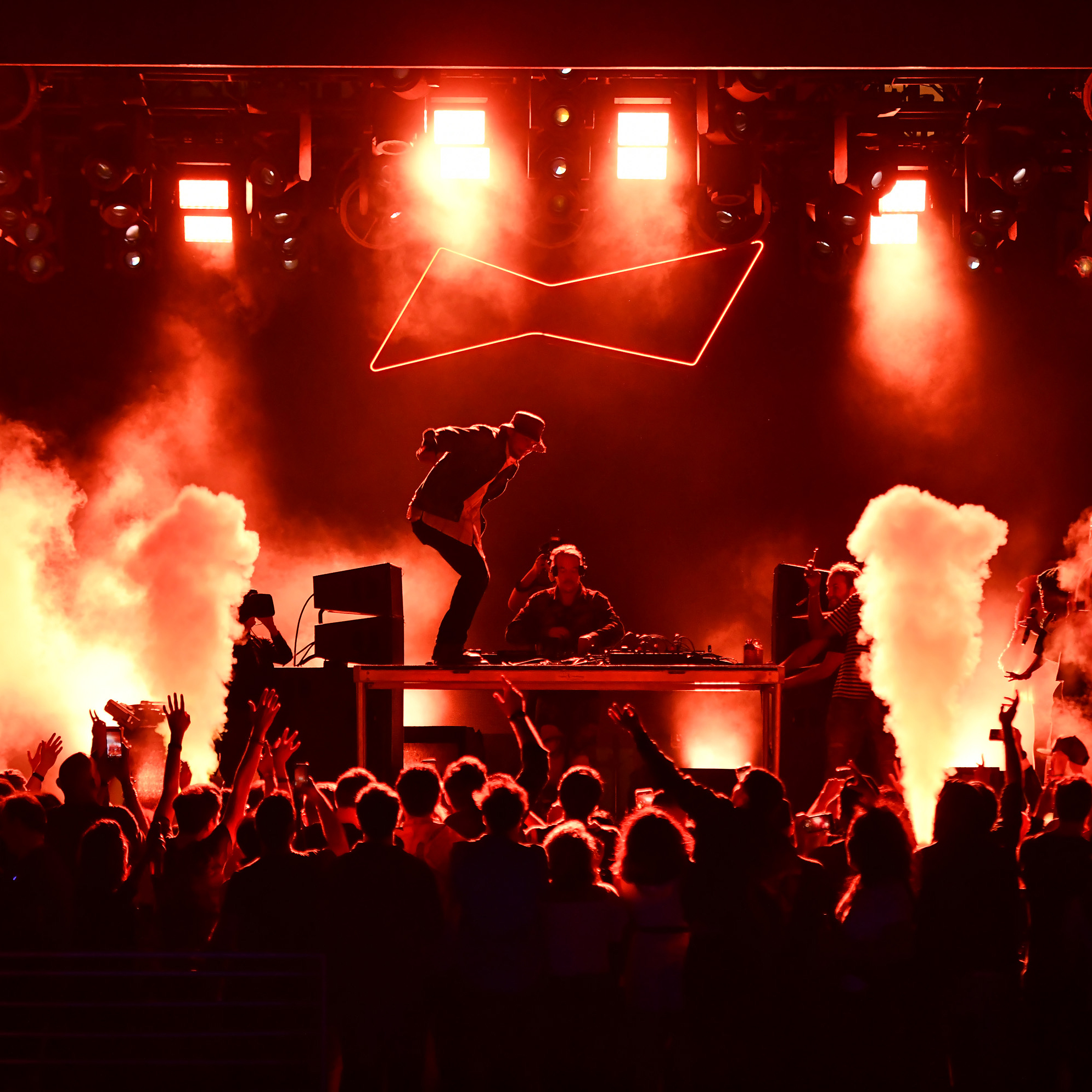
Client: Anheuser-Busch
Campaign: BudX Miami
Agencies: Octagon, WINK

Client: Anheuser-Busch
Campaign: BudX Miami
Agencies: Octagon, WINK
Budweiser wants to be at the epicenter of culture, and not just backyard barbecues, so it launched the BudX platform with the goal of building a digital community of 20 million creators called The X List. At the Super Bowl, the brand brought the platform to life for the first time, giving 200 talented Budweiser influencers, creators and tastemakers (a.k.a. “Kings of Culture”) a chance to showcase their talents and solidify their place in the community.
Hailing from the worlds of sports, fashion and music, these Kings of Culture, which included “A-List Kings” (those with one million or more followers on social media), were invited to stay at the BudX Hotel in Miami. The immersive experience involved a branded takeover of the 250-room The Nautilus by Arlo hotel on South Beach, fully decked out in Budweiser themes from wallpaper to branded furniture and bedding. Guests had access to specialty services in the hotel like a pop-up recording studio, featuring artists like will.i.am, to get their creative juices flowing, as well as a Gillette-branded barbershop with celebrity barbers on hand to help attendees look their best. Not only were the surroundings built for content and impressions, but the influencers had access to all the tools to make it super shareable content.
The BudX Hotel also included exclusive Budweiser events and concerts headlined by Halsey, Diplo, De La Soul and Black Eyed Peas, among talent. During the day, the influencers enjoyed pool parties, visited the creator studio, and listened in on panel discussions featuring guests like Eli Manning, Rob Riggle and Ludacris. There was even a “Masters of the Mic” karaoke competition in partnership with One37pm featuring host Dwayne Wade, which pit guests, athletes and celebrities against each other before a panel of judges.
Budweiser also took advantage of the captive—and well connected—audience to launch SelfieBud, a special edition label designed as a mirror image logo, which flips to the actual logo when people take selfies on apps like Instagram and Snapchat. It gave influencers a chance to take Kim Kardashian-worthy selfies with their cold Bud in hand.
As Eelco van der Noll, vp-experiential at Anheuser-Busch InBev, told EM: “Our No. 1 goal was generating impressions, and we did that through influencers by offering them the right experience.” And generating impressions it did. All of the incredible, exclusive experiences, cushy surroundings and studio space to create led to more than one billion impressions for Budweiser and 70 million engagements across social channels. Oh, and it generated nearly $9 million in media value for the brand.
All hail the king.
Gold Winner
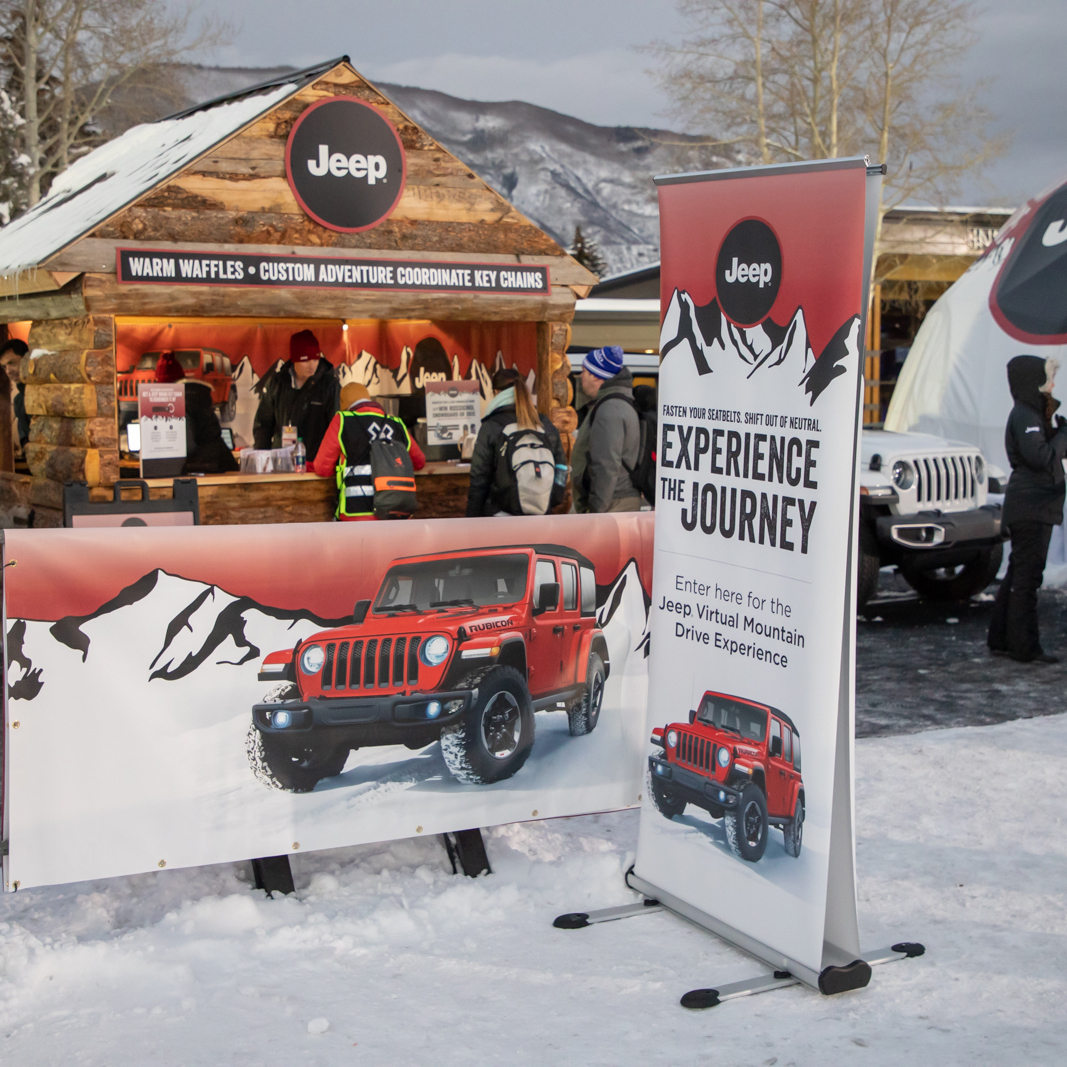
Client: Fiat Chrysler Automobiles
Campaign: Jeep Champion of Adventure
Agency: Inspira Marketing Group

Client: Fiat Chrysler Automobiles
Campaign: Jeep Champion of Adventure
Agency: Inspira Marketing Group
There’s only so much you can do to activate on the side of a mountain in winter. After all, it’s cold. And dwell time? Well, that might cut into it. But Jeep found a way to provide skiers with an escape from the elements while reinvigorating its longstanding presence at the Winter X Games.
Enter: The Jeep Champion of Adventure, nestled in Buttermilk Resort in the Rocky Mountains populated that weekend with extreme sports athletes and outdoor enthusiasts. Under a 30-foot-tall geodesic projection dome, Jeep treated downhill sports fans to an adventure behind the wheel of a Wrangler as it embarked on an uphill, off-roading excursion through the extreme terrain of the West. The 4D experience was multisensory with vehicle-led cinematography, smells and blasts of wind—you know, the sensations you feel exploring in a Jeep.
After the film, consumers got to inspect the real deal with Jeep Wrangler vehicle displays that doubled as meet-and-greet photo ops with X Games athletes. If all of that wasn’t a draw, attendees might have been enticed by the warm branded waffles being served from the Jeep-branded cabin within the footprint. While snacking, they could enter to win Rossignol ski packages and customized leather Jeep keychains with the GPS coordinates of their favorite adventure spot.
All those engagements attracted 2,188 attendees, a 137-percent increase from the original goal of 1,600. Average dwell time was eight minutes and 23 seconds, and Jeep saw a 220-percent increase in leads.
It’s a Jeep thing.
Silver Winner
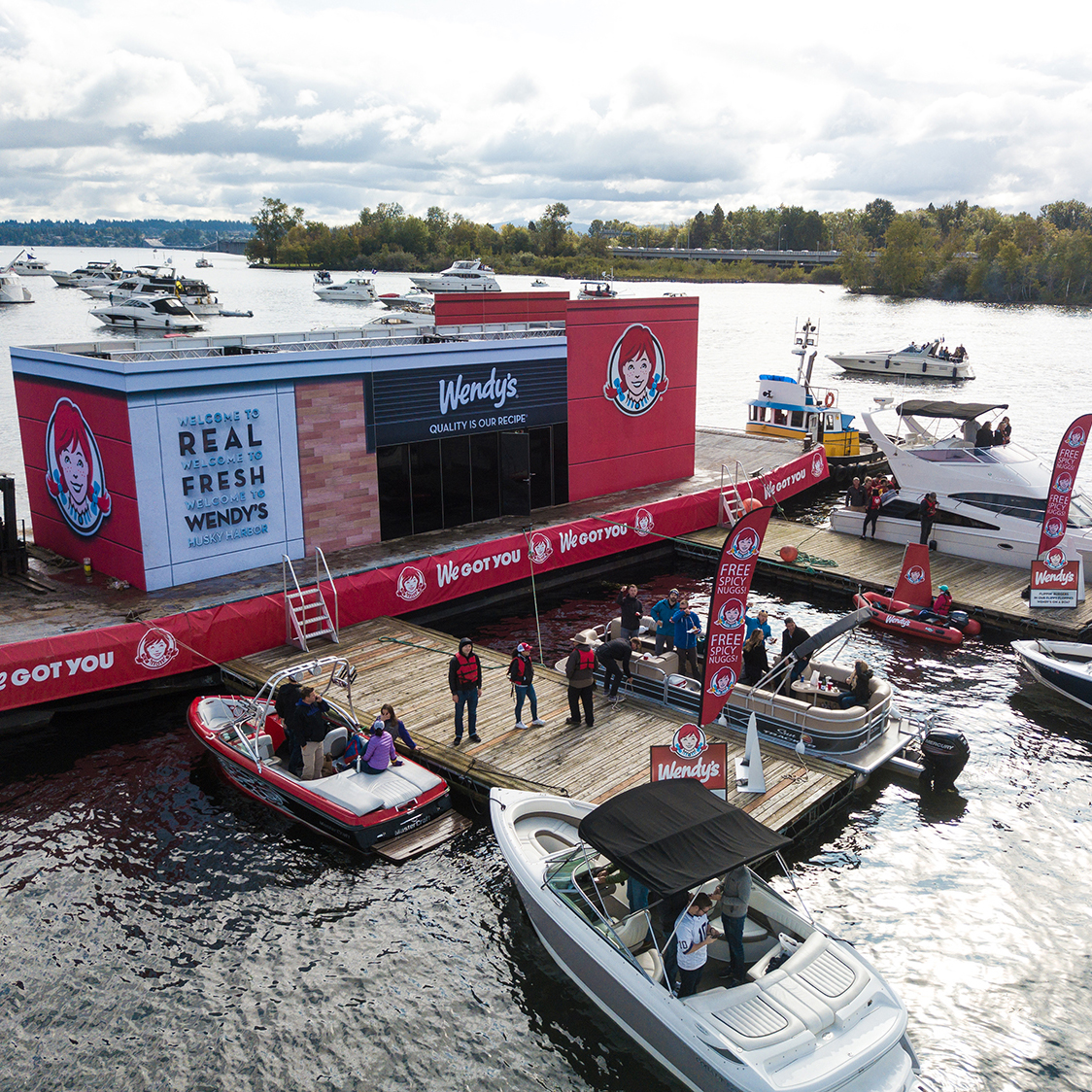
Client: Wendy's
Campaign: Sailgating
Agency: The Marketing Arm

Client: Wendy's
Campaign: Sailgating
Agency: The Marketing Arm
In the fast-food wars, brands have to fight for market share amid a “sea of sameness.” So, Wendy’s made its move by setting sail. To announce to fans that their beloved Spicy Nuggz had returned, the brand turned to its college football sponsorship with Fox College Football and IMG College partnerships by “sailgating” with Husky fans at the University of Washington. And yes, that’s tailgating by boat—and yes, there is no other marketing competition on the water.
To pull it off, Wendy’s took over a 90-foot-long barge, attached to floating decks to it, and then plopped a working kitchen on top of it. Branded speedboats manned by brand ambassadors delivered the goods to fans floating in the water, and fans could also dock their boats at the barge and walk up to the takeout window.
To give the program a boost beyond the shoreline, Wendy’s invited former Washington Huskies receiver Dante Pettis and USC alumni Reggie Bush, Matt Leinart, Lendale White and Steve Smith to a sailgating party on the barge. The brand also leveraged its media partnerships with Fox Sports and Bleacher Report to drive even more buzz for the stunt.
With more than 100 boats docked and countless others anchored around the barge, Wendy’s staked its claim in a new environment, recording 3.3. million Instagram Story reviews, and a rise in sales of 10 percent in three months. Spicy, indeed.
Ex Winner

Client: HBO
Campaign: Bleed #ForTheThrone
Agency: Giant Spoon

Client: HBO
Campaign: Bleed #ForTheThrone
Agency: Giant Spoon
Superfans will do anything to access the characters and content they feel passionately about—but would they bleed for it? That’s what HBO was counting on at SXSW when it presented “Game of Thrones” fans with an opportunity to literally sacrifice their blood #ForTheThrone. But don’t cringe just yet; it was all for a good cause. With the eighth and final season of the series approaching, and a nationwide emergency blood shortage, HBO and the American Red Cross saw an opportunity to engage consumers and collect blood donations in one sweeping #ForTheThrone campaign that launched in Austin and later became a nationwide call to action.
Ever the master of large-scale immersive experiences, HBO invited SXSW attendees into a 22,000-square-foot “Fair Market” that transported them to the fictional world of Westeros. The venue was transformed into a place of worship where sage burned, a 25-person choir sang and in attendees’ direct line of sight sat the original Iron Throne, backlit by a custom Red Cross stained glass window. But before they reached the throne, a sacrifice had to be made. They could either donate blood for the cause, or pledge to join a multisensory enlistment, which donors also experienced.
During the immersive enlistment experience, fans walked in the steps of four central characters who bled for the throne before them. A narrated audio track guided them through the experience, which included a pitch-black hall resembling Braavos where fans experienced Arya Stark’s blindness, a connected technology experience that put them in the shoes of a betrayed Jon Snow, an engagement that immersed them in Cersei’s Walk of Atonement and a face-to-face encounter with the Mountain just as Tyrion Lannister had experienced. Featured throughout the dramatic scenes were iconic props, costumes, larger-than-life A/V projections and chilling audio tracks.
Afterwards, participants finally made it to the Throne Room, where they were inducted into the army of the living after undergoing a stirring ceremony. As they sat in pews, a musical ensemble played a 27-minute original score. While they listened, a Red Priestess called each donor by name, bestowing them with a special-edition Hand of the Queen pin, which granted them access to VIP promotions across Austin, as they knelt before the Iron Throne. (If that doesn’t give you chills, what will?)
Lastly, attendees made their way into a replica war camp to prepare for battle, where they interacted with 88 actors dressed in the original costumes from the series, who worked off of 108 pages of script.
The Austin blood drive may have been the “opening ceremony” in the #ForTheThrone campaign, but it sparked domestic ones in 43 other states, with fans dressing up and donating blood nationwide. The endeavor ultimately reached 2.5 billion people, while 349,660 usable units of blood were obtained. Now that’s moving the needle.
Gold Winner
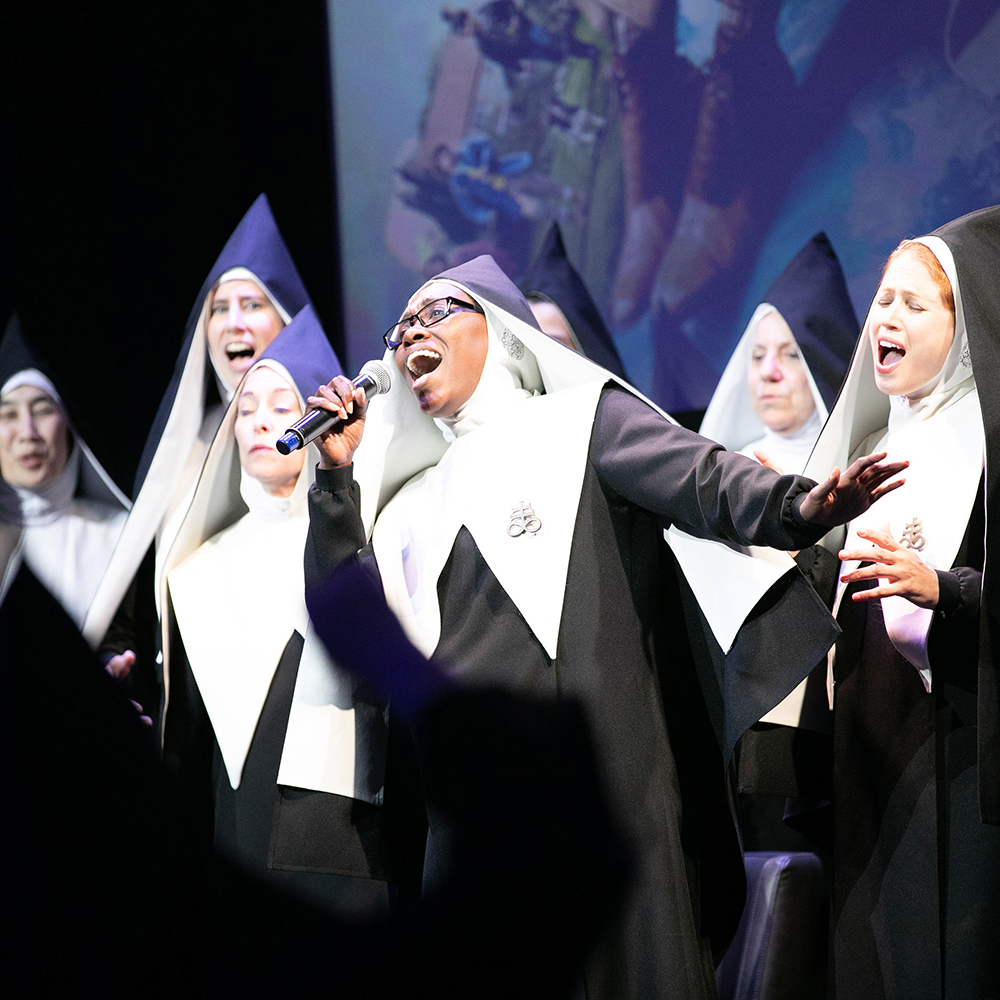
Client: Amazon Prime Video
Campaign: The Chattering Order of St. Beryl
Agencies: In-house, Tool of North America

Client: Amazon Prime Video
Campaign: The Chattering Order of St. Beryl
Agencies: In-house, Tool of North America
Amazon Prime Video has a way of making seemingly implausible ideas a reality and it proved as much with a five-month social media-led journey fueled by this objective: turn a satanic Order of nuns from the new series “Good Omens” into a culturally progressive a capella choir (called the Chattering Order of St. Beryl, no less) that travels the country collecting souls (followers) for the Dark Lord. Far-fetched? Maybe, but the campaign seamlessly blended fiction, live performance, digital strategy and real-time social community engagement, winning 1.2 billion impressions for the Dark Lord along the way.
To build buzz and gather souls, Prime created a compelling narrative that audiences could follow every day online, delivering original content that ranged from hosting competitions to sharing recipes to celebrity interactions to next-level GIFs, to mockumentary films of their behind-the-scenes escapades. To boot, the sisters created a music video and dropped an entire album.
In addition to dishing out engaging content, the Order offered vibrant live performances in Los Angeles, New York City and London. The nuns were in such high demand they also made appearances at award shows, national monuments, tourist attractions and even a Bar Mitzvah, on top of activations at major events like SXSW.
For a campaign built entirely on earned media, the nuns were a resounding success. The Chattering Order of St. Beryl averaged 120,000 Twitter impressions per day, ultimately reaching 25 million souls with their unholy message, and earning Prime Video its No. 1 social campaign of all time.
Silver Winner
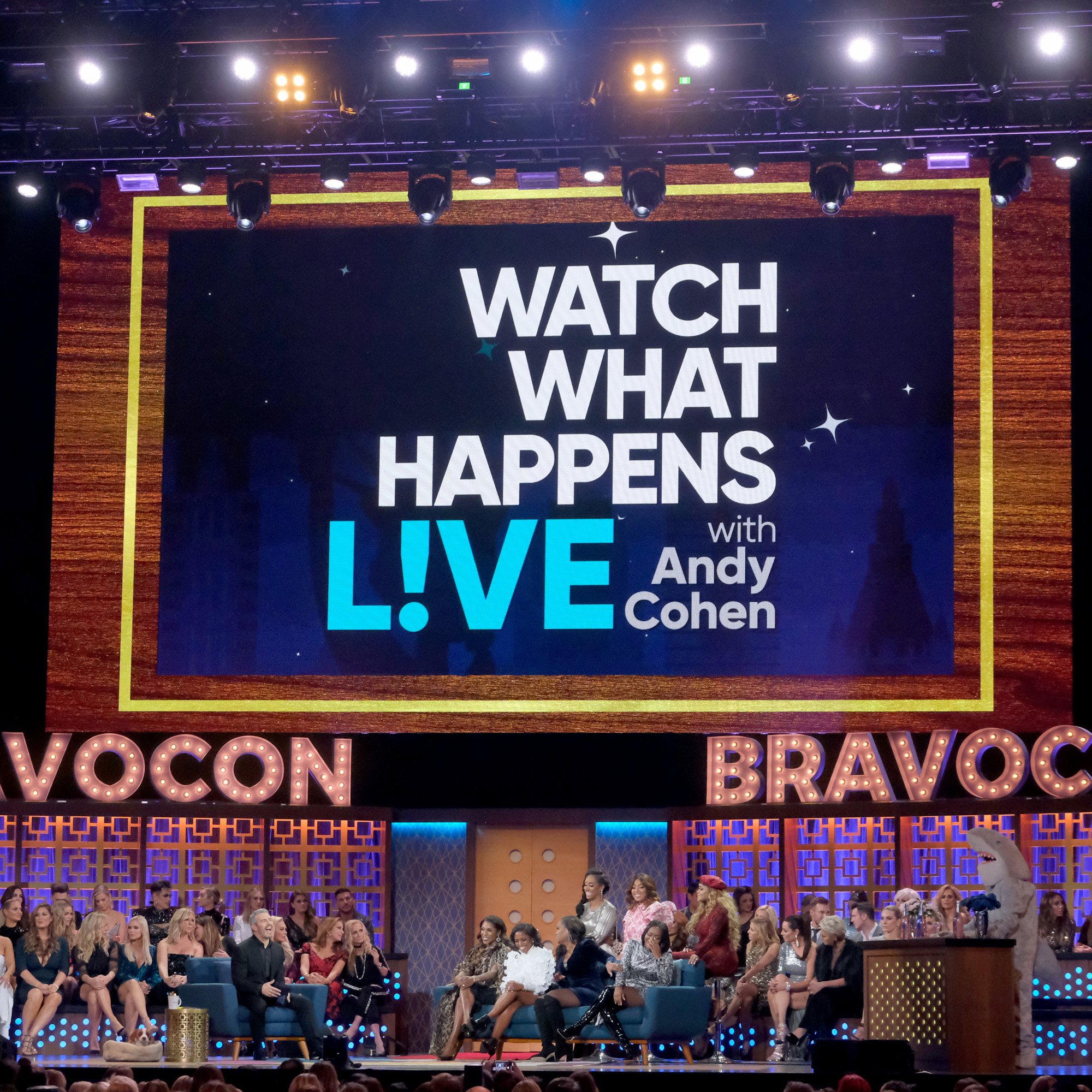
Client: Bravo
Campaign: BravoCon
Agency: Superfly

Client: Bravo
Campaign: BravoCon
Agency: Superfly
When tickets to a first-time event sell out in a matter of minutes, you know you’re on to something. Such was the case for Bravo when it decided to place diehard fans and its biggest stars in the same room for the inaugural BravoCon. Spanning three days, three venues and 60,000 square feet of space, the event was a “Bravoholic’s” wildest dream come true.
In addition to rubbing shoulders with nearly 90 of their favorite “Bravolebs,” fans could participate in more than 45 events executed throughout the weekend. There were live tapings of shows, panel discussions, meet-and-greets, a Bravo Bazaar marketplace, immersive pop-ups and partner activations woven throughout. There was also a Real Housewives Museum that celebrated the show’s impact on pop culture, intimate dining experiences with culinary experts, a “Top Chef” food hall serving bespoke meals inspired by the show, themed bars designed around shows like “Project Runway,” a cabaret performance and a “Vanderpump Rules” party. Phew.
The beauty of it all? The event just about entered sacred terrain. A post-event survey showed many fans considered BravoCon one of the best weekends of their life. The event also raked in 400 million views on TikTok and 24.5 million social impressions. Bravo, indeed.
Ex Winner
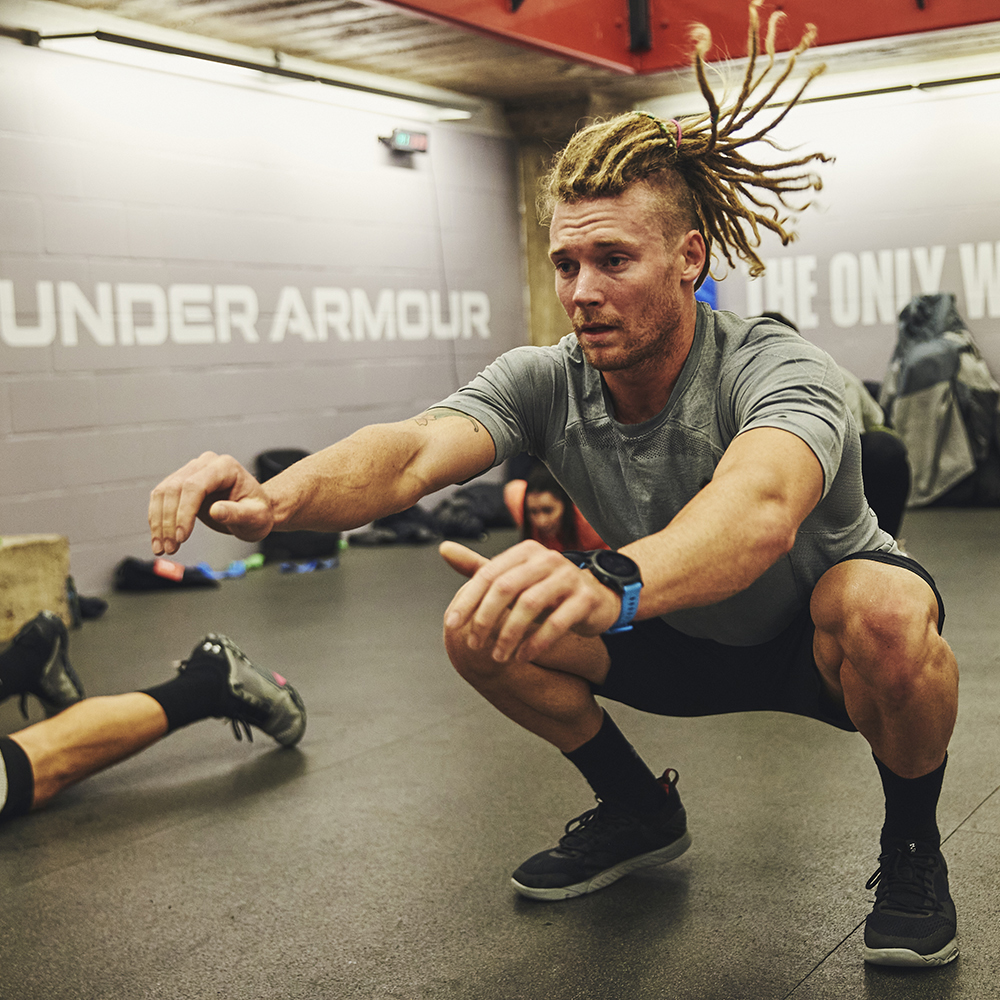
Client: Under Armour
Campaign: Human Performance Summit
Agency: Giant Spoon

Client: Under Armour
Campaign: Human Performance Summit
Agency: Giant Spoon
Under Armour bills its offerings as the apparel and footwear solutions you never knew you needed but can’t imagine living without. To ensure it could maintain its value proposition as the “human performance company,” the brand executed a four-day experience (including two full days of immersive programming) dubbed the Human Performance Summit featuring interactive activations, keynotes, product immersions, workouts with pro athletes, performance assessments and recovery sessions. There, attendees got a full 360 brand experience and a first look at where Under Armour is headed in 2020, and beyond.
On day one of the Summit, Under Armour conducted a global reveal of its new platform, The Only Way Is Through (TOWIT), messaging that focuses on the fact that although progress and self-improvement looks different for each athlete, there’s only “one possible mindset.” Day one also offered attendees, including influencers, exclusive access to Under Armour’s Lighthouse facility, the testing grounds for the brand’s new manufacturing processes including 3D printing and high-end testing of fabric technologies. (The area is rarely opened to outsiders.) There, attendees got a behind-the-scenes look at unreleased products and had the opportunity to speak with the designers behind the technology. Other day one offerings included a touching moment when Michael Phelps read a letter detailing his own TOWIT journey and panel discussions with other athletes.
On the second day, attendees experienced the introduction of Under Armour’s Human Performance System. The reveal was followed by the takeover of a historic gym for a series of breakouts led by veterans in key performance areas, including mindfulness, meditation, movement and nutrition. Select media were also able to get access and first looks at signature products including a rundown on the Spieth 4 golf shoe by pro golfer Jordan Spieth himself, and an intimate moment with Joel Embiid, who announced his forthcoming signature shoe. The conference wrapped with a fireside chat between Under Armour founder Kevin Plank and Speith.
An intimate tour of Under Armour’s home city of Baltimore rounded out the experience thanks to partnerships with established venues, gym locations and vendors, making for an authentic and unique event from top to bottom.
In addition, the Human Performance Summit racked up $12 million in earned media, drew 650 global earned media stories and received 100 percent participation from an influencer program with 3,000 posts, generating more than $1 million in earned media value. Talk about human performance.
Gold Winner
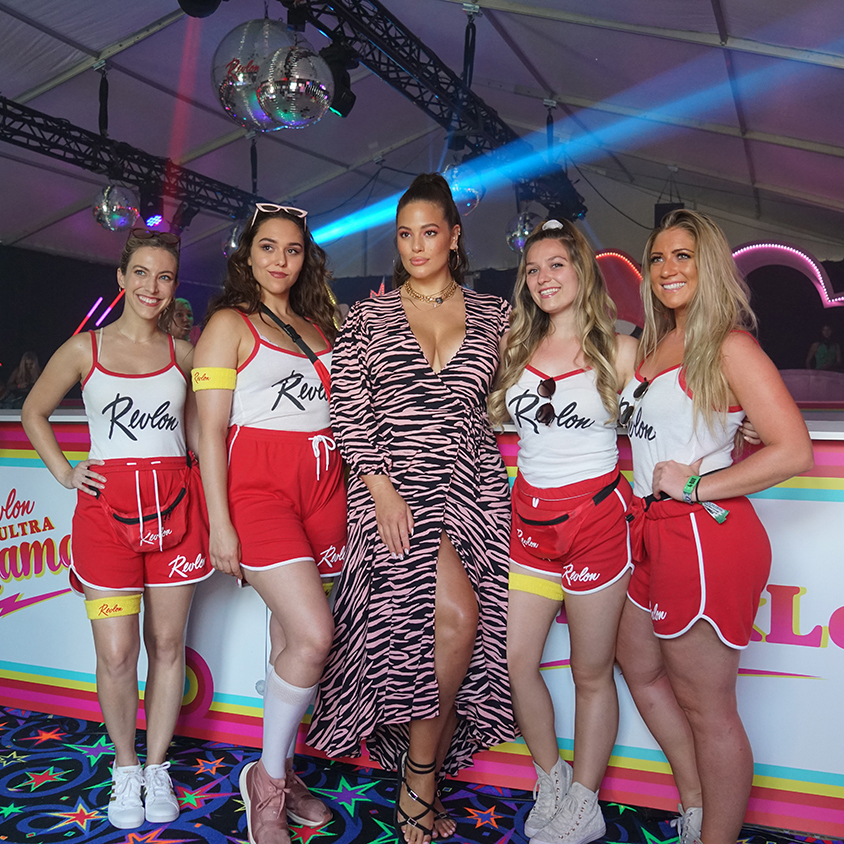
Client: Revlon
Campaign: Ultra Rollerama
Agency: Live Nation

Client: Revlon
Campaign: Ultra Rollerama
Agency: Live Nation
With a brand new product to push at Lollapalooza, the Ultra HD Vinyl Lip Polish, Revlon knew it needed the event’s influential audience to get the word out. But how do you cut through the festival sponsor noise and make your product the hottest beauty topic of the event among thousands of young, trendsetting beauty buffs? Roll right into their Instagram dreams with a glam, retro-inspired roller-skating rink.
Inside the 40-foot by 40-foot rink, attendees, including scores of Revlon’s female millennial target, could skate to their favorite tunes, spun by a dj each day (and including a surprise set from Chelsea Cutler). Nearby, they could try out the new Vinyl Lip Polish and snag full-size samples to take home.
Beyond the roller rink, Revlon relied on a group of beauty influencers, including model Ashley Graham, to hype up its new product. The idea was that by promoting a new, high-quality product at the event, the influencers could help change consumer perception of the brand’s entire portfolio. Revlon also leveraged a Fanfluencer program, a social tool that scouts out micro-influencers at the event, and rewards them with a gift.
The glossy results ultimately rolled right in. Among Lollapalooza attendees overall, Revlon enjoyed a four-point lift in brand preference, a seven-point lift in consideration and a five-point increase in brand love. Among fans with no prior brand preference, Revlon had the largest lift in awareness with a four-point boost. It also enjoyed the greatest lift in consideration among this group.
Silver Winner

Client: Pizza Hut
Campaign: Influencer Marketing Program
Agency: RQ Agency

Client: Pizza Hut
Campaign: Influencer Marketing Program
Agency: RQ Agency
Pizza Hut was all the rage in the ’80s and ’90s thanks to its grip on pop culture and the resulting emotional connection with customers. But in an increasingly crowded marketplace, the brand began losing relevance, and along with it, customers. So to find a new way to position itself at the forefront of pop culture and generate authentic word of mouth, the chain dreamed up a Pizza Hut influencer program.
To bring the initiative to life, Pizza Hut implemented a series of programming efforts designed to build influencer relationships and inspire organic social content, with a focus on driving trial among targeted tastemakers. The target audiences: creator crowds, like film and TV writers’ rooms, music record labels and gaming content developers.
Among programming highlights, the brand hosted parties for Jimmy Fallon and “Good Morning America,” seeding pizza within key creative groups (think: writer’s rooms and recording sessions) and, surprising and delighting the talent with retro apparel. The brand also hit Sundance with an unofficial sponsorship in which it conducted late-night pizza drops, hosted an exclusive portrait studio in partnership with Getty Images and integrated into evening talent parties.
The delectable results: the brand garnered more than 3.1 billion impressions across organic press and social coverage and created 1,500 pieces of organic branded content by some of the biggest names in entertainment.
Ex Winner

Client: Starbucks
Campaign: 2019 Leadership Experience
Agency: Touch Worldwide

Client: Starbucks
Campaign: 2019 Leadership Experience
Agency: Touch Worldwide
The Starbucks Leadership Experience is attended by 12,000 store, district and regional managers across the U.S. and Canada. They’re responsible for inspiring and managing the experience for millions of patrons of Starbucks stores. So engaging them in a three-day internal event designed to immerse them in corporate strategy and help them deepen their understanding of the Starbucks business requires an inspiring environment in its own right.
Within a 400,000-square-foot experience hall at McCormick Place in Chicago, Starbucks created environments that allowed attendees to step into its mission and values. Among them: a replica of the Starbucks visitor’s center at its premiere coffee farm, Hacienda Alsacia, in Costa Rica. In the space were live coffee trees, coffee raking beds, a café and coffee bar, a terrace, and a 286-foot-wide by 26-foot-tall LED wall that provided a backdrop view of the lush valley that exists below the actual center. Starbucks produced seamless looping HD video of the valley, its trees, waterfall, birds along with a natural soundscape for a multisensory effect. The video also included animated detailed explorations of the farm that played intermittently on either side of the screen.
Not every store manager has been able to visit the original Starbucks in Seattle, so the company brought it to attendees by creating two replicas of the store within a “Pike Place Market” space. From the whole bean coffee bins to the worn floorboards and working locks, every detail was meticulously replicated. All of these experiences were designed around a replica of the Tryer Center, where Starbucks products are developed and tested.
The content was immersive and inspiring, too. Starbucks created a 30,000-square-foot expo of art and interactive media, and brought in local and national community organizations to provide resources and skills to address the specific needs of their stores and communities. The Chicago Bulls Bucket Boys opened the General Session, followed by a Starbucks coffee tasting for all 13,000 in attendance. Presentations included delivering a symbolic key to the first Starbucks store to every attendee as a reminder of the company’s heritage and the responsibility they bear for its future. Guest speakers included rapper, actor, writer and philanthropist Common, and research professor and author Dr. Brené Brown. The closing session included performances from the cast of “Hamilton,” personal stories from the field, a video message from Lady Gaga and a performance by John Legend.
And according to the attendees, Starbucks’ strategy for the event struck a chord. More than 87 percent of post-event survey respondents said it was a valuable investment in partners, that they found value in almost all sessions, and 85 percent said they left ready to act on what they learned.
Gold Winner
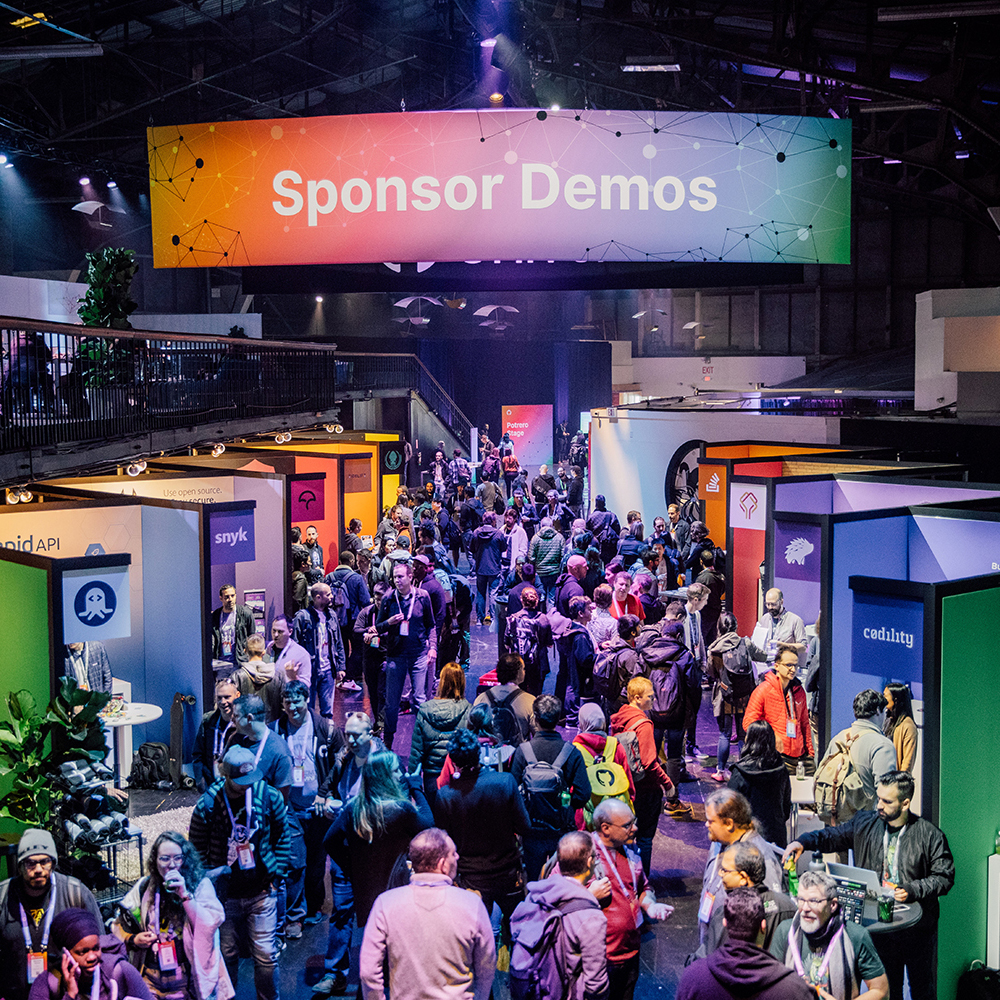
Client: GitHub
Campaign: GitHub Universe
Agency: Manifold

Client: GitHub
Campaign: GitHub Universe
Agency: Manifold
GitHub is a pioneer in the “unconference” space. For the last five years, the software development platform has hosted developers, executives and industry leaders at GitHub Universe, a wonderland of learning, networking and sensory experiences that combine technology and art. In fact, the event’s creative brief describes the approach as “Burning Man meets TED.”
The 2019 GitHub Universe did not disappoint. Held at the Palace of Fine Arts in San Francisco, the two-day event offered general sessions, breakout tracks, partner demos, interactive art installations and 1:1 interactions. GitHub raised the bar by infusing hyper-personalized experiences into the unique environment. The LED-lit entry tunnel transported attendees into the “new” world that they would inhabit. Every time a pull request (a notification of a change to a job) occurred on the GitHub platform, a corresponding light would move through the tunnel, creating a live connection to the work being done by GitHub users, both at the conference and around the globe.
Other touchpoints included a “Contribute Feedback” wall that encouraged attendees to share their product ideas and feedback with the GitHub team through three prompts: Share a Love, Share an Idea and Share a Pain Point. A “Connection Kit” distributed to all attendees included three identical enamel pins with instructions to find and swap with other attendees to complete a set and spark conversation.
Attendees are hooked: GitHub surpassed attendance expectations in 2019 by more than 1,000 people. And sponsors liked it, too—the brand sold out all levels.
Silver Winner
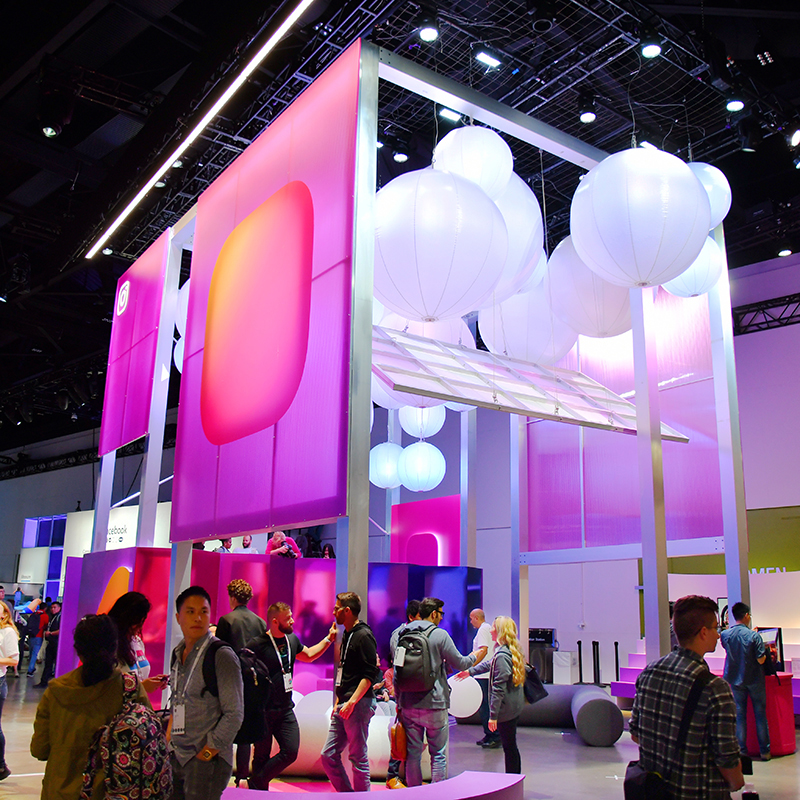
Client: Facebook
Campaign: F8 Developer Conference
Agency: FG|PG

Client: Facebook
Campaign: F8 Developer Conference
Agency: FG|PG
Facebook’s annual F8 developer conference has to accommodate a large number of people while highlighting the company’s ever-expanding offerings and partnerships in a digestible manner. Through easy-to-navigate wayfinding, manageable lines, energetic brand ambassadors and countless demos, F8 developed the right formula of design elements to achieve harmony and success.
The 85,000-square-foot experience featured two separate spaces for exploration and interaction and five main pavilions, each representing one of the family of apps within Facebook. A secondary hall was designed for developer networking, private meetings and ad hoc presentations. In addition to the main pavilions, F8 built a modern home activation to showcase its video calling product Portal with demos designed to embody the product tagline, “If you can’t be there, feel there.” The space offered the creature comforts of home, so that attendees could visualize what it would be like to use the product in everyday life. To showcase the product SparkAR, the team created an interactive photo opportunity where attendees used new filters to take photos that then became part of a larger mosaic.
In all, the pavilion design accommodated 30 Oculus virtual reality demos, eight total Portal demos, two classrooms, and communal seating area with a 360-degree view of all product areas. There was something new around each corner to promote engagement and interaction. Like.
Ex Winner
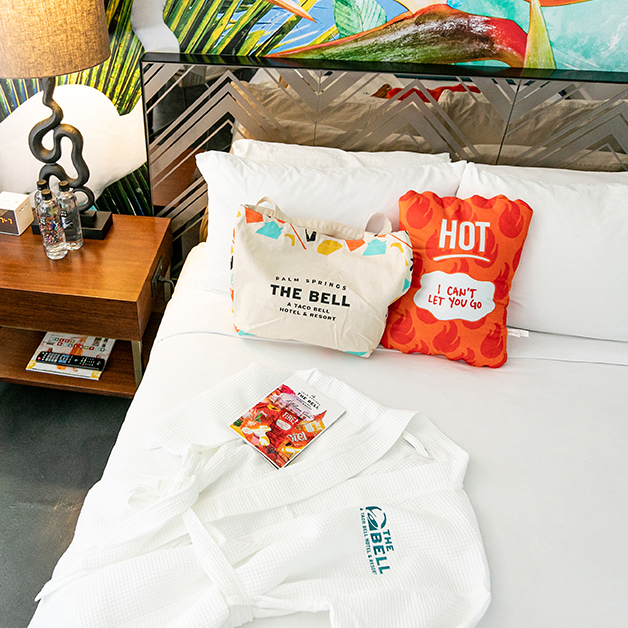
Client: Taco Bell
Campaign: The Bell: A Taco Bell Hotel and Resort
Agencies: Edelman, United Entertainment Group

Client: Taco Bell
Campaign: The Bell: A Taco Bell Hotel and Resort
Agencies: Edelman, United Entertainment Group
When you are hosting 400 superfans and 61 members of the top-tier media, every little detail matters. Right down to the synchronized swimmers in Fire Sauce swimsuits. (Oh yes, they did.) Serving up some serious “Live Mas,” Taco Bell transformed a Palm Springs hotel property into The Bell: A Taco Bell Hotel and Resort, where, for five days, it treated registered taco lovers to exclusive, multisensory experiences at every turn.
From check-in to check-out, guests experienced everything they would at a traditional hotel but with a signature Taco Bell twist. Upon arrival, attendees were handed Baja Blast welcome drinks and branded hot sauce-inspired key cards. Their redecorated rooms featured custom art, and branded bathrobes, bedding and bath amenities. Even the pencils and stationery on the desk were branded. The mini fridge came stocked with free Baja Blast and other Pepsi products.
There were plenty of Instagrammable moments in the rooms, but the entire property offered shareable content at every turn. Full-bleed collage-style patterns adorned the walls in the lobby and in other public spaces featuring different color schemes and a combination of Taco Bell imagery and references to classic Palm Spring vacations. Hot sauce floats elevated the pool scene, while a Taco Shop sold Taco Bell-inspired resort wear. To complete their new looks, guests could visit an on-site salon for Taco Bell-inspired braids, fades and manicures.
And then, of course, there was the food. In addition to enjoying exclusive food and drinks at the poolside Baja Bar, guests were surprised with food drops of Taco Bell favorites and menu items only available at The Bell, like Toasted Cheddar Clubs, Fire Chip Chilaquiles and Avocado Toast-adas.
In addition to lounging and dining there was morning “hot sauce” yoga and breakfast room service, entertainment and performances against a large-scale stage backdrop. There were “Dive-in” movies at the pool and an appearance by the Aqualillies, with team members performing synchronized swimming shows in those Fire Sauce branded swimsuits.
With the goal of staying top of mind among fans, acquiring new fans and continuing a strong growth trajectory in the category, The Bell scored big-time by crisscrossing sectors—from food to lifestyle to travel. As a result, the program garnered a whopping six billion earned media impressions and upwards of 5,000 media stories—more than 75 percent of Taco Bell’s stories for all of 2018 combined. All the social integrations, from in-room décor to poolside entertainment, helped the program generate 1.2 billion impressions with more than 40,000 social mentions of Taco Bell. Not to mention, it took home the coveted Grand Ex. En fuego.
Gold Winner
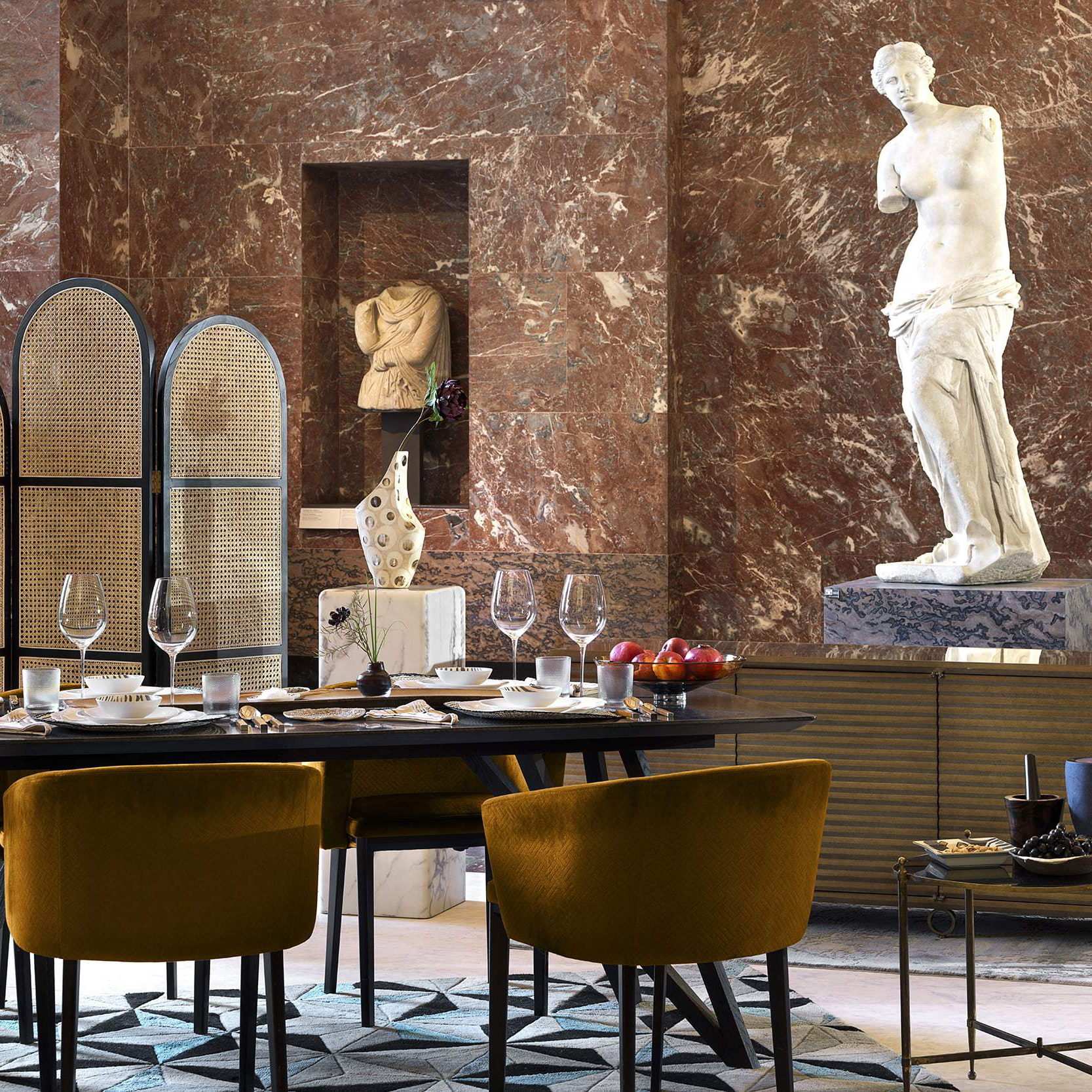
Client: Airbnb
Campaign: A Night at the Louvre
Agency: Amplify

Client: Airbnb
Campaign: A Night at the Louvre
Agency: Amplify
Imagine lying under the stars, encased in the Louvre’s famous glass pyramid designed by renowned architect I. M. Pei, contemplating an evening spent among the world’s greatest art in a money-can’t-buy experience only made possible through Airbnb. You might think the pictures couldn’t do it justice, but in this case, they did. And that is the idea behind Airbnb’s “The Night At” series, a magical content play that, in this case, celebrated the pyramid’s 30th anniversary while highlighting the experiential platform’s possibilities for two lucky consumers.
The night began with drinks with the Mona Lisa in a recreated Parisian lounge set up in front of Leonardo da Vinci’s iconic portrait. Then it was onto dinner with the ancient Greek sculpture Venus de Milo, featuring Ducasse Reception’s world-class gastronomic menu created using ingredients inspired by “love, beauty and pleasure.” For music, the guests enjoyed an intimate acoustic performance by local artist Sarah Jeanne Ziegler inside Napoleon III’s opulent apartment.
Although there were only two attendees, the content strategy allowed Airbnb to reach millions of people online, connecting to new audiences in France and across the world. In fact, 182,000 people applied for the experience, above and beyond the typical 80,000 submissions the brand receives for similarly exclusive “Night at… “ Airbnb experiences. The footage from the evening scored 5.9 million YouTube views. A teaser film and photography by Julian Abrams, and an iconic aerial view of the pyramid shot using drones, helped bring the magic of the event environment to life—a structure seen daily by scores of tourists, but that was brought into a different light thanks to one clever experiential marketing team.
Silver Winner
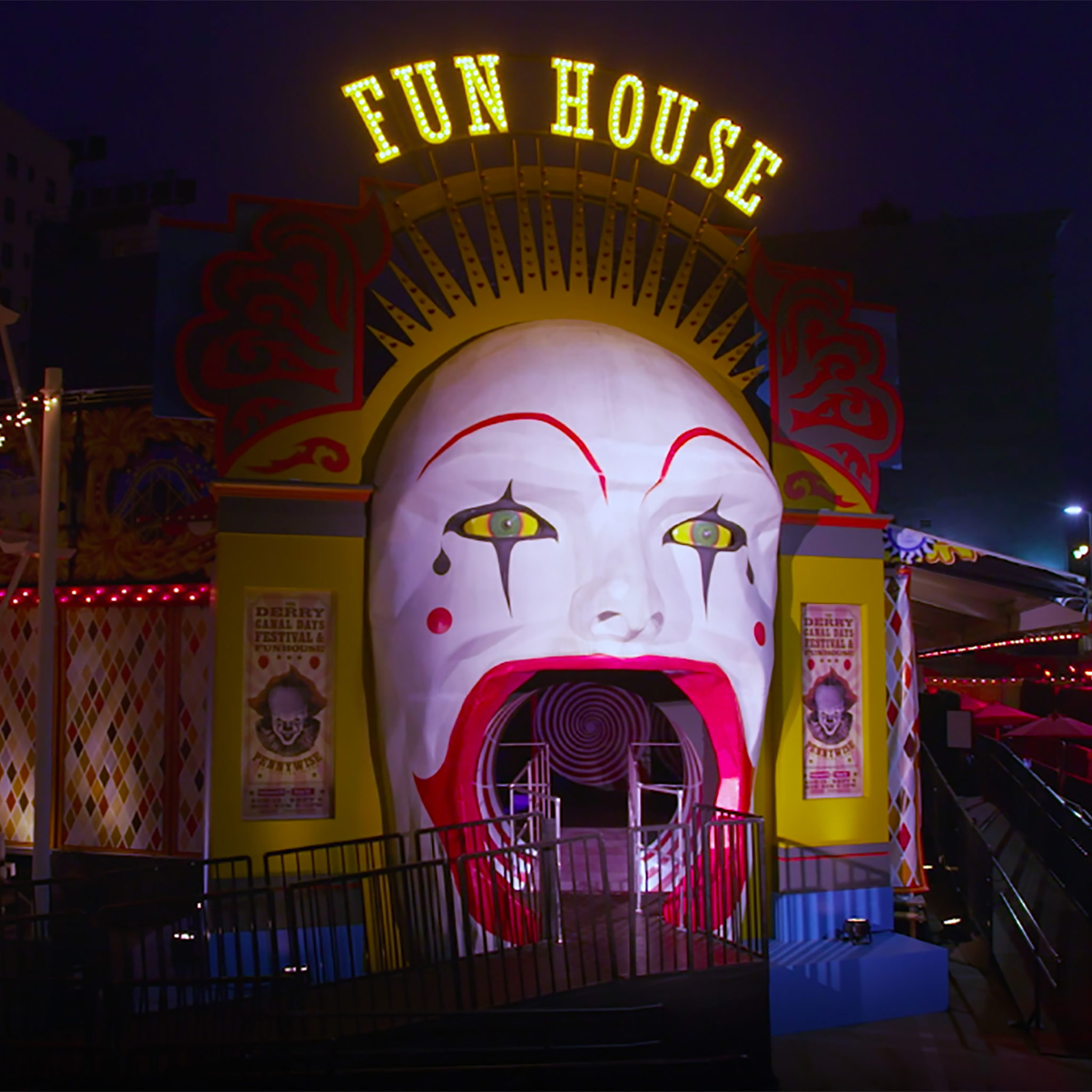
Client: Warner Bros. "It Chapter 2"
Campaign: The Derry Canal Days Festival
Agency: Hearts & Science

Client: Warner Bros. "It Chapter 2"
Campaign: The Derry Canal Days Festival
Agency: Hearts & Science
It’s not often that an event described as “nightmarish” would be deemed a success, but in the case of Warner Bros. and its pop-up carnival in Los Angeles. promoting “It Chapter 2,” fear was the final destination. Designed to reignite some of the momentum that may have eroded in the break between the original “It” film’s release in 2017 and the sequel, the brand created an immersive experience that brought to life key scenes and storylines from the follow-up.
Dubbed The Derry Canal Days Festival, the free experience featured 11 rooms manned by 15 actors and performers who drew attendees “deeper into the darkness of Derry.” Among the scenes: The Jade of the Orient restaurant where the group which calls itself “The Losers” reunite, and the deadly Derry Sewers where the gang fights the evil Pennywise.
Warner Bros. smartly enlisted more than 30 influencers, from makeup artists to YouTubers to horror vloggers, to preview the experience and share it with their followers. The brand also partnered with popular Twitch gaming influencers Pokimane and Disguised Toast to conduct a sponsored in-game promotion. On their trigger, Pennywise’s red balloons would take over their audiences’ screens throughout their hour-long livestream. Proving the power of Pennywise, “It Chapter Two” opened at No. 1 at the box office, the second-best opening for a horror film.
Ex Winner
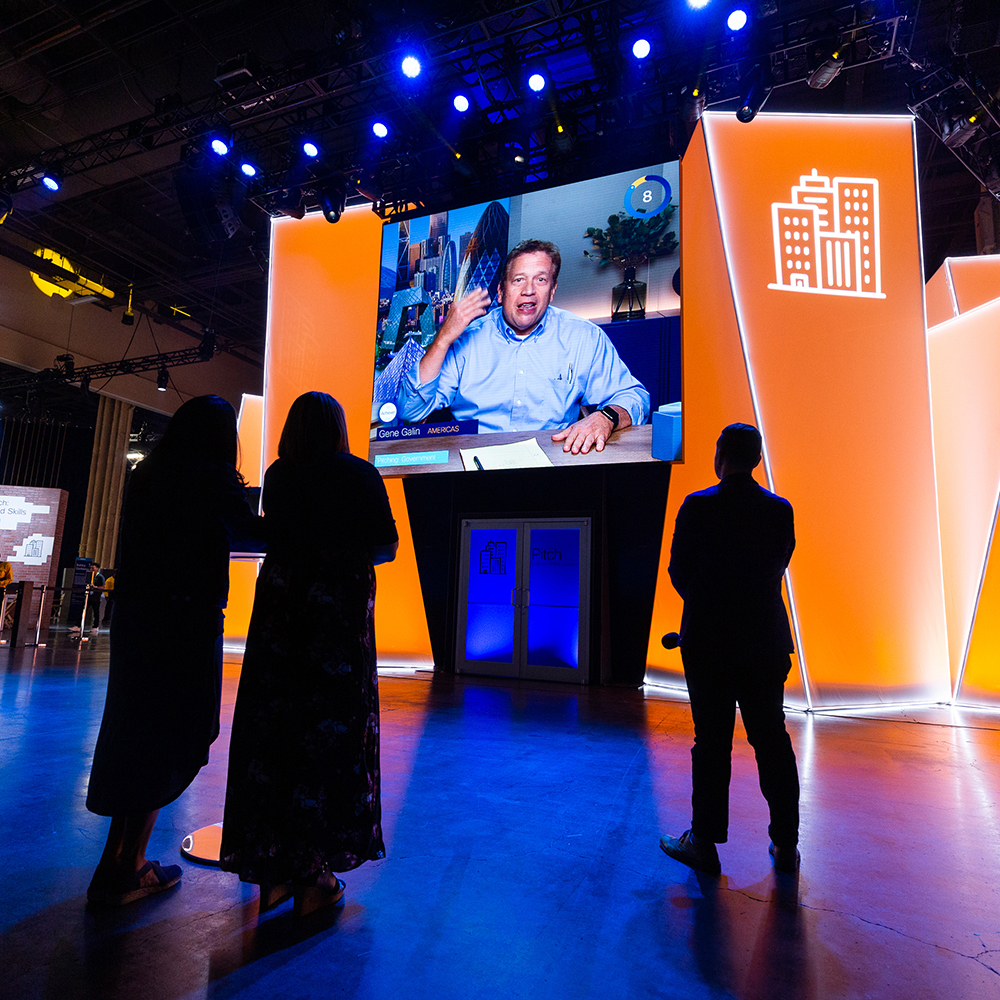
Client: Cisco
Campaign: 'The Pitch' Corner Office Edition
Agency: George P. Johnson

Client: Cisco
Campaign: 'The Pitch' Corner Office Edition
Agency: George P. Johnson
Cisco IMPACT plays a key role in the company’s business cycle, communicating changes and new directions among the global sales teams in attendance. These pivots have allowed the company to stay competitive in an evolving technological landscape, and in 2019, Cisco had an especially significant transformation to communicate to help realign 18,000 successful sellers around a new way of doing business.
At the heart of the seller experience was the Hub, a 250,000-square-foot exposition space packed with demos, lounges, workshops and activations to immerse the sales force (from more than 100 countries) in the training and networking that will help them meet or exceed their personal sales goals for the year. A standout at the Hub was “The Pitch”: Corner Office Edition, an immersive, 19,000-square-foot game show set that challenged attendees to apply the new sales techniques they were learning in the hub by testing their ability to pitch a fictional ceo on Cisco solutions—and win.
The exercise began in the “Drills and Skills” zone designed like a studio back-of-house with stage, lights, wardrobes, fly ropes and a production trailer. They learned the skills to win through a series of exercises led by professional presentation coaches and tech-fueled activities directly related to Cisco’s selling content. Stations focused on building confidence, thinking like a performer, then moved on to narrative and building compelling pitches. At a rehearsal station, sellers climbed into a production trailer outfitted with digital smart mirrors, allowing them to practice their pitch, record it and get feedback through assessment tools built into the mirror. And then, it was time to pitch. Expert judges served up feedback “Shark Tank”-style on a set built with 24-foot-tall illuminated fabric towers, an oversized screen and 150 independently controlled lights on a 500-foot truss. The pressure was on—and the experience, invaluable. The entire thing was broadcast live to attendees and the top contestant was recognized at the closing session by Cisco’s chief sales and marketing officer with their winning pitch played in front of an arena full of fellow sellers.
From a production standpoint, the activation was impressive: it required creative concepting, a scoring system with a custom UX and backend, live and pre-recorded video, motion graphics and interactive screens. Judges tabulated scores live through an iPad app with the final score displayed for audiences on a real-time leaderboard. And from an attendee standpoint, the activation was hyper-personalized, super hands-on and, well, fun. In fact, sentiment jumped five percent on the survey question surrounding attendees’ understanding of customer challenges, and there was a four percent jump on attendees’ opinions that The Pitch would help them win this year. Across 18,000 sellers? We have a deal.
Gold Winner
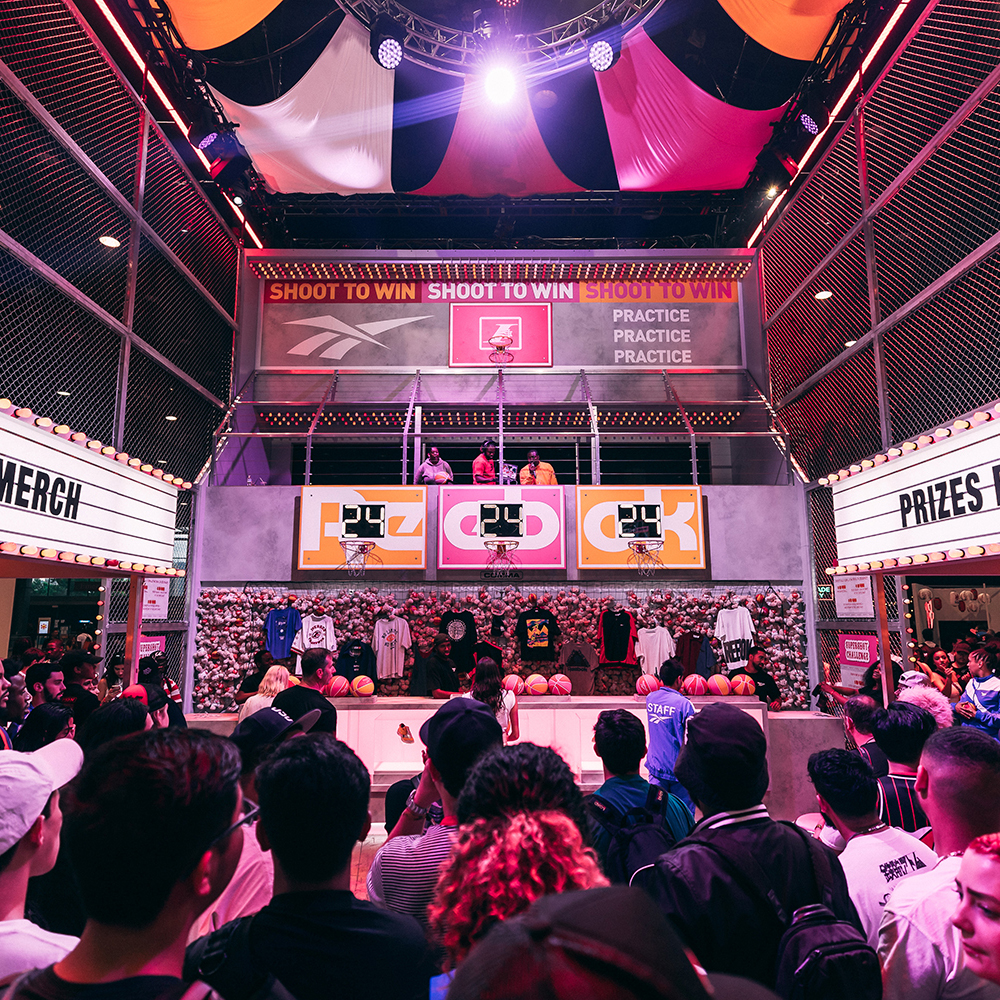
Client: Reebok
Campaign: 'Shoot-to-Win' at ComplexCon Chicago
Agency: Jack Morton Worldwide

Client: Reebok
Campaign: 'Shoot-to-Win' at ComplexCon Chicago
Agency: Jack Morton Worldwide
As part of a shift in its marketing focus away from older fitness-oriented consumers to 15- to 25-year-old lifestyle footwear and apparel consumers, Reebok activated for the first time at ComplexCon, an event that’s all things music, art, food, sports and sneakers. Capitalizing on the retro trends popular with this age group, Reebok created Shoot-to-Win!, a ’90s-inspired Reebok street carnival. As a dj cranked tunes a street-ball announcer offered live commentary, and attendees could spectate, shop for custom ComplexCon-only product and participate in the basketball challenge.
The Shoot-to-Win game began when three participants stepped up to the foul line in front of a standard 10-foot-high basketball rim. Each shooter had five basketballs and 24 seconds to make as many baskets as possible. Prizes included exclusive Eric Emanuel shorts, Josh Matthews-curated ’90s vintage Reebok apparel, as well as Reebok-branded stuffed animals and mini basketballs. Attendees who made all five shots were given two attempts at the Reebok SuperShot.
The SuperShot Challenge was a 25-foot long-distance shot where a successful basket entered the attendee in a grand prize drawing to win a diamond pendant and chain custom-designed by Allen Iverson and Eric Emanuel. Iverson even made appearances in the space, as did other social influencers and entertainment icons. In keeping with the ’90s retro-style creative concept, Reebok deliberately made it a technology-free experience. And the message resonated. More than 74 percent of attendees actively participated in the Shoot-to-Win!, and attendees spent an average of 12 minutes in the booth, above and beyond the goal of two minutes.
Silver Winner
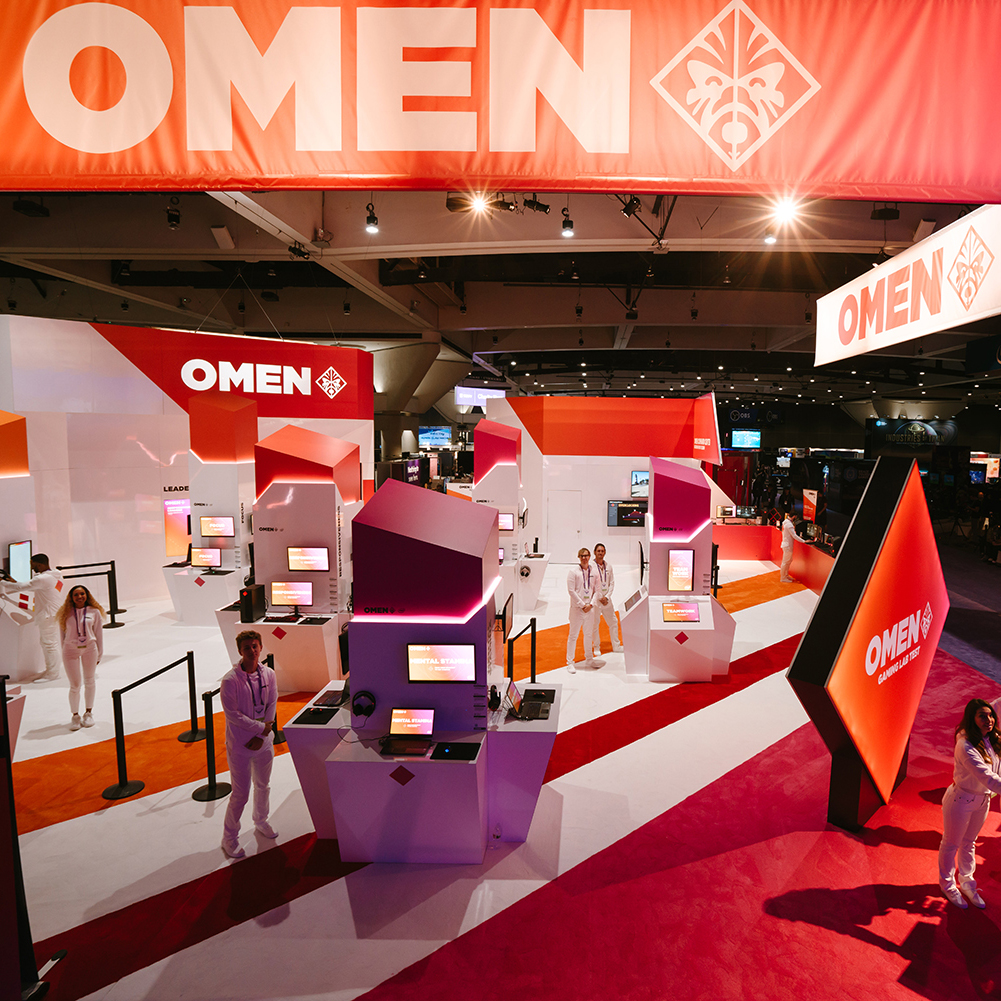
Client: HP OMEN
Campaign: The OMEN Gaming Lab
Agency: Infinity Marketing Team

Client: HP OMEN
Campaign: The OMEN Gaming Lab
Agency: Infinity Marketing Team
HP’s OMEN brand made a dramatic shift in positioning within the gaming industry in 2019, deciding to make some noise in the multi-billion dollar casual gaming market. At TwitchCon, OMEN set out to impress this segment with the OMEN Gaming Lab, a gauntlet of 26,128 games and demos using OMEN products. As Daryl Butler, HP’s head of marketing for U.S. consumer personal systems, put it: “We wanted this to be a participation experience, not a spectator experience.”
As part of the experience, HP created seven individual challenges that ranged from old-school games similar to Tetris to a revamped version of Snake to an AI recognition challenge that highlighted emerging tech. Each game measured a skillset tied to specific attributes like memory, focus, mental stamina, responsiveness, strategic thinking, creativity and teamwork.
At registration, the 5,565 guests who traversed the lab created a unique screen name and picked up an RFID bracelet that would track their progress through the lab. Players who completed all seven tasks received the OMEN crystal trophy with a 3D etching and an emailed link. There were hourly prize giveaways, too, for those at the top of the leaderboard, like apparel, accessories and headsets. Three daily leaders took home the grand prize of OMEN Obelisk desktops. The experience exceeded all goals, and scored 35 million total impressions, 16 percent above goal. Best of all, it spoke to gamers—that savvy bunch who want more than a sales pitch and a demo.
Ex Winner
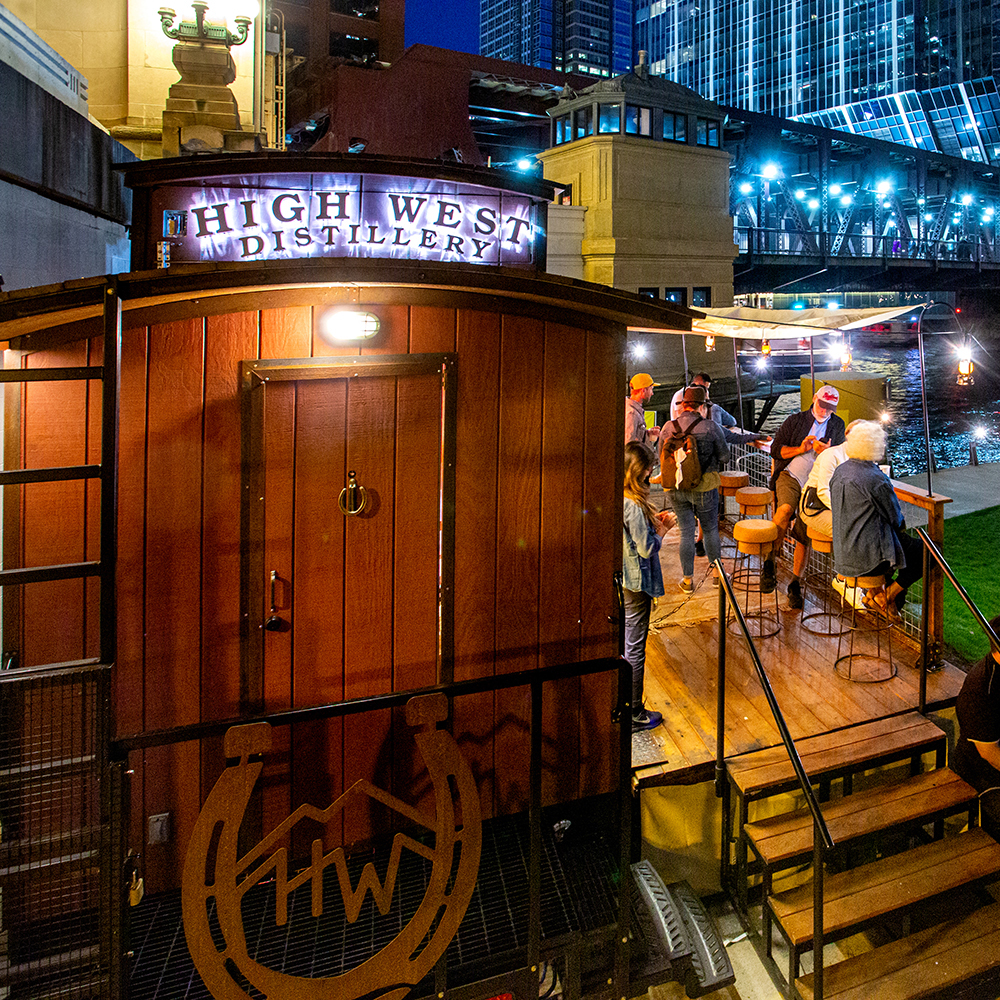
Client: Constellation Brands
Campaign: High West Distillery Whiskey Run Tour
Agency: Manifold

Client: Constellation Brands
Campaign: High West Distillery Whiskey Run Tour
Agency: Manifold
High West has been in business as Utah’s first legal distillery since 1870. But what started as a 250-gallon setup has evolved into a well-established operation with four locations, including the High West Distillery and Saloon in Park City, UT, and a location in Wanship, UT, where a 1,600-gallon copper pot still and a 30,000-square-foot distillery and visitor center are now situated. While each of the Utah-based spaces tells the story of High West, the brand was only reaching a fraction of consumers through them, so to expand its horizons, the distiller hit the road in eight markets with the Hight West Whiskey Run Tour.
The centerpiece of the tour was a caboose train car that converted into a bar and featured the same branding aesthetic as the distilleries. The mobile unit wasn’t chosen out of thin air, but rather derived from the crucial role that railroads played in High West’s history. Indeed, that role dates back to the transportation of settlers (and whiskey) out west, followed by the joining of the Transcontinental Railroad at Promontory Point, and finally, to the snow trains of the 1900s, in which skiers being transported to the mountains could indulge in a stiff drink, as Utah’s strict liquor laws didn’t apply to the railroads (nice).
The train deck opened up via hydraulics to reveal a fully-custom copper bar within the train.
Cork-shaped stools from the distillery and saloon lined the railing, allowing attendees to enjoy the whiskey and the views. Other décor elements included a backbar wall featuring caged bottles that highlighted the brand’s core four blends, an exact replica of the neon signage that hangs in the saloon’s front window, oak whiskey barrels and beams, a last-call bar top bell and an image of the Wasatch Mountains printed directly on the caboose’s wooden siding.
While the majority of the mobile experience was low tech to align with the brand, there was one tech-forward element of the tour that did appear—a vintage-looking split-flap display you might see at an old train station, reimagined for today and updated by mobile device. This allowed High West to change messages on the fly throughout an activation, and customize its content to the market at hand. A custom photo booth was also available, offering attendees branded takeaways.
Adding to the campaign’s storytelling opportunities were framed photos of the distillery and saloon, which were hung on the back wall of train bar so that brand ambassadors and bartenders could reference back to them while telling a branded tale.
By the end of the (whiskey) run, High West had engaged 15,631 attendees, distributed 17,348 samples and produced 156 live activation hours across eight markets.
Gold Winner
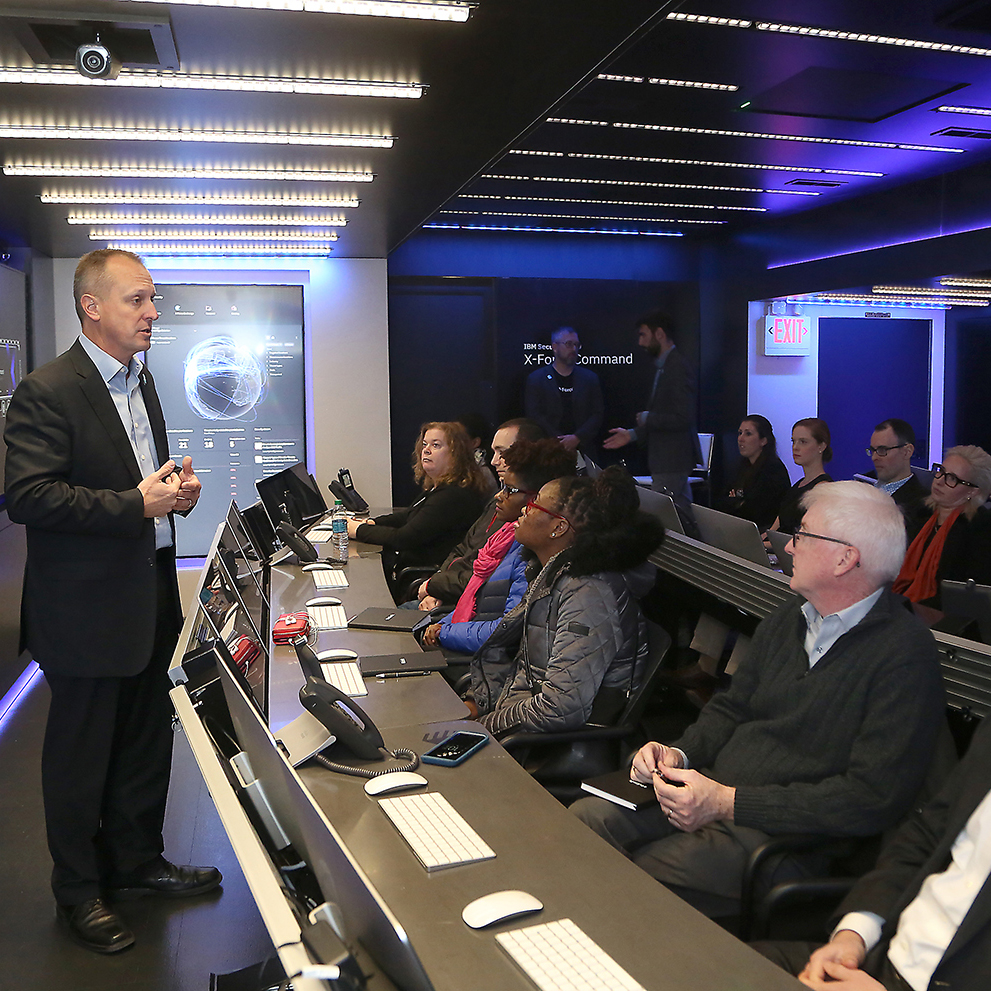
Client: IBM
Campaign: C-TOC
Agency: Brewco Marketing Group

Client: IBM
Campaign: C-TOC
Agency: Brewco Marketing Group
Described as “a game of Clue mixed with a Disney roller-coaster ride,” IBM’s commercial cybersecurity range experiences allow companies to practice responding to simulated cyberattacks. The concept? That every industry should be taking cybersecurity seriously, but not everyone is equipped with the expertise to handle it. The unique experience became so popular that IBM decided to build a second range, but this time it needed to be mobile to reach a broader audience. And so, the brand’s Cyber Tactical Operations Center (C-TOC) was born.
Targeting the c-suite, C-TOC served as a mobile, fully-functional cyber range capable of running an entire corporate IT environment for immersive breach response training exercises. The tricked-out, 45-foot semi-trailer, designed as a windowless bunker, was equipped with a data center, wall-to-wall monitors, atmospheric controls and high-tech work stations, all of which fueled the interactive experience. Consider it an escape room on steroids.
The mobile unit by the numbers: 20,000 feet of wiring, 20 work stations, an immersive, high-definition front video wall measuring 227 inches by 43 inches, a 75-inch side display and an 86-inch rear display—all gesture-controlled and capable of showing 4K content.
The C-TOC mobile experience ultimately engaged attendees at 23 events in 16 cities and 12 different European countries, in addition to six cities in the United States, covering 16,000 miles across the two continents. Even better, the experience earned IBM an Edison Award, sometimes referred to as the “Oscar” of innovation. To that we say, bravo.
Silver Winner
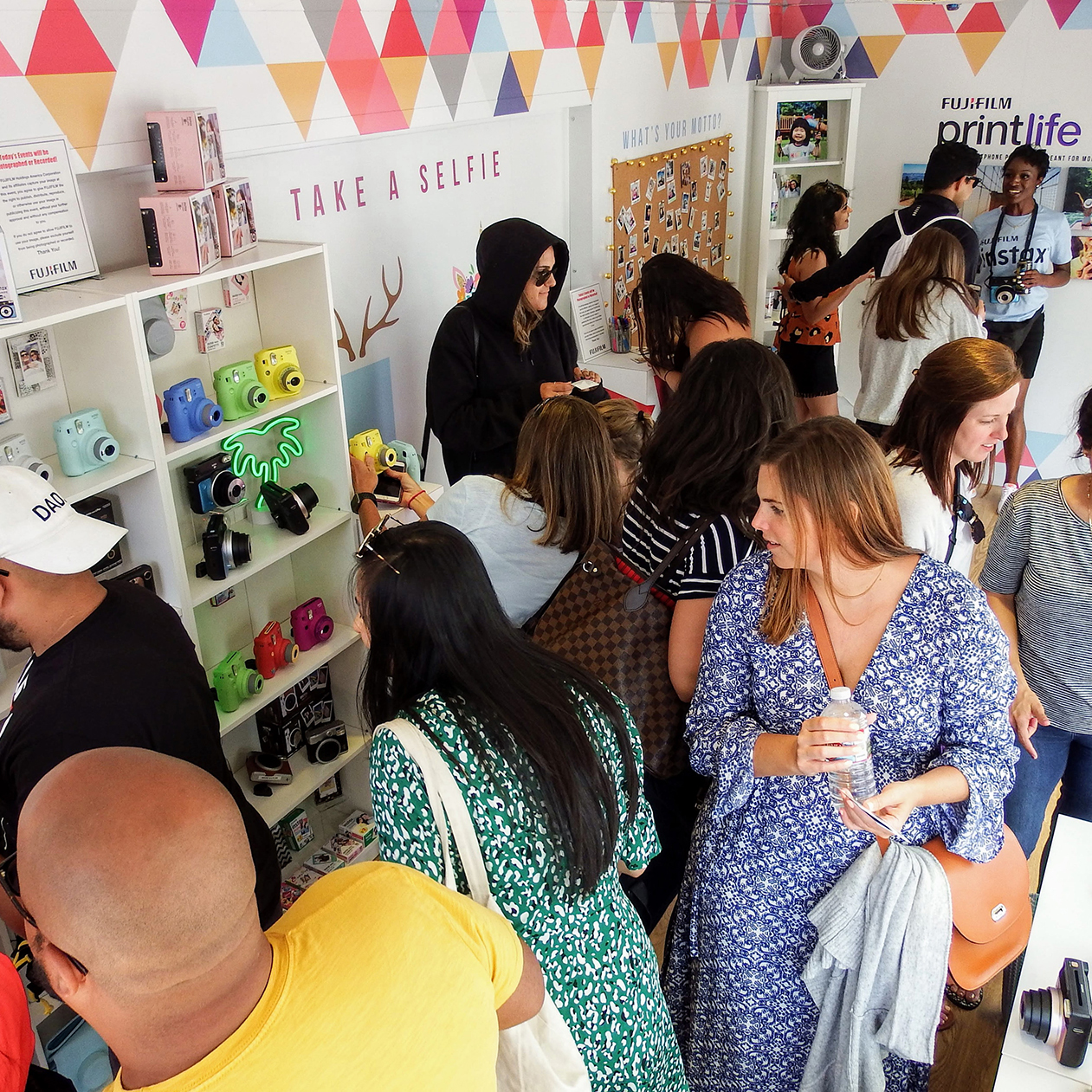
Client: FUJIFILM INSTAX
Campaign: Instax Tour
Agency: JetFuel Studios

Client: FUJIFILM INSTAX
Campaign: Instax Tour
Agency: JetFuel Studios
Gone are the days of consumers attempting to emulate the lives of Instagram models at every turn. These days, more people are seeking authentic experiences that allow them to connect with loved ones and genuinely express themselves. (Photoshop need not apply.) With this in mind, Fujifilm set out to drive trial and awareness of its Instax cameras, and position its brand as an indispensable partner to life’s little moments, all through a mobile tour.
Two trucks with glass façades, which traveled as East and West Coast mobile tours, served as showrooms that introduced consumers to the Polaroid-like Instax camera at high-traffic events and tourist destinations. The tour team, meanwhile, became photography experts, holding micro-instructional sessions on Instax photo tips, and showcasing the ease and functionality of the product.
The experience additionally featured Instgrammable wall murals where attendees could test out their new Instax skills, cutting-edge Instax print kiosks where they could print photos from their smartphone and a retail component that allowed interested consumers to purchase products on the spot.
Picture this: over 61 days, the program engaged 700,000 people and generated 14.7 million social impressions, in addition to introducing its products to a younger audience that values authenticity over hyper-edited online guises.
Ex Winner
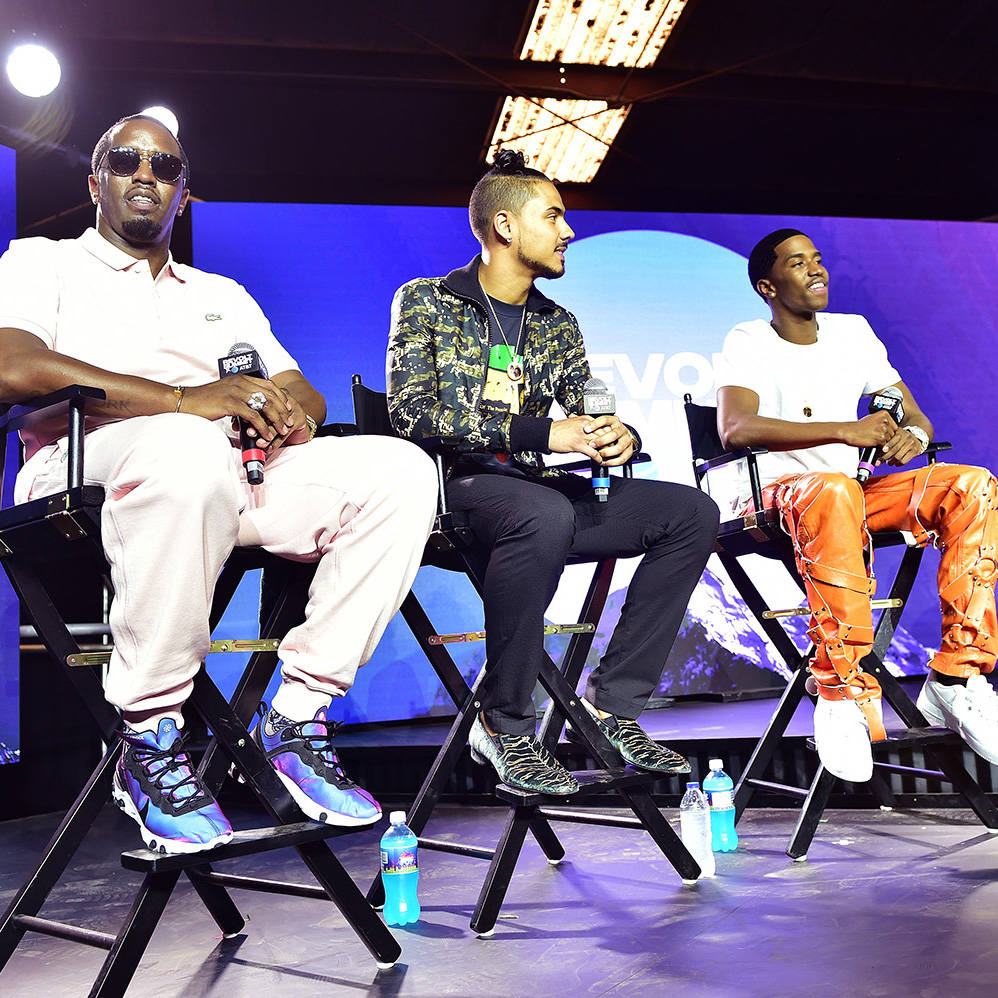
Client: REVOLT
Campaign: REVOLT Summit Presented by AT&T
Agency: Superfly

Client: REVOLT
Campaign: REVOLT Summit Presented by AT&T
Agency: Superfly
To unite the hip-hop community and extend the REVOLT TV network’s platform, Sean “Diddy” Combs launched the REVOLT Music Conference. Over the years, the show attracted some of the top names in hip-hop and music marketing, from DJ Khaled to 21 Savage. But in 2018, organizers took a year off to refocus their efforts and come back energized with a new direction. For the 2019 event, the goal was to speak more broadly to how hip-hop is a driving force in pop culture, put greater emphasis on local talent discovery and programming, and become a cultural tentpole that was also unapologetically hip-hop at its core.
With its eyes on music industry professionals and artists—spanning aspiring artists, “future moguls” and knowledge-seekers—the brand delivered a six-day event dubbed REVOLT Summit that drew 10,000 attendees. The two-city, four-stage cultural event was designed to serve as a place of both access and inspiration where the playbook for success was delivered to the next generation of young artists and creatives.
The Summit offered a host of touchpoints, from a dozen interactive art installations to murals and exhibits showcasing some of the top cultural artists of today. There were also afterhours events that moved the event’s focus from education to celebration by night, with performances from some of the biggest stars in hip-hop, including Ty Dolla $ign, Saweetie, OT Genasis and S.I.R. But this wasn’t just a music industry event; it was also a chance to support the community. At the Level Up Job Fair, attendees met game-changers at global media and entertainment companies, with several job offers made right on the spot.
For REVOLT, getting the Summit off the ground meant leaning on key partners, as it was particularly important to be authentic and add value to the audience experience. One such partner was AT&T, which teamed up with the brand to offer their technology expertise at the event. At AT&T Office Hours, more than 600 attendees got exclusive one-on-one mentoring sessions with industry leaders, who provided personalized advice to help them elevate their game.
With more than a billion impressions generated, the impact of REVOLT Summit was felt across the globe—the Summit raked in 1.8 billion social media impressions among multicultural consumers. In fact, 90 percent of the event’s conversation derived from black consumers, and the Summit drove more social posts from black consumers than sponsor AT&T would typically receive in a year and a half’s time. What’s more, a whopping 98 percent of attendees said they were likely to attend again. Mic drop.
Gold Winner
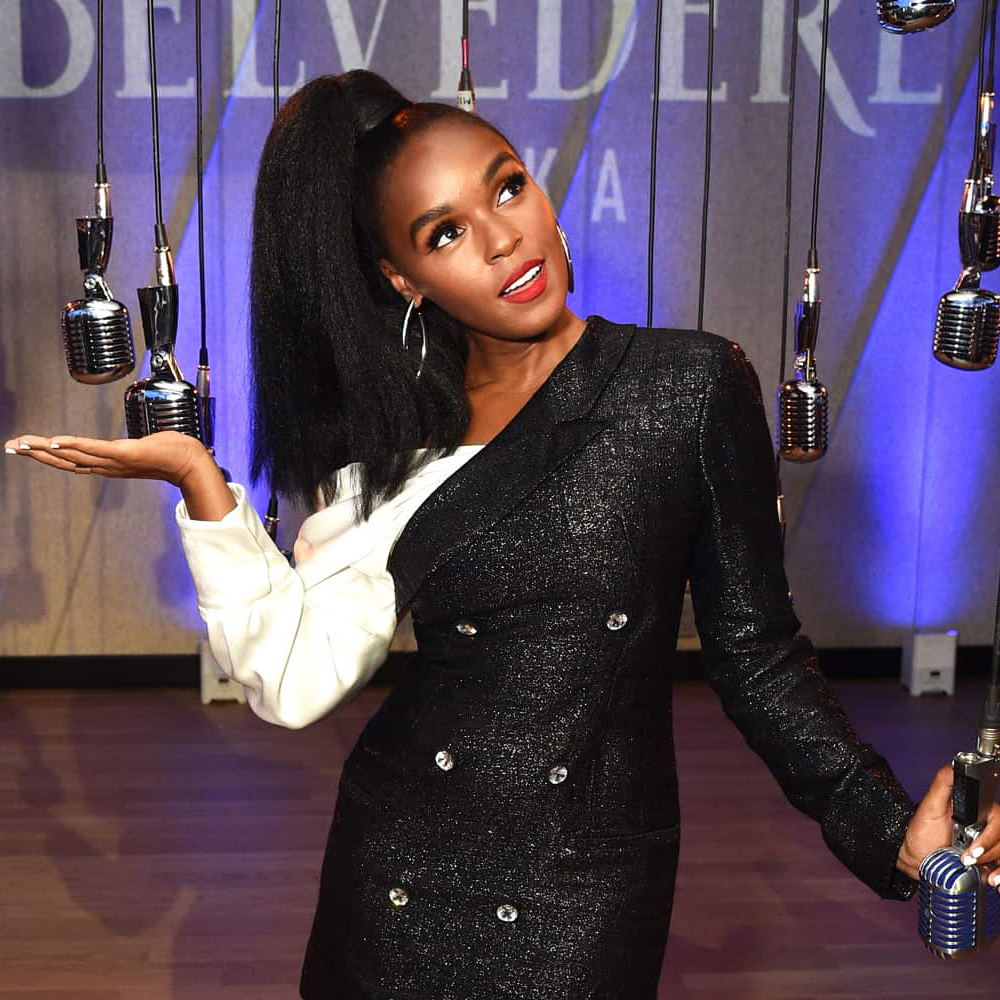
Client: LVMH
Campaign: Belvedere Vodka’s ‘A Beautiful Future’
Agency: Shiraz Creative

Client: LVMH
Campaign: Belvedere Vodka’s ‘A Beautiful Future’
Agency: Shiraz Creative
To further promote a future of equality, diversity and self-expression, Belvedere Vodka and Grammy-nominated artist and activist Janelle Monáe in 2019 continued their global partnership. Together, they launched the A Beautiful Future campaign and a limited-edition bottle to match. Established as a platform where consumers were encouraged to express their hopes and visions of a beautiful future, the program activated at the local level in diverse markets through a series of events geared toward local influencers with a range of backgrounds.
Among experiences was the global launch of the campaign and exclusive bottle, with strategic activations set up in New York, Berlin, Chicago and Atlanta. Key experiential moments included meaningful conversations in tech-forward environments that were focused on supporting community, collaboration and connection. In New York, attendees could also step up to a microphone installation and share their vision for a beautiful future. Sound bites were then edited in real time and distributed in sound pods where fellow attendees could hear the conversation. And in Chicago, Belvedere created a large fabricated light tree inspired by its logo, inviting attendees to share their hopes for the future on pieces of paper that were hung from the tree. Belvedere additionally held a media tour, developed community partnerships and tapped key influencers in each market, who were invited to attend the events, capture content and share what a beautiful future looks like with their followers.
The results: 15.3 billion earned impressions, 83.4 million social media impressions, 380 pieces of coverage and one beautiful campaign.
Silver Winner
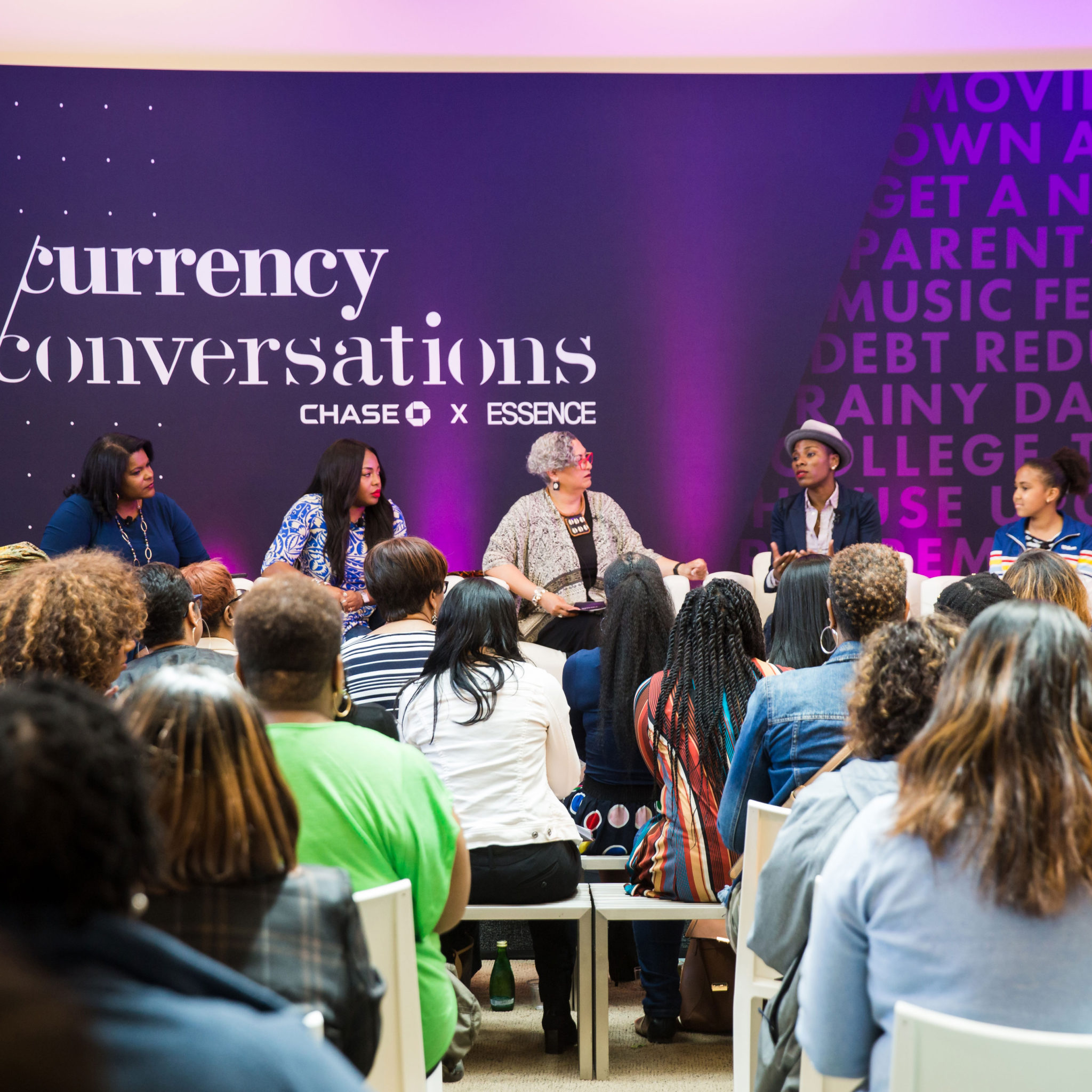
Client: Chase
Campaign: Currency Conversations
Agency: On Board Experiential

Client: Chase
Campaign: Currency Conversations
Agency: On Board Experiential
Statistics show that over the years, black women have made monumental strides in achieving financial success, yet continue to face more financial hurdles than any other demographic in the country. As JPMorgan Chase launched its Advancing Black Pathways program to create access, exposure and opportunity for black Americans, it became evident that it needed to specifically engage that demographic. So the brand, in partnership with Essence, set out to expand black women’s financial literacy through the Currency Conversations platform.
The concept behind Currency Conversations was to bring women together to inspire and encourage one another in an educational, judgement-free environment where conversations about money could be open and honest. It was also product-agnostic, and offered services like daycare and parking at different experiences to ensure there weren’t barriers to participation. Launching at a JPMorgan Chase branch in Atlanta, then expanding to branches in other cities, Currency Conversations spanned panels and workshops led by financial experts, free digital tools, catered meals, live entertainment, an online sweepstakes and networking stations. The campaign concluded at Essence Fest, where black women experienced a finance-specific visitor journey that featured interactive workshops, panels, networking, pledge-taking and social amplification. Ultimately, nearly 1,000 black women visited local Chase branches, over 16,000 pledges were taken and the campaign received 105,000 microsite views. Cha-ching.
Ex Winner
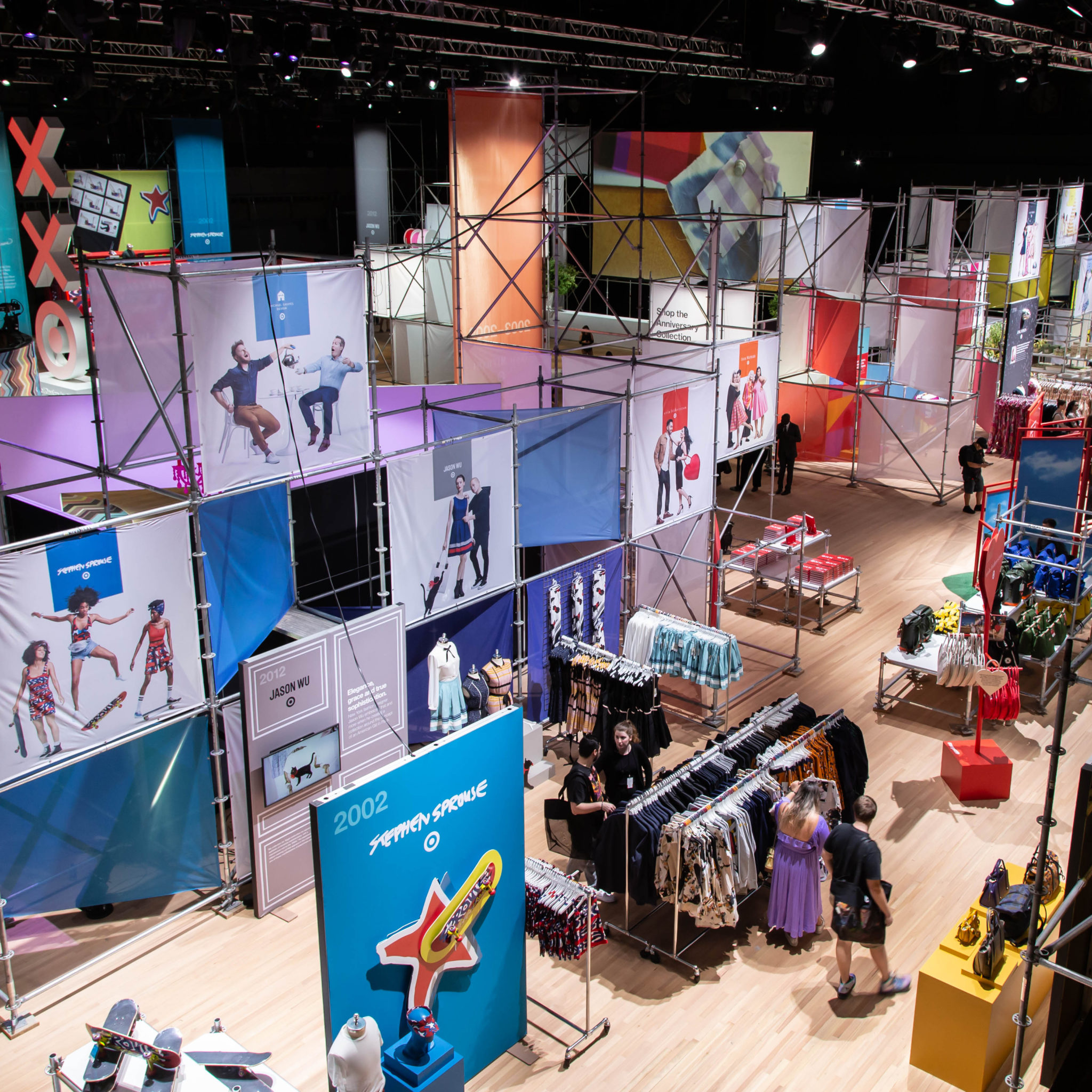
Client: Target
Campaign: 20 Years of Design for All
Agency: In-house

Client: Target
Campaign: 20 Years of Design for All
Agency: In-house
For two decades, Target has worked to make designer fashion affordable and attainable by striking partnerships with creative luminaries and releasing exclusive lines within its stores—among them, Zac Posen, Missoni and Lilly Pulitzer. In celebration of 20 years of “Design for All,” Target launched a campaign to drive excitement and awareness among consumers ages 18 to 49 about its reissue of 20 collections from past designers dubbed the Anniversary Collection.
The program involved influencer partnerships, a Twitter live stream, which made viewers feel like they were part of the celebration, an activation during New York Fashion Week and a shoppable product collection at the event made available before it hit stores nationwide. The Fashion Week event took place in a pop-up space at the Park Avenue Armory where attendees took an immersive journey into the “past, present and future” of Target and then shopped the collection in advance of its launch.
The pop-up was designed as a mini city with street signage that acted as wayfinding throughout as artful scaffolding displayed graphic ads of Target’s history in design. Sprinkled throughout were shopping areas filled with clothing racks, and large-scale installations that served as larger-than-life photo moments. For instance, there was a supersized Target-branded boombox that housed a DJ station up top that commemorated collaborator designer Stephen Sprouse’s bright and “retro-futuristic” style.
Over at a multimedia fashion timeline attendees could dig in to learn more about the fashion trends and designers that have collaborated with Target each year, with each year marked with a physical item sold during that period. Anchoring the space a multi-tier stage that played host to dance routines and other buzzworthy moments throughout the event.
The massive space functioned as a studio, too. Ahead of the launch of the public hours, Target leveraged the pop-up for a Design For All Experience Livestream on Twitter featuring fashion industry veteran and supermodel Tyra Banks and designer and Target collaborator Isaac Mizrahi. The broadcast took place during a preview night featuring design partners, editors from the fashion community and influencers. Throughout the hour-long event, Banks and Mizrahi interviewed celebrities at each timeline zone within the pop-up, including Ashley Graham, Normani and Mandy Moore. The hosts also took live questions viewers posted on Twitter.
Events acting as content studios is a key trend across experiential, and Target proved that you can elevate a shoppable pop-up into a media-rich, socially amplified broadcast. Some 13.5 million Twitter views were recorded from the livestream, and it was the No. 2 trending hashtag on Twitter that day. Overall, there were more than 40 million social media mentions, and 1,500 attendees of the pop-up in New York City.
Right on the mark.
Gold Winner
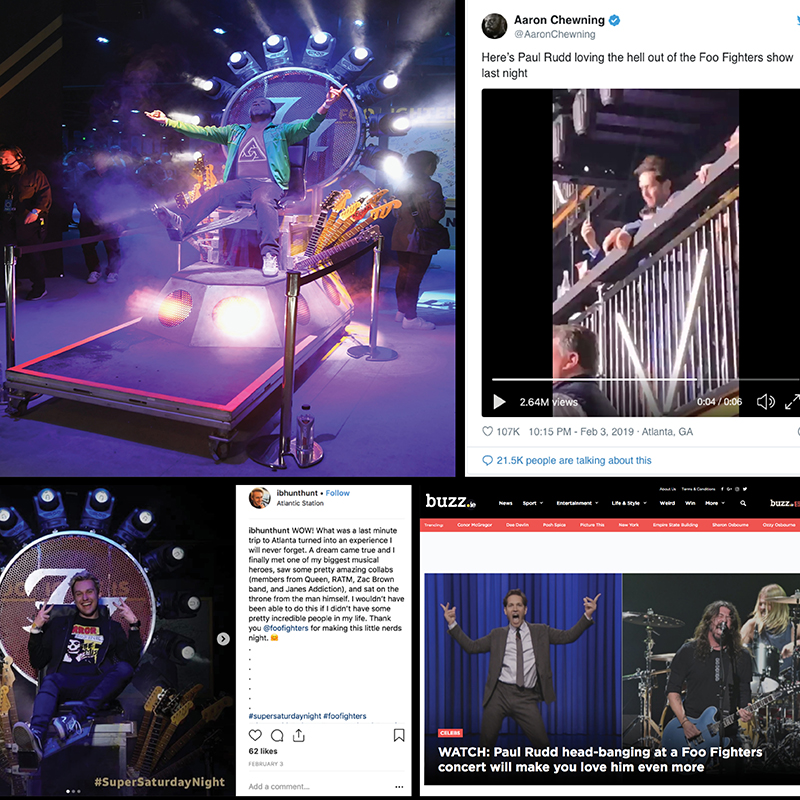
Client: DIRECTV
Campaign: Super Saturday Night
Agency: In-house

Client: DIRECTV
Campaign: Super Saturday Night
Agency: In-house
Traditional commercials during the Super Bowl require brands to pony up some big bucks, not to mention they’re inherently a flat and passive experience. So DIRECTV and partner AT&T dreamed up a live concert event program that would allow for powerful reach across social media that could also be tracked in real-time to prove the value of the experience. The plan involved DIRECTV supersizing its nine-year-old Super Saturday Night program into a one-night-only concert experience featuring the Foo Fighters that would be streamed live on Twitter. The sporting arena where the concert took place featured 17,500 square feet of dedicated video and projection surfaces—meaning, plenty of views for the fans in the stadium, and plenty of eye candy for the viewers tuning in remotely.
Ahead of the performance, the brand packed the arena with activities designed to boost social sharing. For example, fans lined up for a chance to have their picture taken on Dave Grohl’s famous throne, custom-built for him after he broke his leg. Thousands of photos were tagged as a result. To give concert-goers a library of experiences to swoon over afterward, 2,060 attendees signed up and scanned their QR codes at each station in a “digital yearbook.” There were 13,750 visits overall and 1,258 attendees participated in activations. But the social campaign tied to the program, with its custom content featuring the brand posted across all the major platforms, catapulted DIRECTV into the larger conversation. In fact, the event was trending No. 1 for the entire Super Bowl Weekend. The livestream on Twitter, for example, received 3.4 million live views.
That’s a #SuperSaturdayNight.
Silver Winner
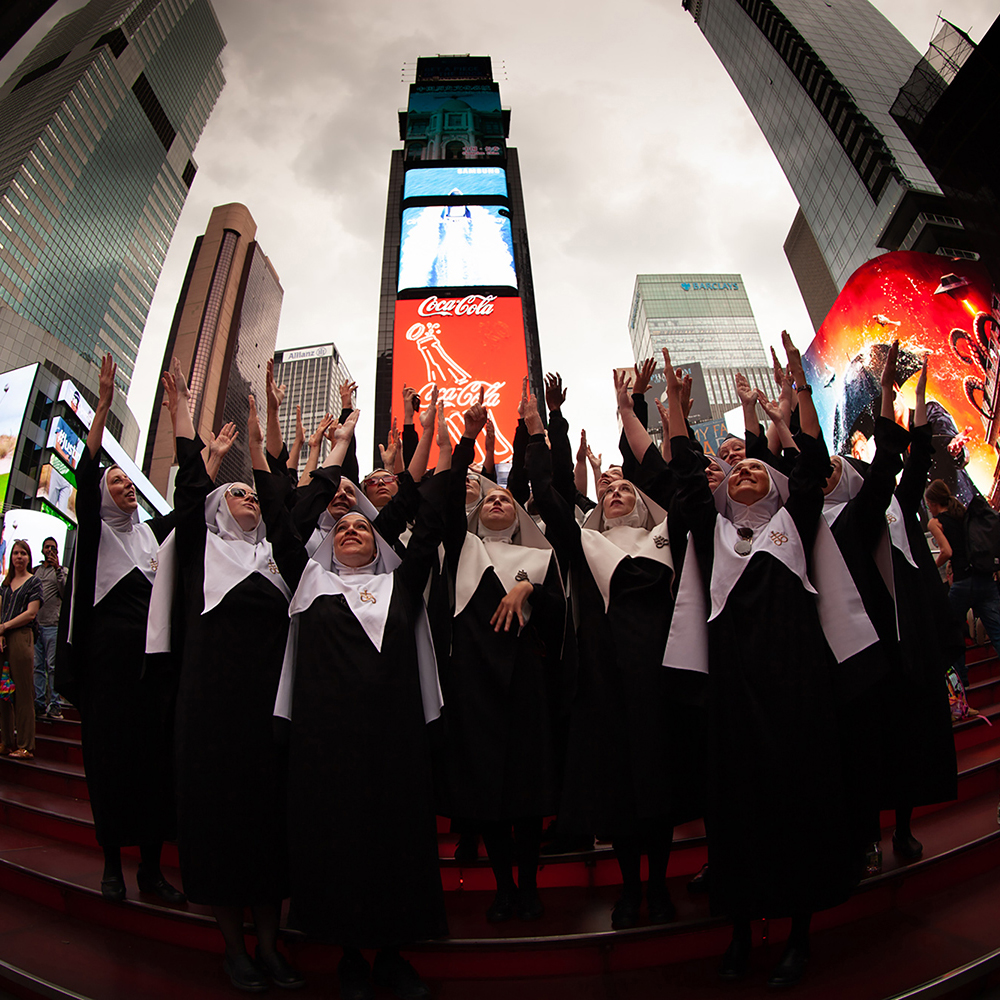
Client: Amazon Prime Video
Campaign: The Chattering Order of St. Beryl
Agencies: In-house, Tool of North America

Client: Amazon Prime Video
Campaign: The Chattering Order of St. Beryl
Agencies: In-house, Tool of North America
In a devilishly strategic twist on community building, Amazon Prime Video launched a five-month campaign that had a gaggle of nuns interacting with fans in real-time and racking up reams of awareness for the new series “Good Omens” through their Twitter handle, @chattering_nuns. The characters, The Chattering Order of St. Beryl, are a satanic group the series brought to life, in this case, as an a cappella choir on tour to “gather as many souls” for the Dark Lord as possible.
Over the course of their five-month journey, the nuns built a following through earned media. This included dropping an “unholy array” of original content, from competitions, to recipe sharing, to original GIFs, photography, and mocumentary film clips of their adventures. They also crashed TV shows and events, from “America’s Got Talent”—which, yes, broadcasts on NBC—hacked talks at SXSW, popped up at other activations, attended award shows, visited national monuments and even crashed a Bar Mitzvah.
And as if that weren’t enough, they went full “Sister Act” by writing a new song, making a music video, and then dropping an entire album—a strategy that earned them multiple radio and TV appearances. Something to sing about: The nuns average 120,000 Twitter impressions a day, up to 592,876 per post.
To boot, “Good Omens” became Prime Video’s No. 1 social campaign ever with 1.2 billion impressions—errr… souls—won for the Dark Lord.
Ex Winner
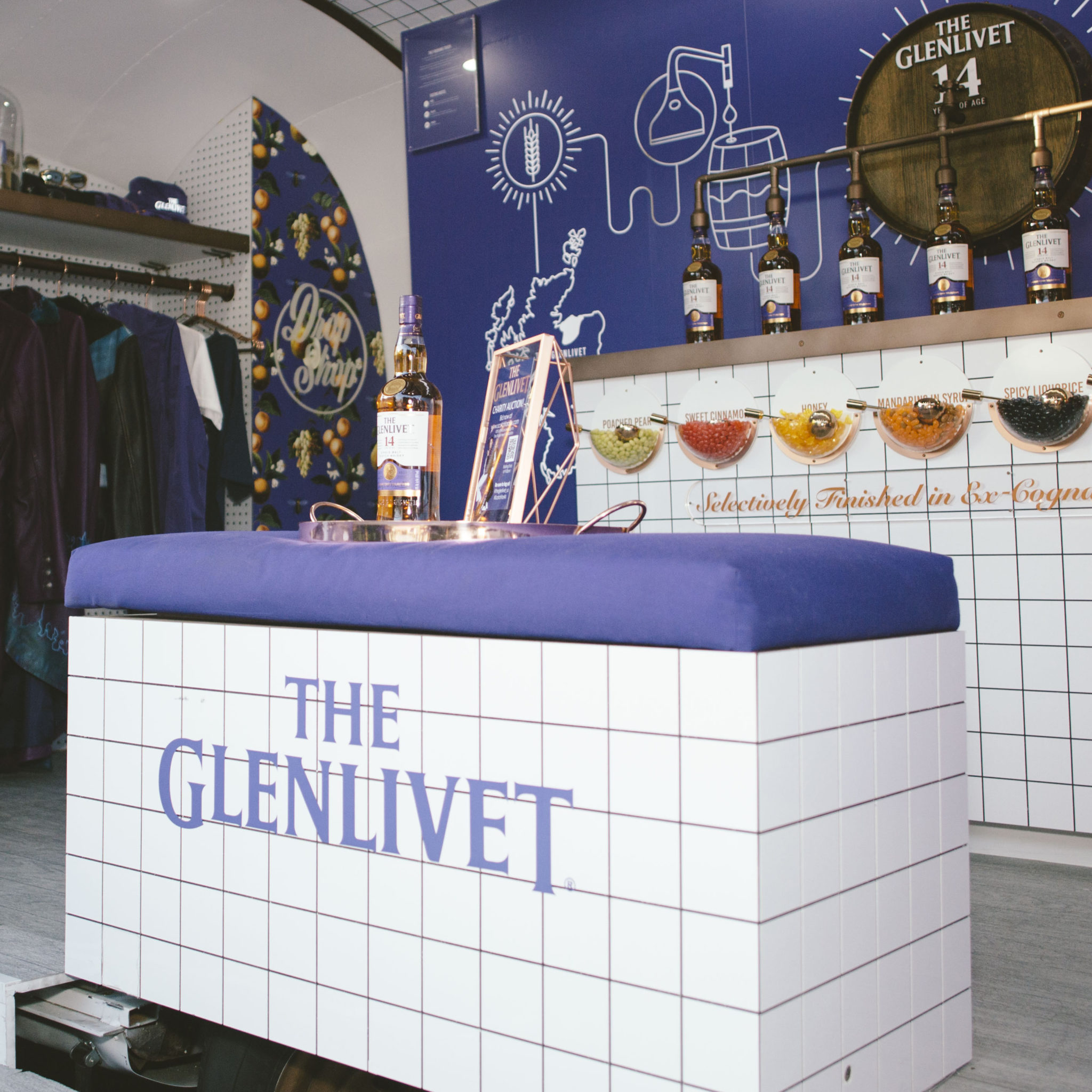
Client: Pernod Ricard
Campaign: The Glenlivet Drop Shop
Agency: 160over90

Client: Pernod Ricard
Campaign: The Glenlivet Drop Shop
Agency: 160over90
Think of Scotch, and typically older gentleman and man caves come to mind. But The Glenlivet wanted to change that perception and attract new loyalists as it launched its new 14-Year-Old expression, a first-ever single malt whisky finished in ex-cognac casks. Knowing that cognac over-indexes with younger, multicultural audiences, the brand established New York Fashion Week (NYFW) as the unexpected place to unveil the new product via The Glenlivet Drop Shop. The pop-up experience was part tasting experience, part showroom and part customization station. From NYFW, the brand scaled the program, setting its sights on multicultural millennials in seven key U.S. markets.
The Drop Shop, a tricked out Airtstream trailer, featured purposeful design, swapping brown leather couches for vibrant color and modern decor. Inside, attendees had a chance to personalize t-shirts, flasks and tote bags using innovative customization technology, and get a first look at items from The Glenlivet’s partnership with designer Prabal Gurung. Additional NYFW components included pop-ups offering whisky education and cocktails made with the 14-Year-Old expression, garnished with ice cubes and foam art; whisky-infused root beer floats; social media-driven swag drops powered by Fooji and participation in NYFW: The Talks, a curated conversation around fashion and inclusivity.
Post-Fashion Week, The Glenlivet embarked on a seven-market tour with its Drop Shop experience. Touchpoints along the way included showcasing fashion and accessory collaborations with Gurung, Don C and Coco and Breezy, alongside brand-inspired “drops” featuring t-shirts and tote bags that guests could customize on-site. There were also dj performances, innovative cocktails, influencers and culturally relevant media partners, like Hypebeast, to amplify messaging among the target demographic. And then there was the whisky-infused dessert cart offering purple ice cream and root beer floats, and a sampling experience featuring flavored jelly beans that allowed attendees to deconstruct the 14-Year-Old’s tasting notes.
On top of elevated customization experiences, innovative sampling, key partnerships and an all-around imaginative live portion of the campaign, The Glenlivet produced custom content with its design partners that centered on the process and inspiration behind the designed pieces featured in the campaign.
The results of the Drop Shop program were nothing short of fabulous. The campaign drove 84,000 social and media conversations in September 2019, marking a monthly increase of 2.5 percent above benchmark. To boot, the NYFW partnership increased placement goals by 78 percent, and The Glenlivet 14-Year-Old exceeded year-to-date net sales by six percent. Perhaps best of all, the brand raised more than $100,000 for the Purple Heart Foundation.
Gold Winner

Client: Santa Margherita
Campaign: Follow the Vine
Agency: Factory 360

Client: Santa Margherita
Campaign: Follow the Vine
Agency: Factory 360
Wine enthusiasts’ cups runneth over when it comes to vast number of brands and varietals available, but for wine brands, the scenario equals a congested and competitive marketplace. To drown out that noise and persuade older millennials to actively seek out its brand, Santa Margherita developed an imaginative sampling program designed for memory retention. The goal: attract 1,000 attendees per market (both consumers and trade partners) across eight locations.
In order to create loyalists, the brand needed to make its audience feel like they could contribute to wine discussions. By arming them with information about its brand, Santa Margherita could help embed them in wine culture, turning brand knowledge into social currency. The setup would ultimately, the brand hoped, encourage consumers to seek out Santa Margherita in stores and on wine lists because they could talk in detail about it, coming across as sophisticated to their peers.
To make the dream a reality, Santa Margherita created Follow the Vine, a detailed grapevine maze where attendees encountered tasting notes, flavor pairings, and brand engagements at every turn. When people found a point of information, something visually striking accompanied it to solidify that memory in their brain. The maze included elevated hors d’oeuvres, an interactive tasting and a seven-minute 360-degree film, among touchpoints, all designed for memory retention.
At the end of the vine, Santa Margherita poured 31,000 samples, received 18,000 RSVPs and earned 915 million media impressions and 3.5 million event impressions. Results worth raising a glass to.
Silver Winner
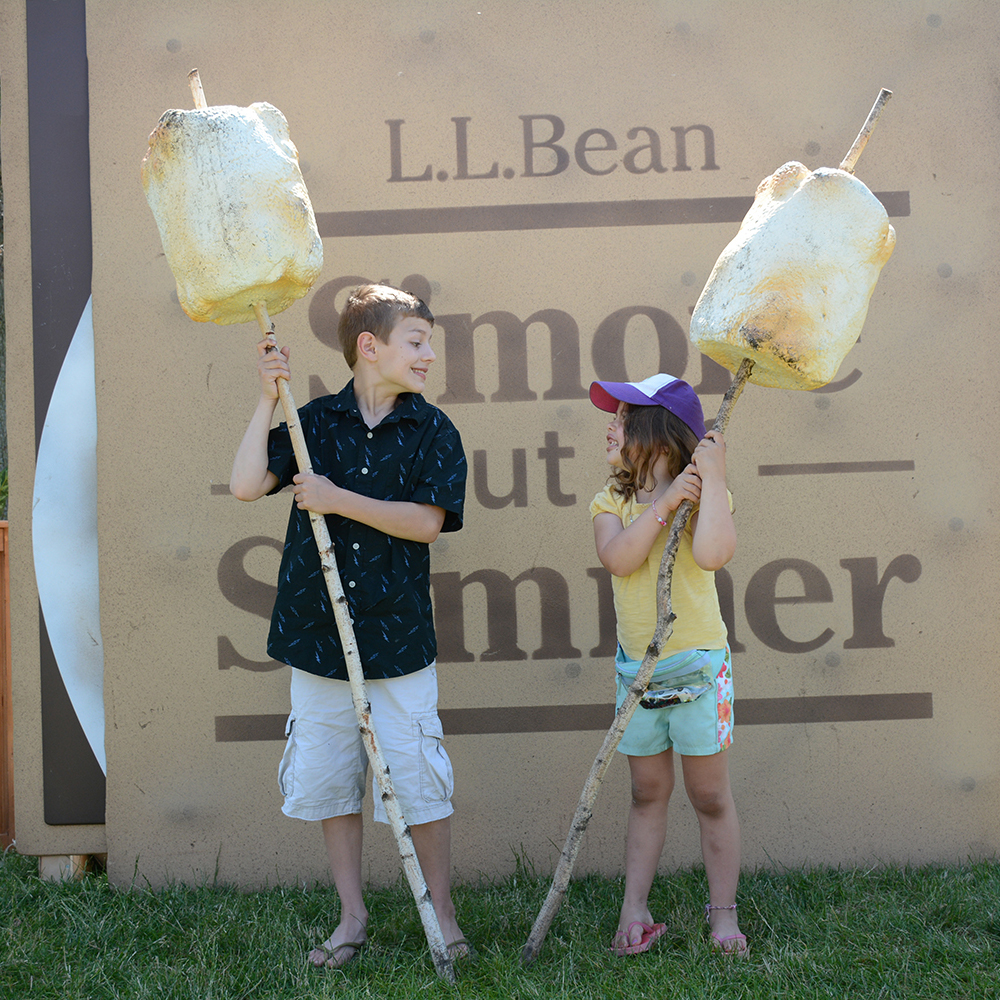
Client: L.L.Bean
Campaign: S'more Out of Summer
Agency: Jack Morton Worldwide

Client: L.L.Bean
Campaign: S'more Out of Summer
Agency: Jack Morton Worldwide
Here’s some relatable data: Only 25 percent of outdoorsy consumers participate in outdoor activities regularly, which explains why 50 percent feel like summer passes them by. Indeed, the summer flies by before many of us get enough fresh air, and that includes L.L.Bean’s target—OFEs, or outdoor family enthusiasts. To solve for this pain point and increase awareness of its summer portfolio, the brand invited OFEs to get “S’more Out of Summer.”
To help families make more summer memories outdoors, L.L.Bean hosted s’mores-making pop-up experiences in four major cities. Each activation was styled as a backyard campsite, complete with games, activities and clever social sharing ops (among them: a photo moment featuring oversized marshmallows and roasting sticks against a branded s’more backdrop). The brand’s famed Bootmobile event got a s’mores-themed makeover for its nationwide mobile tour, serving treats at fairs and festivals across the U.S. L.L.Bean also invited media and press, and their families to cook s’mores by its campfires to broaden the campaign’s reach.
The program yielded some sweet results. Seventy-eight percent of L.L.Bean’s target communicated that they intend to do more outdoor summer activities, 75 percent said they’re likely to consider the brand’s summer products and the overall campaign generated 3.8 million organic social impressions. And that’s s’more than the brand could have asked for.
Ex Winner
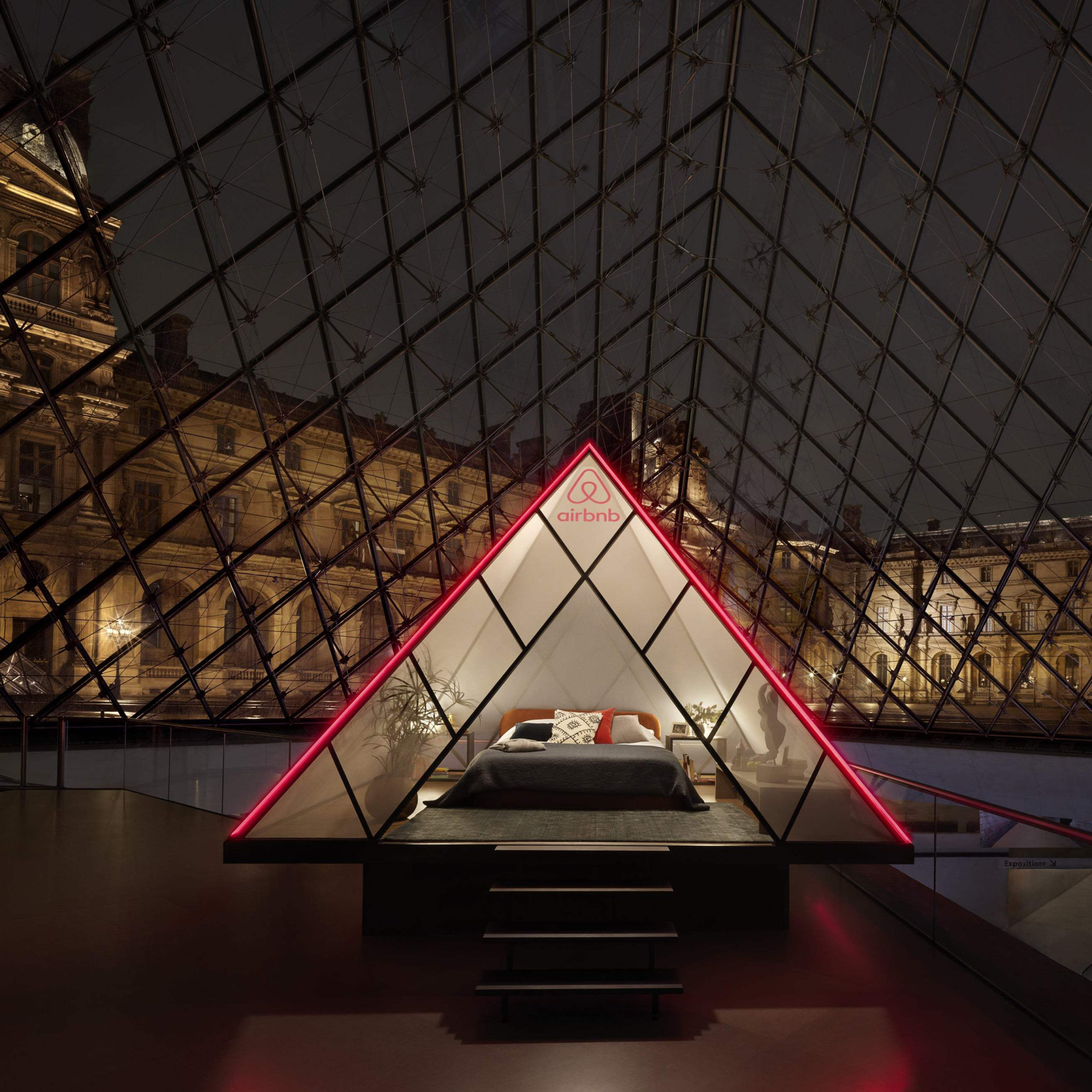
Client: Airbnb
Campaign: A Night at the Louvre
Agency: Amplify

Client: Airbnb
Campaign: A Night at the Louvre
Agency: Amplify
From the Great Wall of China to a floating house on the River Thames in England, Airbnb’s “Night At…” sleepover experiences have allowed consumers to spend the night at historic locations the world around. But its Paris-based slumber party just might be the best one to date. Enter: A night at the Louvre. The experience included a VIP after-hours tour of the institution, dinner served beside the Venus de Milo and prepared by a personal chef, an intimate acoustic concert in the Napoleon III Apartments and aperitifs beside the Mona Lisa.
That’s right, to celebrate the 30th anniversary of the museum’s iconic pyramid, Airbnb provided two contest winners with an opportunity to sleep amongst some of the world’s most famous artworks. The goal: to connect with new audiences in France and across the world, inviting them to discover the museum like never before through a series of once-in-a-lifetime experiences.
The Night At… series is all about transforming iconic spaces into homes for one night. Airbnb was challenged with pushing that concept to create a true money-can’t-buy, personalized cultural experience, ultimately striving to “take the home where the world’s greatest art lives and turn it into the home where you can live with the world’s greatest art.” Selecting the winning couple from a campaign competition, Airbnb set out to deliver the ultimate date night. Part of making that happen included integrating a replica pyramid structure under the Louvre’s famous pyramid (an engagement in itself), which served as the couple’s sleeping quarters for the evening.
A Night At the Louvre gave the winners unprecedented access to the world-renowned museum, coupled with elevated experiences. For drinks with the Mona Lisa, Airbnb recreated a Parisian Lounge set in front of Leonardo Da Vinci’s iconic portrait for the couple to enjoy a few cocktails in their very own Airbnb Living Room. For dinner with the Venus de Milo, Ducasse Reception’s world-class gastronomic menu was brought to life using ingredients that symbolize love, beauty and pleasure. As for the music selection, the winners enjoyed an exclusive acoustic performance by local artist Sarah Jeanne Ziegler inside Napoleon III’s opulent apartment. The experience concluded in a sleepover underneath the Louvre’s iconic pyramid.
Although there could only be one winning couple, Airbnb’s content strategy allowed it to reach millions online. Indeed, the Night At… experience was created not once, but twice—once to film it and once again for the winners to experience it. Ultimately, the program drew 1.5 million visits to the campaign microsite, 182,000 competition entries and more than 2,700 p.r. hits across 90 countries.
C’est magnifique!
Gold Winner

Client: Taco Bell
Campaign: The Bell: A Taco Bell Hotel and Resort
Agencies: Edelman, United Entertainment Group

Client: Taco Bell
Campaign: The Bell: A Taco Bell Hotel and Resort
Agencies: Edelman, United Entertainment Group
Taco Bell’s legions of diehard supporters have defined what it means to be a brand superfan for years, and in return, the brand built them a hot sauce-covered fantasy destination dubbed The Bell: A Taco Bell Hotel and Resort, where for five days over the summer, taco dreams turned into delicious reality. The hospitality stunt sold out reservations in two minutes, flat.
A total of 400 lucky superfans and 61 members of the media traveled from 21 states to check into The Bell, where all of the typical hotel services and amenities were on hand—but with a spicy Taco Bell twist. Touchpoints included everything from Baja Blast welcome drinks served upon entry to hot sauce-inspired key cards and pool floats to hotel rooms branded from top to bottom, right down to the hot sauce-shaped pillows (are you sensing a theme, here?). There was also a Taco Shop featuring an assortment of branded resort apparel and accessories as well as an on-site salon serving up Taco Bell-inspired braids, fades and manicures.
In the mornings, guests could participate in hot yoga on, you guessed it, hot sauce-inspired mats and were treated to breakfast room service. Throughout the afternoon and evening they were surprised by food “drops” featuring exclusive menu items, and were entertained by a variety of artists and activities. Among them: performances by Feed the Beat talent, “dive-in” movies at the pool and an appearance by the Aqualillies, who performed synchronized swimming shows in Taco Bell Fire Sauce swimsuits.
The results were… on fire: six billion earned media impressions, 1.2 billion social impressions and over 40,000 social mentions.
Silver Winner
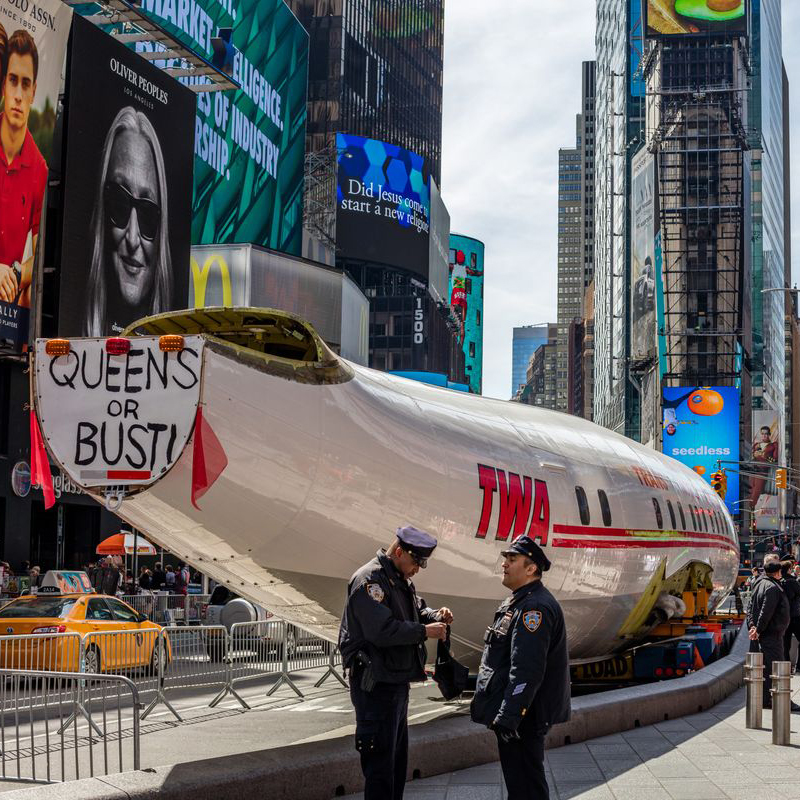
Client: MRC/TWA Hotel
Campaign: TWA's Constellation Connie Touches Down in Times Square
Agency: iDEKO

Client: MRC/TWA Hotel
Campaign: TWA's Constellation Connie Touches Down in Times Square
Agency: iDEKO
Ever seen a plane parked on Broadway in New York City? TWA made it happen. The backstory: In 2019, architect Eero Saarinen’s landmark 1962 TWA Terminal at New York’s JFK airport opened its doors to begin a new life as the 512-room TWA Hotel. The beloved 1958 Lockheed Constellation “Connie” passenger plane was selected to serve as the hotel’s cocktail bar. To give Connie one last tour of her hometown, TWA delivered a stunt of epic proportions. The objective: to elevate Connie’s profile and build excitement for the hotel’s renaissance.
During Connie’s hey-day, the aircraft served as the star of its own eight-story billboard in Manhattan, featuring a two-fifths scale model of Connie with a working propeller. Two months before the TWA Hotel opened, the brand orchestrated Connie’s surprise visit to the heart of Times Square, placing the aircraft in the exact spot where its billboard hung from 1955 to 1960. How, you ask? Under the cover of night, the aircraft was towed from JFK to the center of New York City, where by day, an event was held in its honor.
The spectacle garnered 130 million media impressions and an audience of 400,000. Perhaps most impressive of all, the event required no marketing and zero advertising dollars.
How’s that for takeoff?
Ex Winner

Client: Virgin Galactic
Campaign: Spacewear System Unveiling
Agency: In-house

Client: Virgin Galactic
Campaign: Spacewear System Unveiling
Agency: In-house
As the world’s first commercial space flight company, Virgin Galactic is preparing to engage space tourists through life-changing suborbital space flights that offer a whole new perspective on earth and the cosmos. For those future astronauts, the profound experience has been eagerly anticipated, and to continue fueling that fire, the brand unveiled spacewear designed in partnership with Under Armour. But for the reveal of the other-worldly apparel, a typical fashion show wouldn’t do. So Virgin reached for, well, the stars at a press event for 200 members of the media, VIPs and future cosmonauts.
There were several event objectives. For one, it was important for Virgin to demonstrate the great strides being made toward commercial readiness in becoming the world’s first commercial spaceline. The news needed to generate widespread media coverage in key markets for the brand. It was also crucial that Virgin’s audacious goal of launching consumers into space be matched by a bold attendee experience.
To deliver on its event goals and celebrate a milestone in the next chapter of mankind’s journey to space, Virgin Galactic took inspiration from one of the most fundamental and liberating aspects of being in space—weightlessness. How? By hosting the experience at an indoor skydiving tunnel.
Attendees entered the event through a fabricated tunnel that led to a transformed auditorium, where they circled a smoke-filled skydiving tunnel. Thanks to the venue’s unique wind technologies, the tunnel had been transformed into a zero-gravity simulator, offering the most true-to-life space experience that could be created on earth. It was inside this simulator that all the magic happened. Indeed, the smoke within the tunnel was dramatically swept away by a giant fan to reveal two Indoor Skydiving World Champions. The pair was enlisted to showcase the new Virgin spacesuit by performing a unique air dance, pushing the boundaries of artistic expression and one-upping the standard fashion show through a vertical catwalk. The bespoke space “ballet” was specifically choreographed to highlight the flexibility of the new spacewear.
The futuristic live performance was supplemented by pre-recorded video that was woven in to create a seamless multimedia experience. And here’s the kicker: the performance concluded with a classic, tongue-in-cheek Virgin moment—brand founder Richard Branson was revealed to be one of the “air dancers.” The dance portion of the experience was then followed up by a Q&A with Branson, Under Armour founder Kevin Plank and key designers. After the Q&A, attendees could get up close and personal with the space garments as broadcast interviews commenced.
Ultimately, the event offered attendees a first-of-its-kind fashion show on top of laying eyes on the world’s first commercial spacewear system for the first time in history. The effort generated more than 2.5 billion impressions. Now that’s liftoff.
Gold Winner

Client: The North Face
Campaign: Explore Mode
Agency: United Entertainment Group

Client: The North Face
Campaign: Explore Mode
Agency: United Entertainment Group
To demonstrate how it enables new and diverse forms of exploration in 2019, The North Face moved from celebrating explorers to powering their adventures. This meant tying the initiatives back to key merchandise collections in order to drive sales, as well as to support an initiative around a change.org petition requesting that the U.S. government designate Earth Day as an official holiday.
With its sights set on city-dwelling millennials who appreciate discovering new things, The North Face put on an Earth Day event that inspired consumers to turn off their phones and turn on “Explore Mode.” The idea was brought to life through a series of exploration-themed experiences curated by influencers, spanning music, fashion, culinary and visual art, all while encouraging attendees to digitally disengage and connect with their surroundings.
To drive buzz for the Earth Day celebration, the brand hosted a pre-launch event for the media. In addition to learning more about the change.org petition, the press enjoyed tailored culinary items whipped up by chef Angela Dimayuga paired with different environments, ranging from an icy summit representing the peaks of Denali to an urban-inspired window setup emulating the streets of New York City’s Lower East Side. Singer Ella Mai and model/activist Gabrielle Richardson were also part of the event. And get this—all of the event content was captured on disposable cameras provided to each participant. Digitally disconnected attendees? Check.
Something else worth exploring? The campaign’s results: 200 million earned media impressions and a 27-percent sales lift across The North Face’s five retail hubs.
Silver Winner
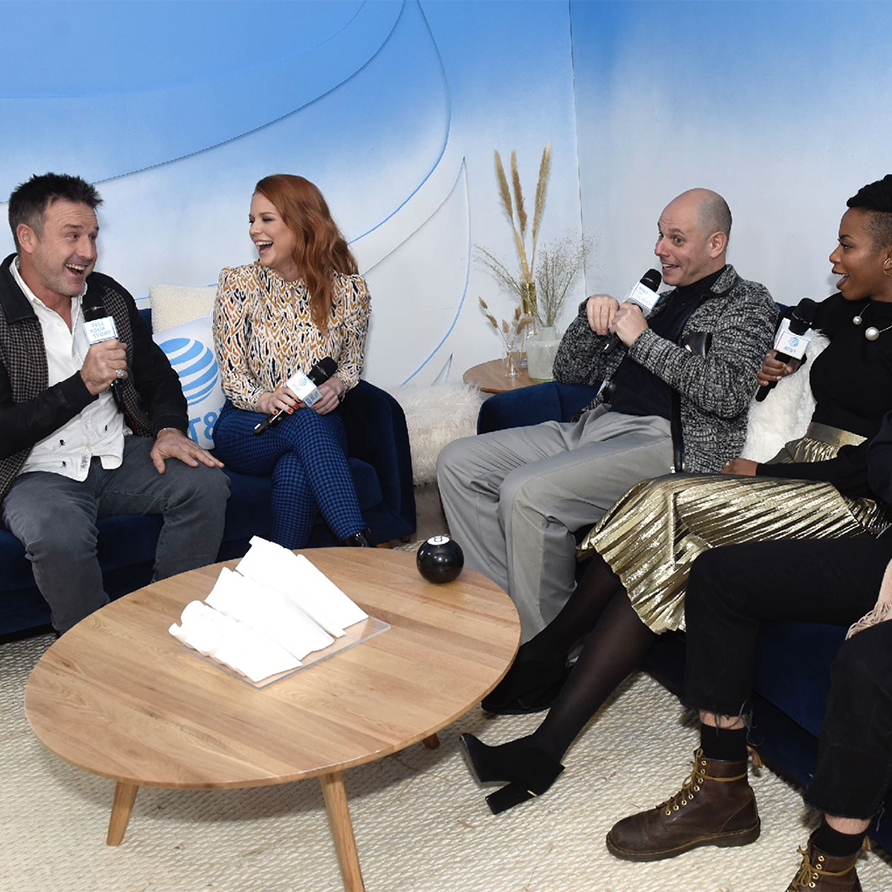
Client: AT&T
Campaign: On Location at the Sundance Film Festival
Agency: In-house

Client: AT&T
Campaign: On Location at the Sundance Film Festival
Agency: In-house
With the acquisition of WarnerMedia, AT&T sought to position itself as a key player in the world of entertainment, so it headed to the Sundance Film Festival, where A-list talent from the film industry gather each year. Capturing the attention of the media was paramount, meaning AT&T had to create a festival presence so engaging that the press couldn’t help but cover it. Enter: the WarnerMedia Lodge: Elevating Storytelling with AT&T, a program spanning four days of events that included celebrity lunches, premiere parties and panels.
On the lower level, among touchpoints, AT&T’s On Location series was hosted by influencer Carrie Keagan. In “Carrie’s Corner,” the tastemaker engaged press and interviewed top film industry personalities. Upstairs, the Variety Studio presented by AT&T housed exclusive interviews and portrait shoots with big-name filmmakers. Altogether, the lodge served as a media hub where attendees could relax, recharge and swap ideas. Directly across the street was the brand’s satellite space, Lateral, a more intimate venue where artists and filmmakers convened for in-depth panel discussions. At night, the venue turned into the hottest lounge on the festival strip, where drinks flowed and live music was performed.
The results brought the house down, with AT&T being the No. 1 most mentioned brand within the overall Sundance social media conversation, and earning an impressive 10.4 billion media impressions.
Ex Winner
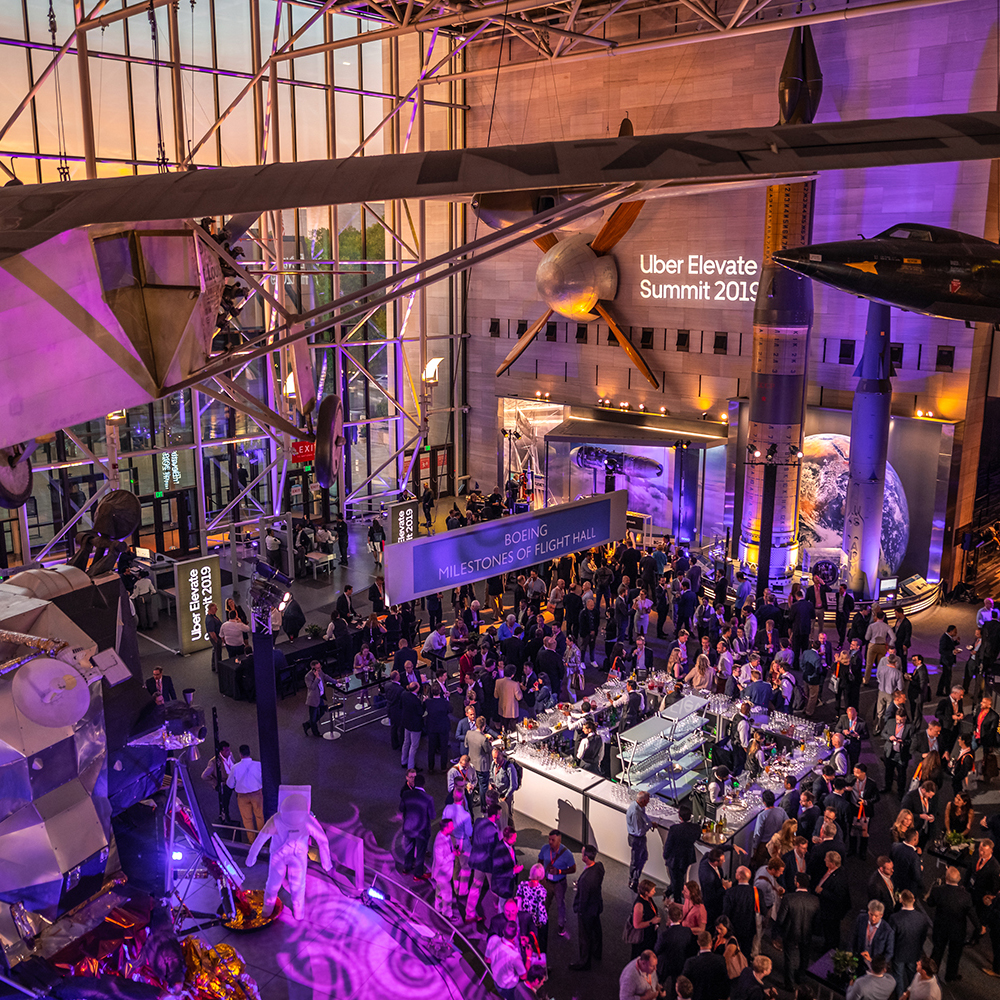
Client: Uber Elevate
Campaign: Uber Elevate Summit 2019
Agency: Infinity Marketing Team

Client: Uber Elevate
Campaign: Uber Elevate Summit 2019
Agency: Infinity Marketing Team
Uber Elevate Summit is designed to support the futuristic world of urban aviation and ridesharing. It’s a challenge to execute, because the event is built to accommodate and connect many interest groups in one space—federal and local governments, manufacturers, technology experts, and architects. Not only did the event in 2019 need to spur dialogue among attendees, it needed to showcase innovations from Uber Eats, Uber JUMP and a “new mobility” unit. In other words, there was a lot of cool stuff to show off.
Held over two days at the Ronald Reagan Building and International Trade Center in Washington, D.C., the 2019 Elevate event hosted 1,200 policymakers and changemakers from around the world whose legislative powers could help make aerial ridesharing and UberAir a reality by 2023. The general session room featured three stages created with a raw, urban-like steel framework where more than 50 sessions took place headlined by speakers from Uber, FAA, NASA, the General Aviation Manufactures Association, Commercial Drone Alliance, Amazon, Alphabet and the Radio Technical Commission for Aeronautics. And due to the unprecedented interest in the sold-out Summit, Uber Elevate welcomed more people to the event by streaming each of the sessions to an audience that topped one million viewers.
In addition to the content, attendees participated in hands-on product demo experiences and keynote sessions at external events, including an evening at the Smithsonian National Air and Space museum where they reflected on aviation’s past and envisioned its future.
Uber also brought the idea of urban ridesharing to life on the Uber Elevate trade show floor, which featured product reveals, virtual reality simulators and aerial ridesharing crafts on showcase. The brand’s proprietary aircraft model, created in a partnership with Saffron, was front and center on the showroom floor. Bell Helicopter’s life-size craft was showcased outside; guests could climb into the air taxi cabin to envision an urban aerial ride. And through a virtual reality simulation of a “trip” from San Francisco to Santa Clara, attendees were treated to the full aerial ridesharing experience inside Uber’s aerial model, from taking off and landing at skyports to interacting with other passengers and envisioning the look and sound of the UberAir journey. In another hands-on opportunity, attendees could ride Uber JUMP’s newest bikes and scooters on an interactive course created specifically for Uber Elevate. The bikes and scooters are built with battery technology that will be modified for eVTOL for use in its urban aviation program.
Overall, Uber saw a 20-percent increase in attendance in 2019 and enjoyed coverage from 120 media outlets—20 percent above the program’s goal. P.R. value was estimated at $83 million at 66 percent above the goal. The sky’s the limit, indeed.
Gold Winner
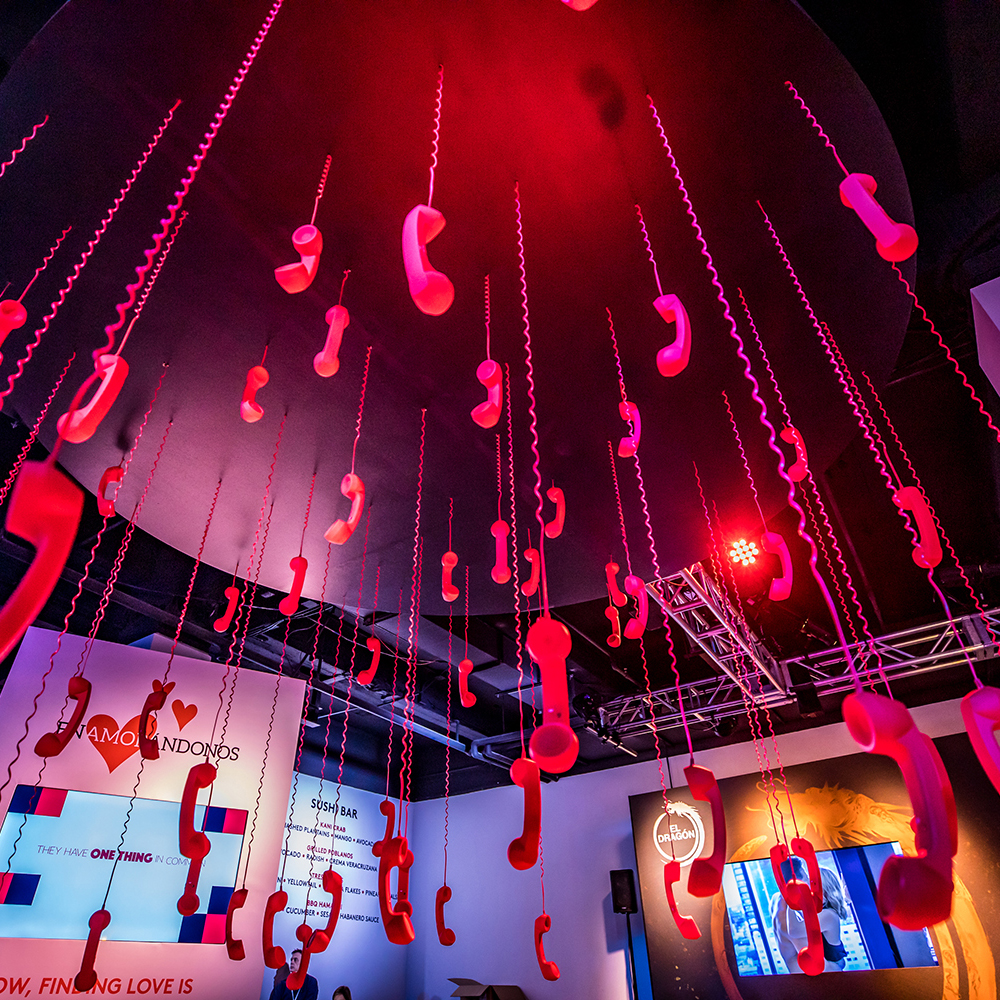
Client: Univision
Campaign: Upfront
Agency: FIRST

Client: Univision
Campaign: Upfront
Agency: FIRST
Univision is the nation’s leading media company serving Hispanic America. But at the crowded Upfronts, the company needed to ensure the power of its television networks, content and viewing audience would not get lost in translation. It needed to familiarize media buyers and marketers with the language, artists and cultural themes that traditional sizzle reels can’t adequately convey to non-Hispanics driving purchasing decisions.
To accomplish this, Univision created a multi-room, multi-floor experiential journey at Center 415 in New York City, offering immersive interactions and shareworthy scenery. The event attracted 1,500 potential media buyers and marketers, partners, investors, press, employees, executives, VIPs, and influencers over the course of two days. Following a general presentation, attendees stopped at a stylish sangria wall where they could grab a glass pre-packed with fruits on floating shelves and dispense their choice red or white wine. The footprint encompassed 12,000 square feet of interactive vignettes that aligned with Univision’s content verticals and showcased more than 50 products, channels and shows. Wayfinding graphics facilitated a “choose your own adventure” while also highlighting critical data points. Among zones: a red-carpet moment to accept a Latin Grammy, a promotion for the competition show “Reina de la Cancion” (“Queen of the Song”), and a confetti-filled photo booth with slow-motion technology to celebrate like a fútbol champ with a replica of the UEFA Champions Cup.
The goal was to position Univision as America’s Hispanic super-brand. And with sales targets met and its prime-time audience increasing by 33 percent in the four weeks after the event, its super powers were hard to beat.
Silver Winner

Client: Gulfstream
Campaign: G700 Launch
Agency: George P. Johnson

Client: Gulfstream
Campaign: G700 Launch
Agency: George P. Johnson
Product reveals are often conducted from a stage. Gulfstream at the NBAA-BACE show in Las Vegas required something a little more custom for the launch of its new flagship private jet, the G700. Like a 60-foot-tall by 160-foot-wide automated structure with a 5,000-square-foot frontal façade composed of transparent, high-resolution LED screens that delivered stunning content to the audience as it slid open to reveal the fuselage.
Traditionally, new planes are introduced by having attendees enter a space with the fuselage already on display, but Gulfstream wanted to re-stake its claim as a “true leader” in the saturated business aviation space. On the day of the show, 800 members of the media, Gulfstream executives and clients arrived at the transformed Henderson Executive Airport. Once seated they watched as the reveal sequence began, which featured CGI footage of the plane, a custom-scored music track playing from a surround sound audio system, and graphic elements for the ceo’s presentation. More than 1,000 moving lights were programmed to execute in-sync with the video and audio content.
The theatrical, pulse-raising experience delivered on Gulfstream’s goals by dramatically highlighting the aircraft’s industry-leading features while creating an emotional response in viewers that connected the product with the brand’s core values: “passion, innovation and ambition.” According to the planning team, the client said of the never-been-done-before proposal, “Will it really work?” And it did. Lift off.
Ex Winner
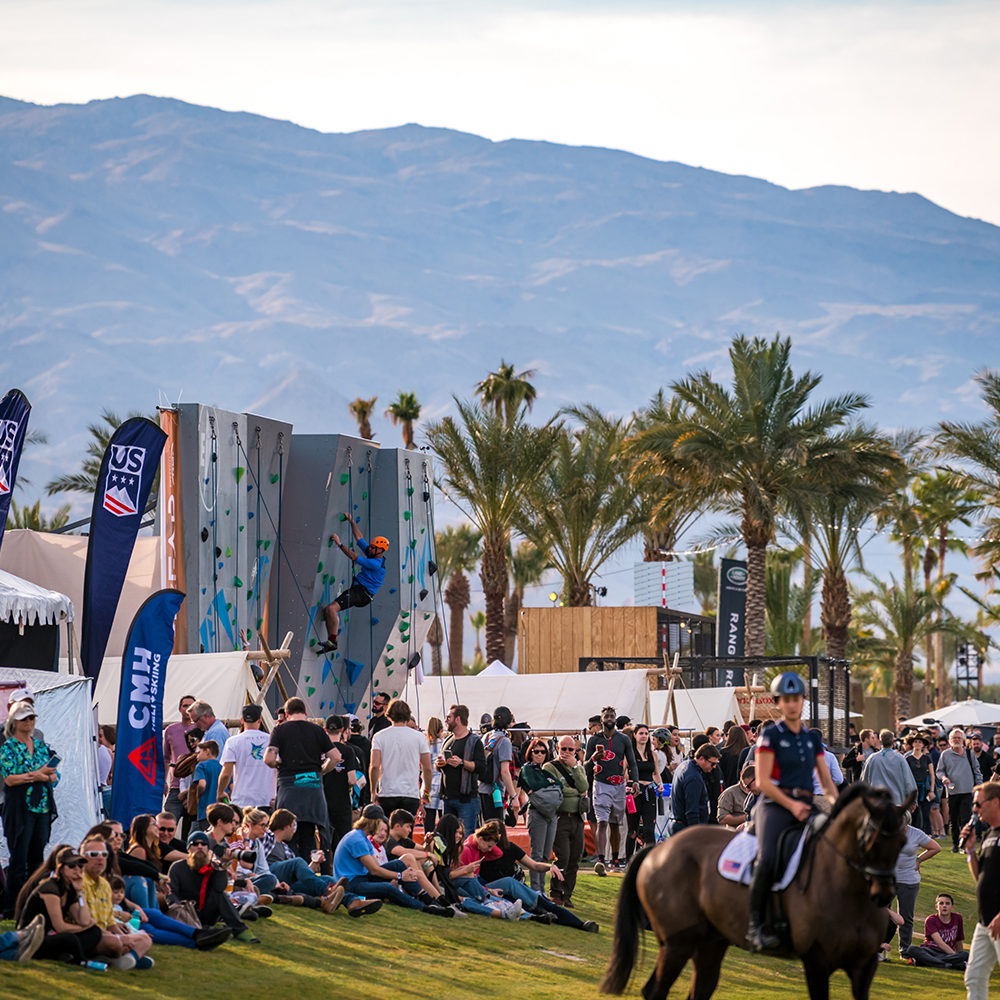
Client: Land Rover
Campaign: 4xFAR
Agency: Corso Agency

Client: Land Rover
Campaign: 4xFAR
Agency: Corso Agency
The Land Rover Defender is a natural born trailblazer, according to the brand, and for the launch of its all-new 2020 vehicle, it needed an equally trailblazing program that would break the mold of splashy automotive launch events and cater to a broad target audience. Armed with research that 77 percent of live music and festival attendees feel “high emotional intensity,” and that these same attendees are “more engaged, receptive and influential,” Land Rover landed on the 4xFAR Presented by Land Rover experience, which would engage 6,000 ticketholders over two days in what amounted to 25,000 mini-adventures.
To rise above the saturated music festival market, Land Rover worked with partners in the outdoor, cultural and culinary spaces, including Outside Magazine, Patagonia, Red Bull, the Parks Project, and others, to create a range of participatory activities broad enough for everyone to find opportunities to “go farther.” Located in Palm Springs at the Empire Polo Club famous for Coachella, the festival program offered rock climbing, mountain biking, axe throwing, fly fishing, slacklining and yoga. There was also camp-side mixology, edible plant foraging, campsite gourmet, knot tying and expert packing classes. There were museum-quality vehicles and car experts available for casual conversations, offering once-in-a-lifetime access. Specially built off-road courses allowed drivers to defeat a range of obstacles behind the wheel.
Oh, and then there was the music. “Rule-breaking” live performances took place on the 4xFAR stage, while unexpected options like Carpool Karaoke, 3D audio nature engagement experiences, parachuting athletes, skydivers landing in on the on-site lake, ski and snowboard simulators, Virgin Galactic space pilots, live equestrian horse shows and strolling acrobats added to the unexpected and adventurous vibe. A dedicated thought leadership zone featured speaker panels throughout the weekend, educating and entertaining attendees in TED Talk-style segments highlighting key aspects of the Land Rover brand identity.
Carefully crafted to appeal to a wide range of consumers, Land Rover struck a balance between appealing to new, potential consumers while not alienating existing brand loyalists. The brand wanted to appeal to two generations at once—consumers 50 years and older and a younger emerging audience of new luxury vehicle owners 28 to 40 years old. What the judges liked: the experience treated consumers to the kind of exclusivity normally bestowed upon the media.
When the event wrapped, Land Rover recorded 3,500 test drives on the three custom-built off-road courses, and as for dwell time: some attendees stayed on-site for 19 hours with the average dwell time recorded at six hours per day—“officially the longest consumer dwell time of any Land Rover launch event.”
Talk about going farther.
Gold Winner
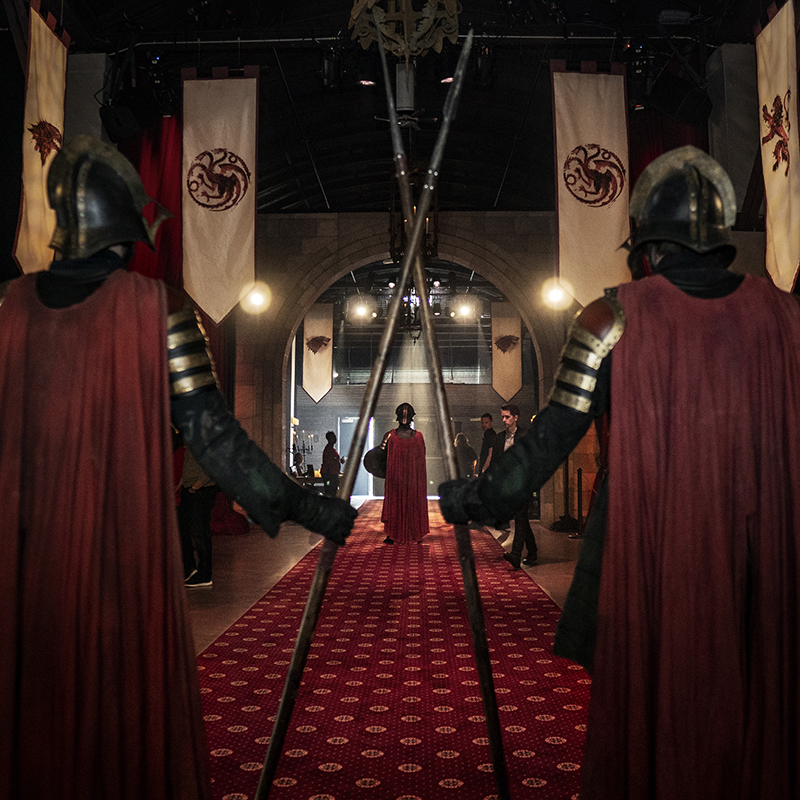
Client: HBO
Campaign: Bleed #ForTheThrone
Agency: Giant Spoon

Client: HBO
Campaign: Bleed #ForTheThrone
Agency: Giant Spoon
Ahead of the eighth and final season of “Game of Thrones,” HBO set out to see just how deep fans’ allegiance to the series runs by asking them to Bleed #ForTheThrone—literally. The global campaign, which kicked off in Austin during SXSW, supported the American Red Cross, which at the time was facing an emergency blood shortage.
Inside the 22,000-square-foot “Fair Market,” fans were transported to Westeros where sage was burned, a choir performed and the original Iron Throne sat, backlit by a custom Red Cross stained glass window. Attendees then walked in the steps of key characters who bled for the Throne before them, including a pitch-black hall resembling Braavos where fans experienced Arya Stark’s blindness; a technology engagement that put them in the shoes of a betrayed Jon Snow; an experience where they felt shame similar to Cersei’s Walk of Atonement, and a final engagement where they faced the Mountain as Tyrion Lannister did. The experience culminated in the Throne Room, where a musical ensemble played a 27-minute original score (blessed by Ramin Djawadi, the composer of the series) to honor their heroism. A Red Priestess then called each donor by name and gave them a Hand of the Queen pin—granting them access to VIP promotions across Austin—as they knelt before the Throne.
While more than 2,300 people attended the experience in Austin, the campaign set-off “Thrones”-themed donation events in 43 other states. HBO’s college ambassadors also hosted 22 blood drives at nine universities across the U.S. “Game of Thrones” fans around the world also participated from 16 countries.
Silver Winner
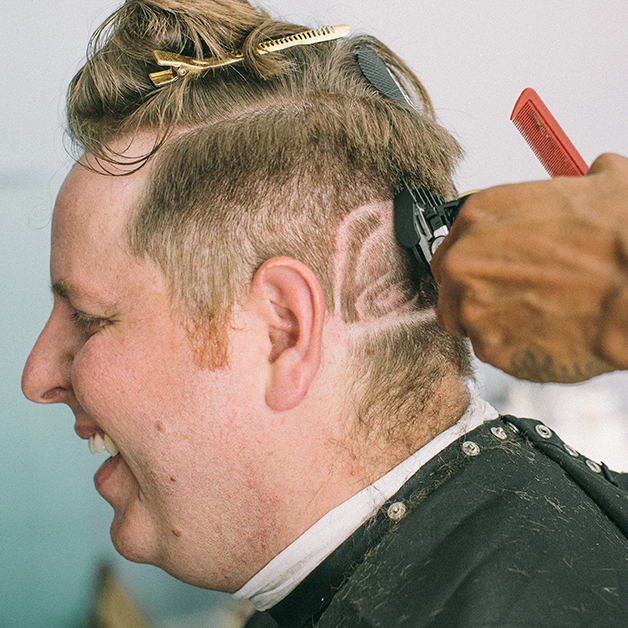
Client: Taco Bell
Campaign: The Bell: A Taco Bell Hotel and Resort
Agencies: Edelman, United Entertainment Group

Client: Taco Bell
Campaign: The Bell: A Taco Bell Hotel and Resort
Agencies: Edelman, United Entertainment Group
Taco Bell, the largest quick-service Mexican restaurant in the world, sunk its teeth in the hospitality space with a “tacoasis” it built in Palm Springs that immersed 400 superfans and 61 top-tier media outlets from 21 states in its rally cry of “Live Mas.” Taco Bell carefully choregraphed the entire experience (read our deep dive on pg. 74).
There were complimentary “food drops” featuring Taco Bell favorites like the Doritos Locos Taco, as well as menu items exclusive to the resort experience, whipped up by the brand’s in-house chef, Rene Pisciotti. Each “drop” was announced via the famous Taco Bell chime. There were movie screenings by the pool of films with Taco Bell references and rounds of TACO (the brand’s version of BINGO), with prizes including new Xboxes. And to celebrate the 15th anniversary of the Baja Blast, Taco Bell invited fans to experience its “Freeze Room,” which featured air conditioning and multisensory design elements.
Behind the scenes, the staff worked feverishly to deliver unexpected, hospitality-driven experiences, too. When a guest’s metal straw was accidentally thrown away, for instance, Taco Bell sent staffers out to buy her a new one, then had it delivered to her room with a friendly note. And when another attendee complained on social media about a lack of lounge chairs, staffers located him and delivered a seat directly to him. To boot, Taco Bell also offered discounted Lyft rides.
Now that’s service.
Ex Winner
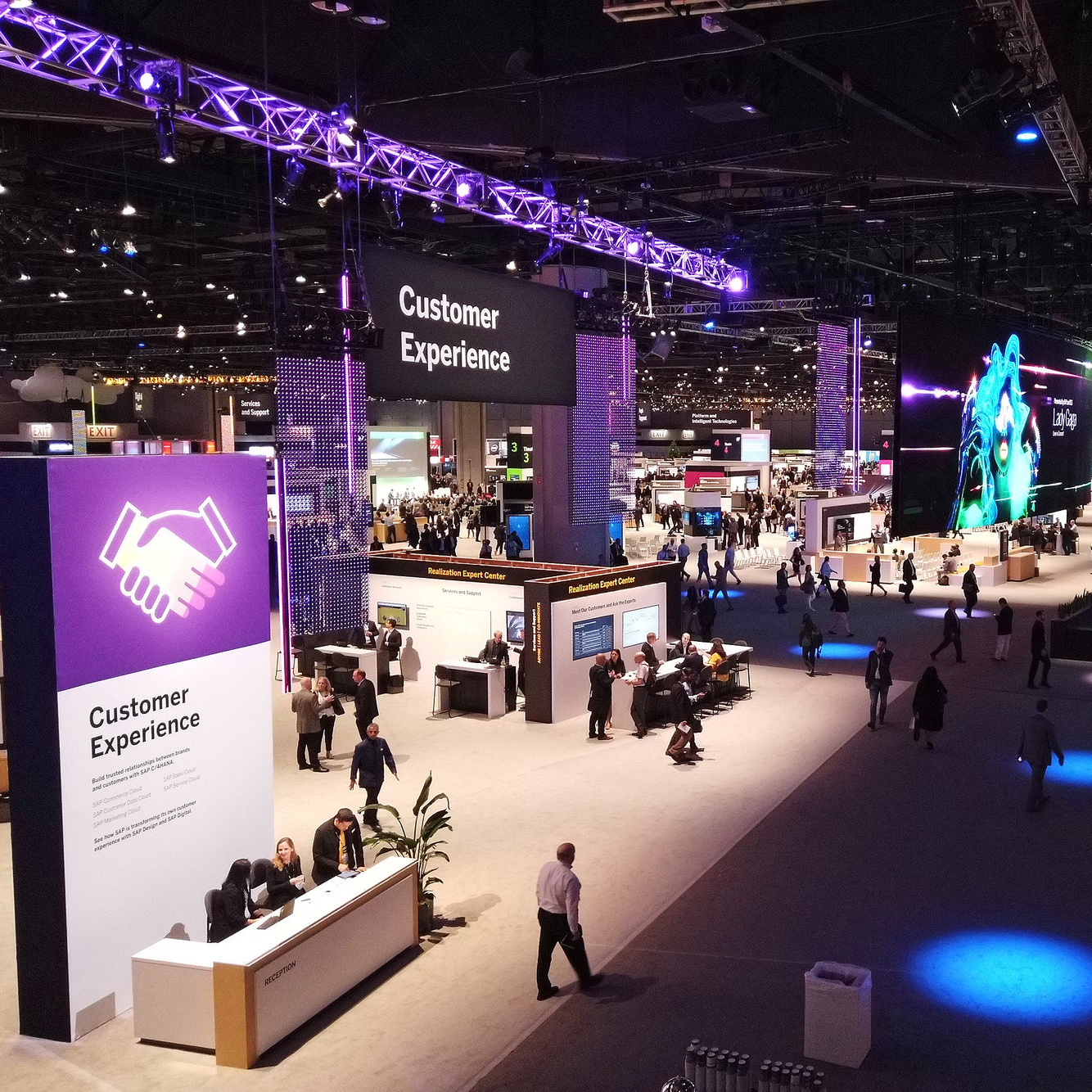
Client: SAP
Campaign: SAPPHIRE NOW
Agencies: Freeman, i4D

Client: SAP
Campaign: SAPPHIRE NOW
Agencies: Freeman, i4D
Transforming 20-plus mini campuses and a maze of a show floor into five manageable, color-coded neighborhoods, SAPPHIRE NOW underwent a seismic shift in 2019. With an eye toward making its flagship conference warmer, more inviting and more human, SAP redesigned the event with a customer-first, content-led focus—and achieved its highest-ever attendee satisfaction ratings in return. Indeed, any brand that can turn one million square feet of convention floor space (the equivalent of 17.3 football fields) into an easy-to-navigate environment with a natural flow must be on to something.
Before the team could develop its new format, a challenge arose: six weeks before the event, a change in the company’s overarching strategy meant the content strategy would have to evolve to meet the new business focus. As a result, the entire event ecosystem had to work in unison to ensure the event reflected the evolving company strategy, satisfied attendee needs and met its business goals. NBD. But SAP made it happen, delivering a content-led strategy that was woven throughout everything from the flow of the neighborhoods to theaters.
The result was a mega-event featuring an “outside-in” approach that started with the customer and worked back to the SAP solution, rather than the other way around. SAPPHIRE NOW’s 2019 theme centered on “live, work, play” and was designed around customers’ core challenges in the marketplace, which were represented in the footprint’s five neighborhoods. Each mini neighborhood was color-coded to guide attendees to specific content, demos and theater experiences based on the solutions needed. Attendees could easily explore any of the neighborhoods without getting lost thanks to the wayfinding strategy.
Immersive theaters located right on the show floor meant attendees didn’t have to travel far to view presentations, while screens peppered throughout the space allowed them to view keynotes from the neighborhoods, or comfy lounges within the footprint. There were also three pavilions where attendees could take a deeper dive into specific SAP solutions for industries, products and services, as well as a central showcase that demonstrated an intelligent enterprise concept via an air-travel theme. Meanwhile, customer showcases featured real-life examples of SAP’s product solutions. More than 700 customers served as speakers at the event. Other highlights of the revamped show included lush, green design elements as well as an epic live performance from Lady Gaga.
In the end, the new SAPPHIRE NOW approach passed with, ahem, flying colors. SAP earned a 59 percent increase in marketing-generated opportunities, a 15 percent increase in event-generated pipeline over the previous year and an eight percent increase in close rates.
Gold Winner

Client: IBM
Campaign: Think 2019
Agency: Drury Design

Client: IBM
Campaign: Think 2019
Agency: Drury Design
File this one under “how’d they pull that off?” After combining six annual conferences into a single mega-event dubbed Think in 2018, IBM faced a new challenge in 2019: relocating the global confab from Las Vegas to San Francisco while providing a cohesive experience across 12 event venues. Ultimately, the brand delivered on its goals, moving cities without a hitch and providing more than 400 technical sessions, three keynotes, 15 Innovation Talks and 17 Trends & Directions sessions to a 30,000-person audience. Talk about a Think tank.
IBM’s strategy was multifaceted, but the brand’s daily news network was the driving force behind its ability to produce a seamless attendee experience. Called Think Today, the live broadcast network kept the event’s array of thought leaders connected to the conference, the content and one another. The network showcased all things Think, conducting 24 live shows over a five-day period, which encompassed more than 12 hours of original programming, 52 interviews with 64 guests, 19 remote locations, two remote crews and three field reporters. Segments spanned breaking news, announcements, scheduling changes and traffic and weather reports. If attendees had questions, chances were, Think Today had the answers. And no one missed a minute of the conference action.
The Code Café served as an additional touchpoint, giving attendees a chance to escape the chaos of the show floor and immerse themselves in a fun, laid-back environment built for learning, networking and play. The space was also leveraged as a venue for Game Night, which included sponsor activations and giveaways, food and drinks, and a little friendly video game competition featuring live play-by-plays announced by a guest Twitch broadcaster.
The content, of course, was the star of the show, and to add a little extra pizzazz to sessions, IBM took over a 16-screen cineplex where attendees could consumer an array of technical content—and popcorn. And as for streaming, the brand beamed content out to more than 400 screens in 13 locations, with the opening address alone streamed to 67 screens.
All told, Think embodied the quintessential IBM experience—one where skills were honed, connections were made and next-gen technology was experienced in an engaging environment. Food for thought.
Silver Winner
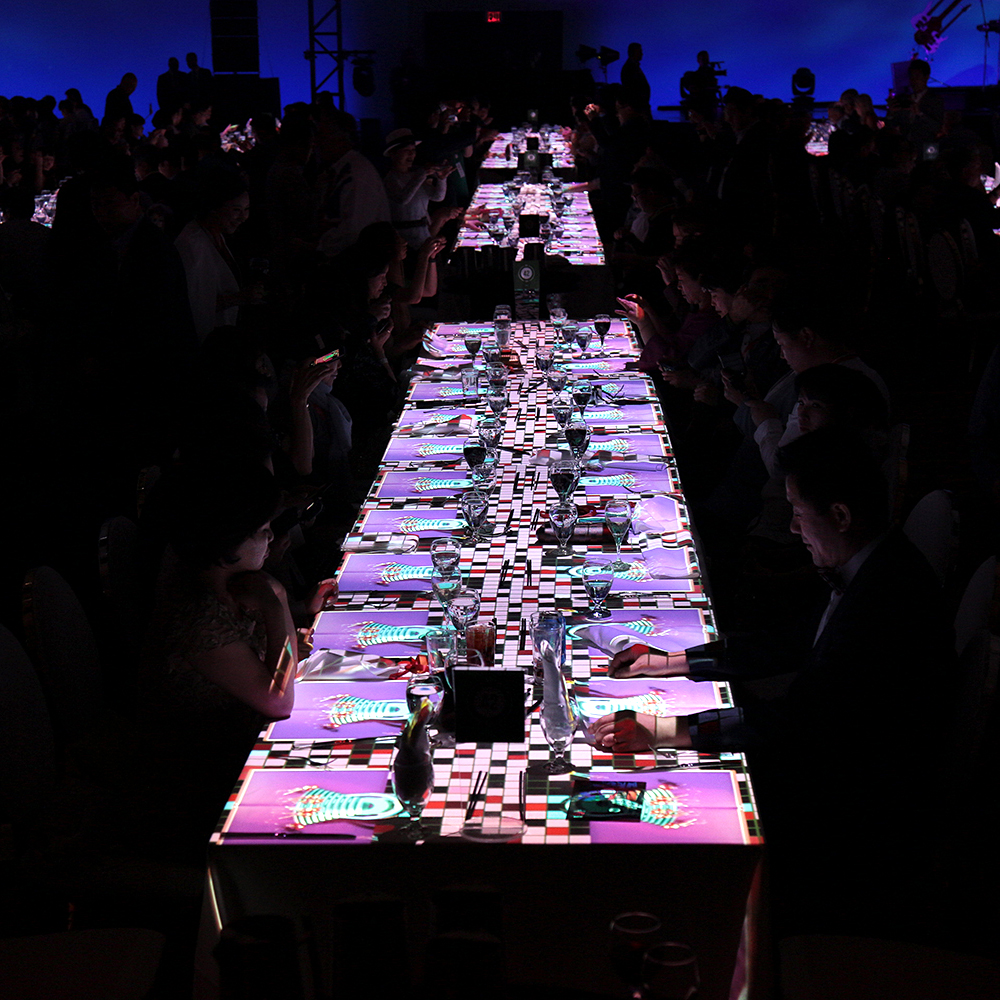
Client: Amway
Campaign: A60 Celebration
Agency: Wilson Dow Group

Client: Amway
Campaign: A60 Celebration
Agency: Wilson Dow Group
How do you mark the 60th anniversary of a multibillion-dollar company? For Amway, the answer was a personalized, once-in-a-lifetime experience brimming with surprise and delight for Amway independent Business Owners, or ABOs. Amway invited nearly 3,500 ABOs to Sin City for a global event celebrating their accomplishments, and looking ahead to the future.
With more than 500,000 square feet of space to work with and attendees hailing from 48 countries and speaking 23 languages, Amway had to deliver a cohesive experience that resonated across cultures and languages. The result was a human-centric, attendee-first approach that made personalization a top priority. Case in point: As attendees arrived at the event, they were greeted by a 48-foot-tall digital sign that displayed their photo, name and home country in their native language.
The experience also included an Instagram museum complete with augmented reality activations, virtual reality sports competitions and interactive educational activities that celebrated attendees’ accomplishments. The audience was also entertained by a total of 257 performers, including Celine Dion and Lady Gaga. Oh, and did we mention a successful Guinness World Record attempt for most projection-mapped displays (1,312) at a single venue? The results: 98 percent of attendees engaged with the recognition wall, 3,648 GIFs were shared and 84 percent of attendees utilized the event app. HBD, Amway.
Ex Winner
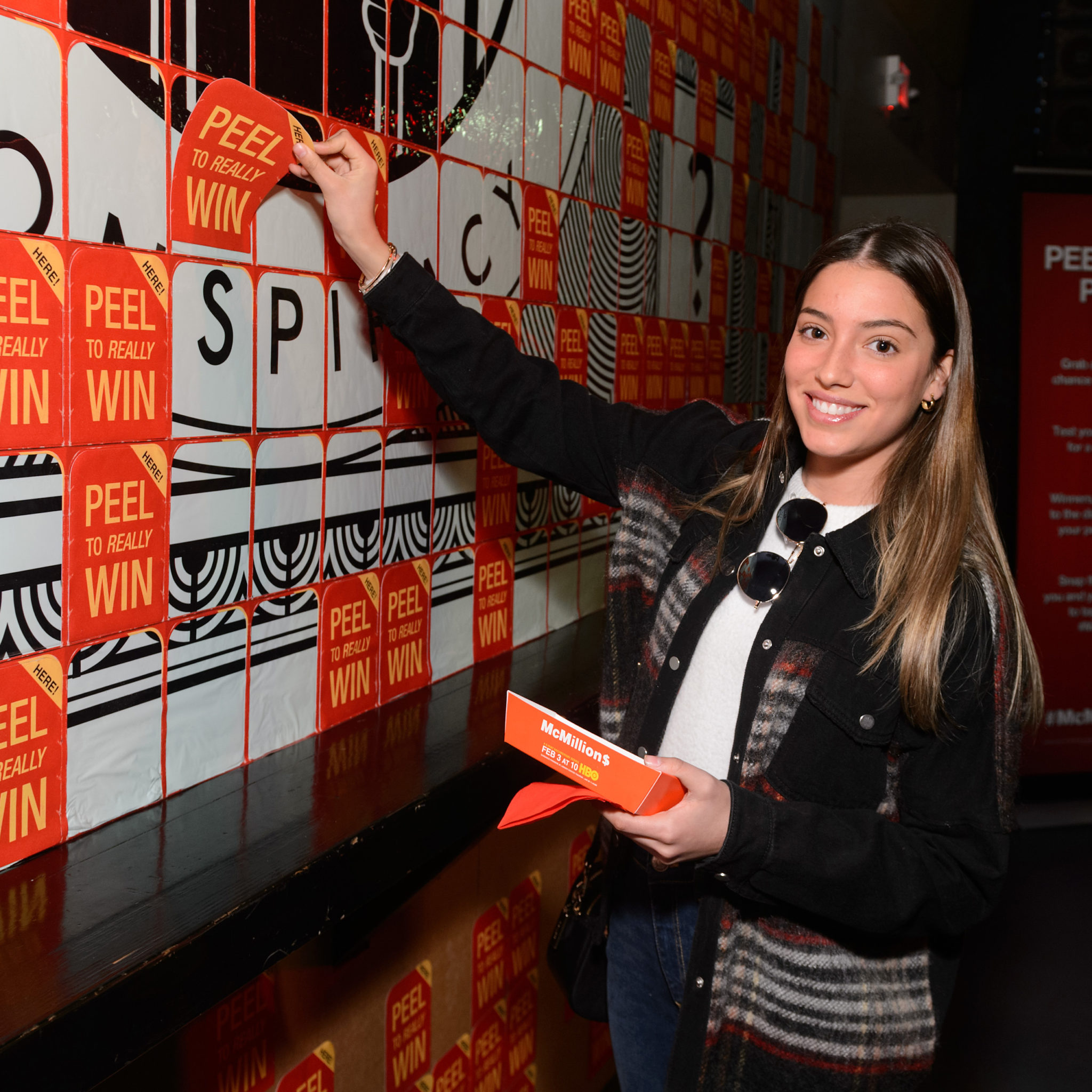
Client: HBO
Campaign: McMillions on Main Street
Agencies: MKTG

Client: HBO
Campaign: McMillions on Main Street
Agencies: MKTG
Ahead of the premiere of “McMillion$,” a six-part documentary about the ’90s McDonald’s Monopoly scandal, HBO gave Sundance Film Festival attendees a chance to play a game that wasn’t rigged. Indeed, to generate awareness for the national premiere via word of mouth, create a coverage-worthy environment for media and inspire user-generated content that drove social amplification, HBO delivered an activation that took festivalgoers through an interactive journey back in time, allowing them to dig deeper into the true story behind the $24 million scandal. To build buzz for the experience, the brand strategically placed wild postings in retail shops, restaurants and free-standing kiosks across Main Street. It also unleashed Rich Uncle Penny Bags-inspired brand ambassadors into the streets of Park City, prompting plenty of organic social posts.
The façade to the McMillion$ activation itself also drove traffic, thanks to a striking red entrance with a door that replicated one of the game pieces featured in the fraudulent scheme. Inside the space, comfy furniture, digital content and design elements created a lounge-like atmosphere that allowed guests to sit back, relax and recharge. The footprint featured an oversized McDonald’s French fry box filled with fake rolls of money that served as a popular photo op, as did the interactive Peel to Win wall. The wall housed hundreds of hidden prizes evocative of the nostalgic ’90s game and invited attendees to literally peel them back, just like in the game, to reveal big prizes like mountain bikes, a Sea-Doo personal watercraft, $1,000 cash and more. Smaller prizes served as useful takeaways for the bitter Utah weather, including gloves, McMillion$ beanies and branded hand-warmers.
Attendees could also peel away game pieces from bar tops within the space to receive McMillion$-themed cocktails, revealing characters and key moments from the series, and nosh on branded “happy meals” to keep them going. Truth be told, HBO did what other sponsors didn’t have the guts to do—stray from the Sundance norm. While most festival sponsor activations simply involve a place to warm up, hot chocolate and perhaps a few celebrity appearances, the McMillion$ experience delivered interactive moments that genuinely engaged participants and inspired them to create and share content. What’s more, the activation was open to the public, something that is largely unheard of at Sundance. Perhaps that’s how HBO attracted full-capacity attendance with more than 5,000 visitors stepping through its bright-red door over three days.
Additional results were just as satisfying. Insta-worthy moments resulted in more than 3,000 photos being taken and shared. More than 1,500 “happy meals” and 9,000 cocktails were consumed, and brand ambassadors interacted with 7,000 Sundance attendees on Main Street. No small fry here.
Gold Winner

Client: Land Rover
Campaign: 4xFAR
Agency: Corso Agency

Client: Land Rover
Campaign: 4xFAR
Agency: Corso Agency
A very different kind of music festival hit Coachella Valley this year—the first-ever 4xFAR, hosted by Land Rover. A far cry from the Coachella festival we all know, which attracts affluent fashionistas and influencers, 4xFAR lured in the outdoor adventure crowd. The goal was to create a memorable experience that drove affinity for the new 2020 Land Rover Defender, an iconic vehicle from the brand’s lineup that needed to appeal to a wider audience. And what’s more appealing to an active audience than a music festival supplemented by a playground filled with adventure and discovery?
Yep, two days filled with more than 40 activities awaited 4xFAR festivalgoers. Participants could get physical with rock climbing, mountain biking, axe throwing, fly fishing, slacklining and yoga. Meanwhile, campsite mixology, edible plant-foraging, campsite gourmet, knot tying and expert packing classes offered opportunities for consumers to experiment and expand their outdoor skillsets. And how’s this for surprise and delight: festivalgoers also encountered skydivers landing at the on-site lake, ski and snowboard simulators, Virgin Galactic space pilots and live equestrian horse shows. What’s more, vehicles were on hand to explore and car experts were available for casual conversations, while custom-built, off-road courses gave participants an enthralling drive over a range of obstacles, and familiarized them with the Defender.
The results were just as thrilling as the action-packed festival. Land Rover engaged 6,000 attendees, with most participating in at least five activities, resulting in more than 25,000 mini adventures. In addition, test drives totaled 3,500 and dwell time went through the (sun) roof with an average of six hours per day.
Silver Winner
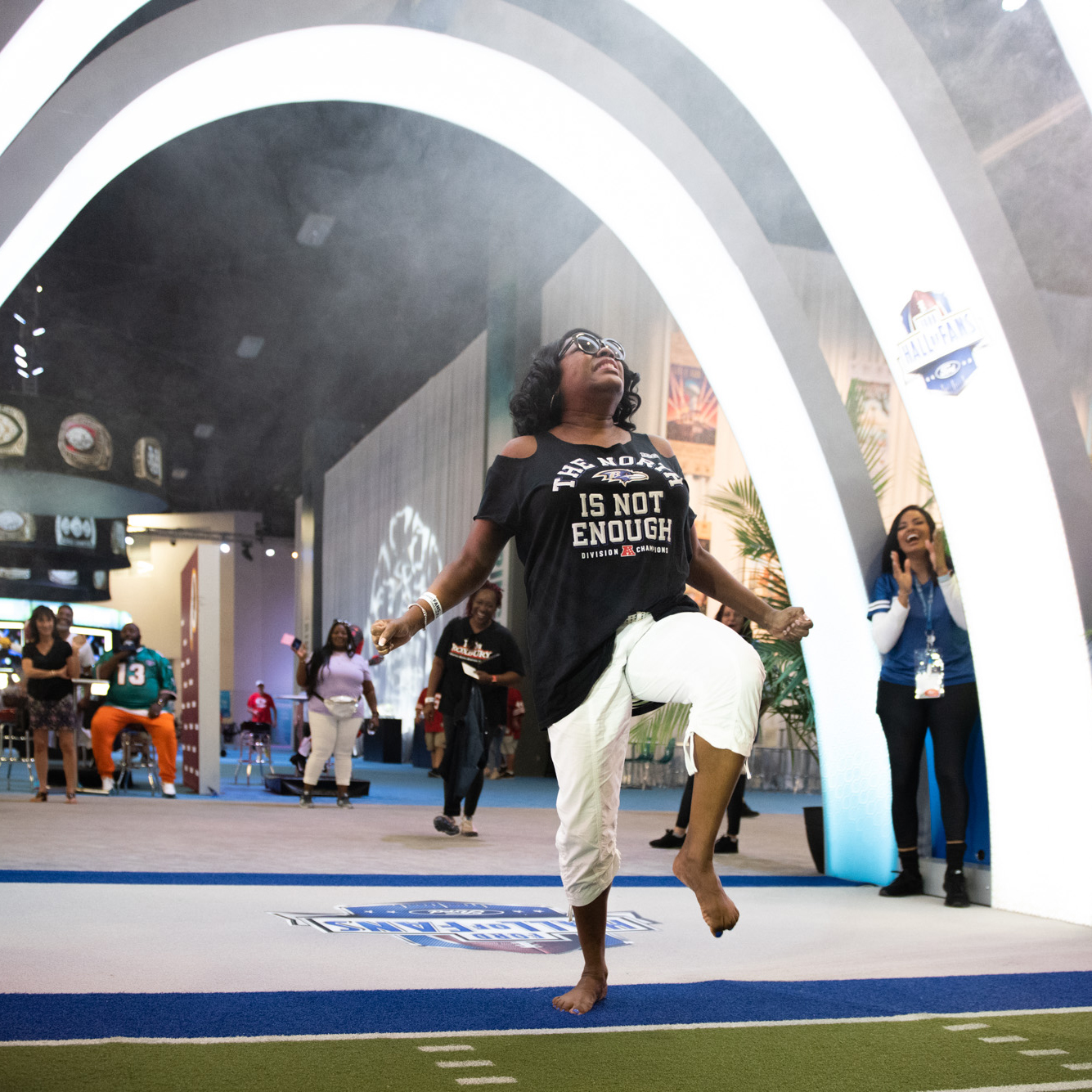
Client: Ford
Campaign: Ford Hall of Fans Super Bowl Experience
Agencies: Xperience Communications, GTB

Client: Ford
Campaign: Ford Hall of Fans Super Bowl Experience
Agencies: Xperience Communications, GTB
The Ford Hall of Fans program is a digital hall of fame that honors superfans with rewards and event access IRL. To drive awareness of the platform, engage rabid football fans and generate sales leads, Ford headed to Miami for Super Bowl LIV. Leveraging the biggest sporting event of the year, the brand offered football diehards a chance to prove their passion with an interactive NFL fan activation that went beyond the typical running and catching drills typically found at the Super Bowl Experience each year.
Upon arrival at the activation, fans were treated to an LED entrance tunnel moment. Once inside, every item they encountered was hand-crafted as a custom art piece and strategically placed for maximum impact. An example: the 12th Man Scream Machine, which had fans shouting at the tops of their lungs, was comprised of 4,000 marbles and could be adjusted for varying heights to accommodate fans’ statures. Among the other touchpoints: a shareable touchdown celebration, digital trading cards starring the fans themselves, custom rally towels honoring the year attendees became fans and a Super Bowl LIV living wall photo op.
The program scored Ford some impressive results, including over 10,000 registrations and a total of 13,644 fan engagements. Now that’s going long.
Ex Winner
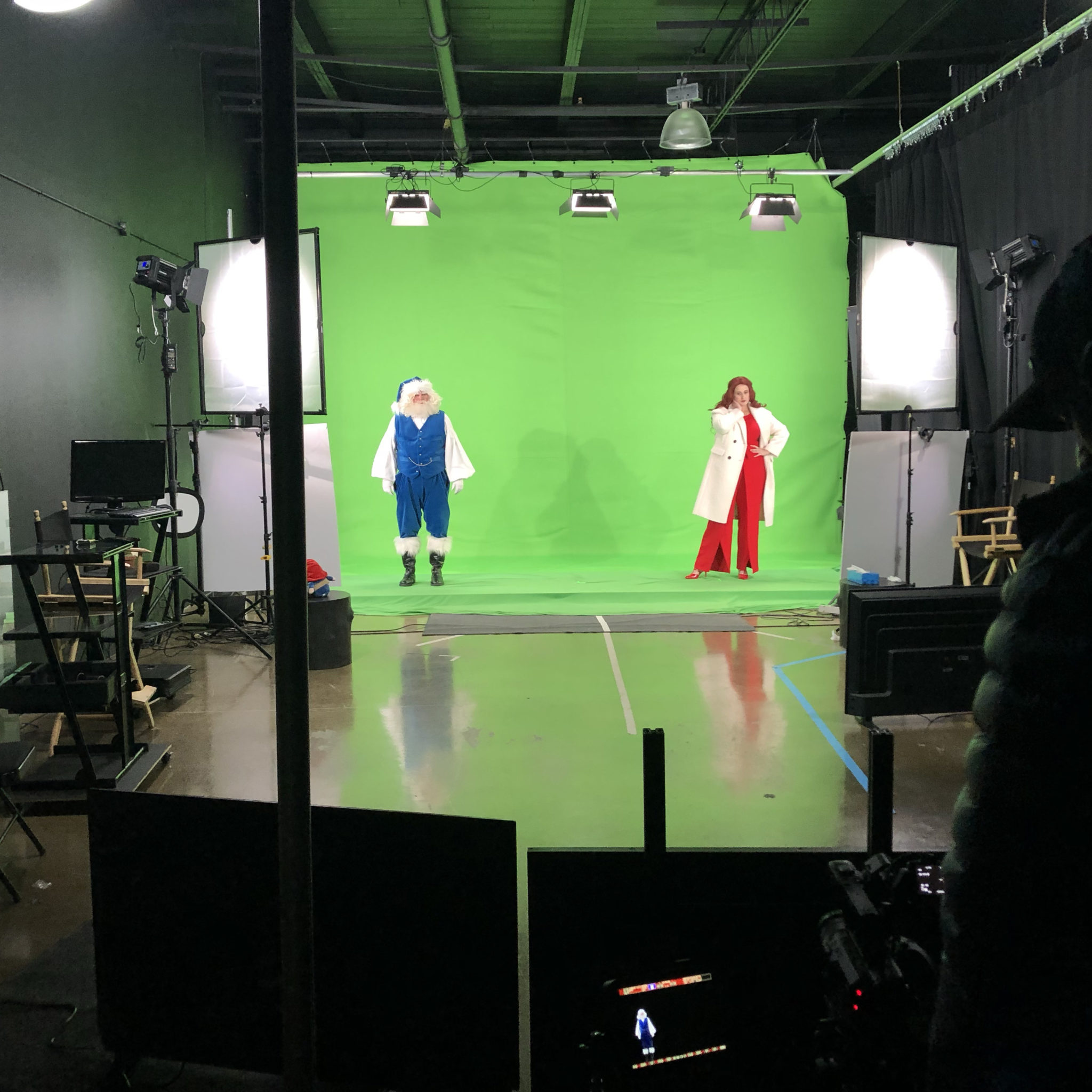
Client: WestJet
Campaign: Christmas Miracle: To Give or Receive
Agency: In-house

Client: WestJet
Campaign: Christmas Miracle: To Give or Receive
Agency: In-house
WestJet’s Christmas campaigns are legendary. Here’s just a taste of what the brand has pulled off over the last eight years: Delivering personalized gifts from “Blue Santa” at baggage claim, completing 12,000 acts of kindness in 90 destinations over the course of 24 hours, and throwing an epic community Christmas party for the residents of Fort McMurray in Alberta, Canada, after devastating wildfires.
For the 2019 Campaign, To Give or Receive, WestJet got consumers involved in the giving while showcasing its partnership with the Ronald McDonald House Charities Canada. The first leg of the program took place over social media. On Nov. 25, WestJet released a trailer on Facebook, Instagram, Twitter and YouTube to introduce its newest holiday campaign character, Ebeniza Scrooge. Each day from Nov. 27 to Dec. 7, a short video was released featuring Blue Santa and Ebeniza. Each video gave viewers the chance to Like the post or Love the post to have the equivalent dollar value of a prize donated to families thanks to their social actions.
Then, WestJet took the program live. On Dec. 8, the brand released the hero video, featuring content filmed at Toronto Brickworks Market where invited consumers enjoyed a winter wonderland pop-up with a craft station, candy and hot cocoa. Within the event space was a giant Blue Santa Hat structure, where inside they were greeted by holograms of Blue Santa and Ebeniza. The characters interacted with consumers in real-time and offered a prize based on their holiday wishes. The catch: They would have to make the choice to keep it or donate it. How it worked: WestJet volunteers mingled with consumers before entering the hat, gathering information about them to relay back to Santa and Ebeniza. Santa and Ebeniza were filmed in real-time on a greenscreen in North West Toronto and their images were beamed live into the giant hat set at the event in downtown Toronto. (Fun fact: the director and the creative director used Skype to stay in touch with the camera crew and the actors to ensure the show flowed as planned. There were nine cameras in play to capture all of the elements of the event.)
As the consumers chatted with Santa and Ebeniza and their prize was revealed—things like free WestJet flights, gift cards or vacation packages—they were given the option to keep the gifts or donate them to Ronald McDonald House families across Canada on the spot by sticking the gift boxes into a nearby mailbox. In some cases, consumers who donated the gifts were able to meet the recipients in person and share in the gratitude.
Involving consumers in the story line of the campaign resulted in a 1,400-percent increase in engagement on the content compared to 2018. Sentiment was recorded at 92 percent and, overall, the campaign generated $3.5 million in direct sales. And lots and lots of used tissues.
Gold Winner
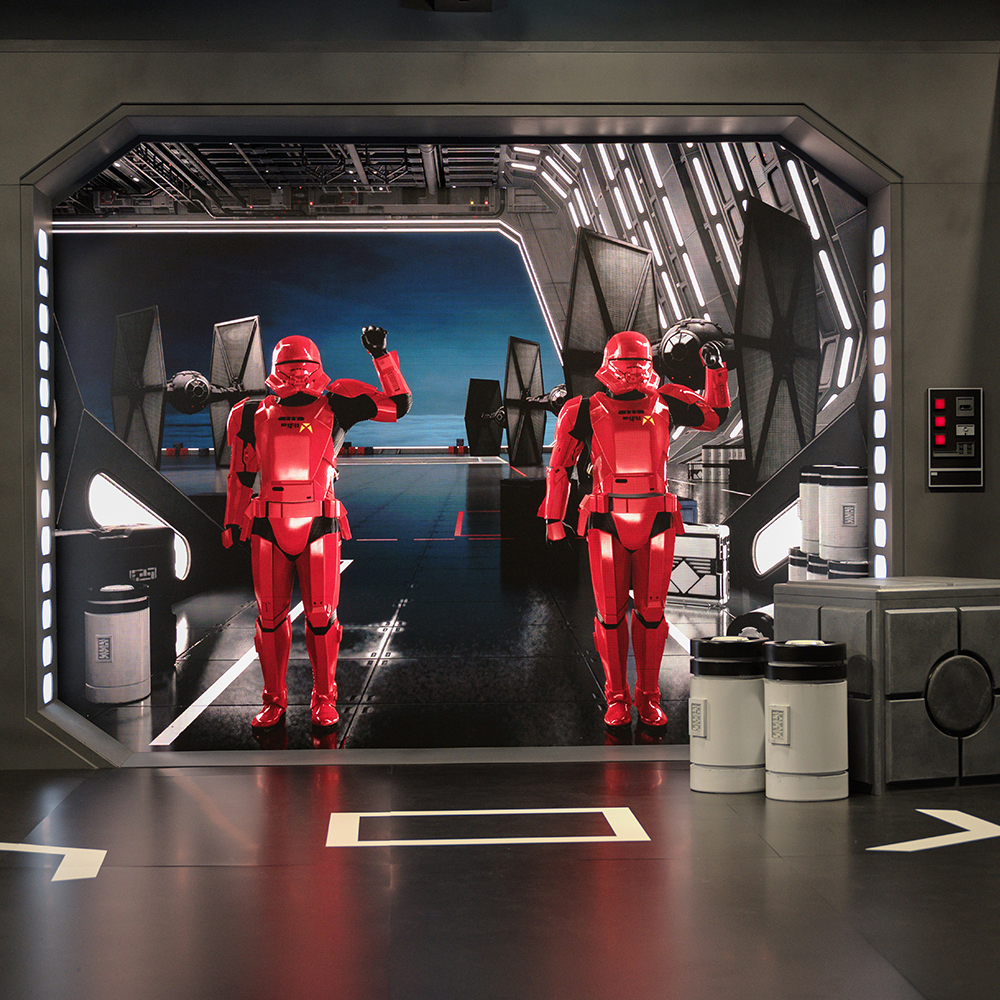
Clients: Verizon, RYOT Studios
Campaign: Video Activation at Star Wars: Rise of Skywalker World Premiere
Agency: JJLA

Clients: Verizon, RYOT Studios
Campaign: Video Activation at Star Wars: Rise of Skywalker World Premiere
Agency: JJLA
Forget celebs and flash bulbs—here’s an idea to spice up the red carpet: For the premiere party of “Star Wars: The Rise of Skywalker,” media company RYOT teamed up with Verizon to give the 2,000 attendees an opportunity to interact with two red armor-clad First Order Sith stormtroopers in real time—an activation that showcased the power of Verizon’s 5G network.
A nine-foot by 12-foot LED wall provided by Matrix Visual (it’s one of the highest resolution video walls on the event rental market) was the centerpiece inside a large tent structure in front of the Dolby Theatre in Hollywood. During the event, the wall—which could be seen from 100 feet away across the party—displayed a video of airlock doors blasting open framed by Star Destroyer airlock architecture. Yep, details only a fan can appreciate. As attendees approached, the airlock doors would appear to explode open. Then two 3D Sith troopers in the distance approached and began interrogating the person standing in front of the screen.
The actors in stormtrooper gear were actually 15 miles away, but they responded in real-time and could see people approaching the screen. As each attendee wrapped up their conversation with the stormtroopers, they viewed the live feed of the actors in Verizon’s 5G Studio. This behind-the-scenes-look helped attendees understand the technology, and the promise of 5G with its speed and latency-free networking.
The mesmerizing and surprising technical experience engaged both diehard fans and newcomers, and without any reported glitches, it certainly raised the bar—as attendees raised a few glasses.
Silver Winner
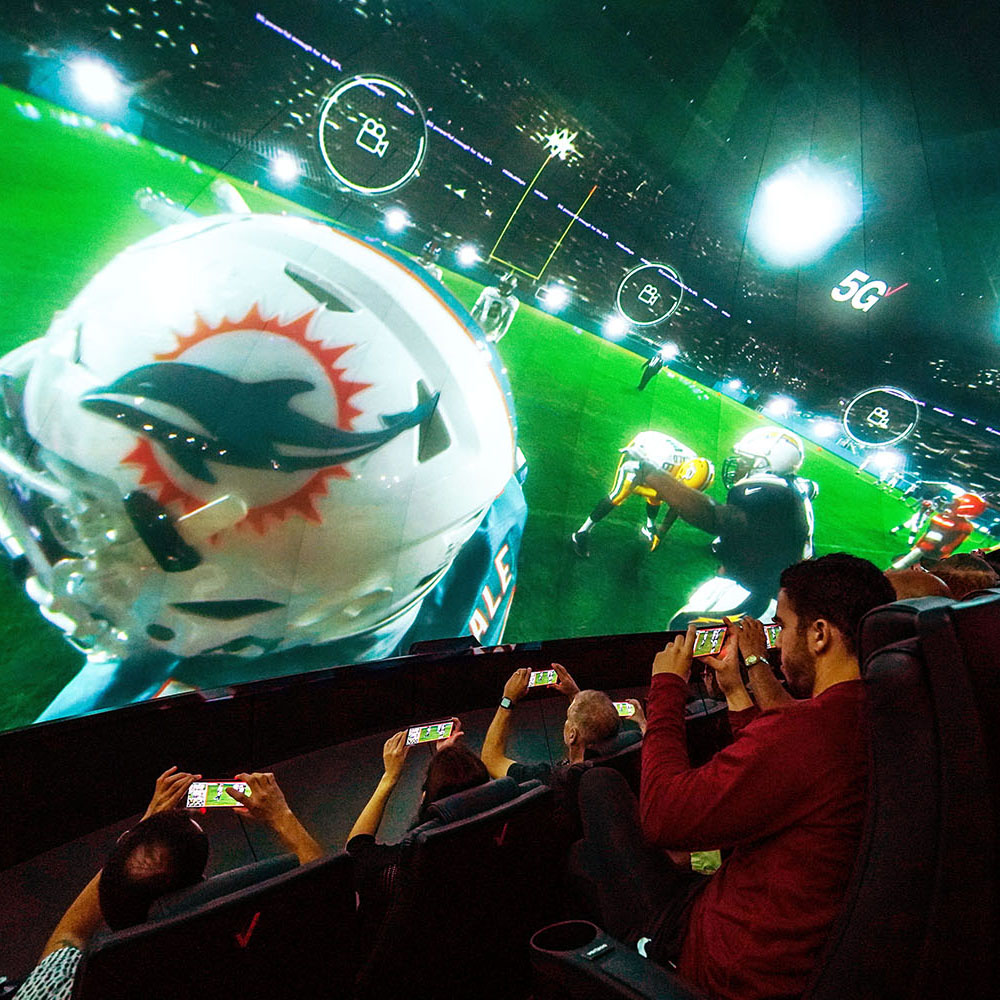
Client: Verizon
Campaign: Verizon 5G Stadium
Agency: Momentum Worldwide

Client: Verizon
Campaign: Verizon 5G Stadium
Agency: Momentum Worldwide
Verizon’s 5G Ultra Wideband network is essentially an invisible product with very tangible benefits for the consumers and industries. This faster network that runs on a higher frequency than 4G will result in super-fast speeds and lower latency. Super Bowl Live title sponsor Verizon needed to show fans how the network will impact the game they love as well as their lives. To create a mini-world wrapped in 5G, Verizon built the Verizon 5G Stadium—a 360-degree, 4D projection dome that transported fans to the 5G stadium of the future.
The campaign began at the Pro Bowl where Verizon created the first-ever 8K, 360-degree livestream of an NFL game, which is only possible by 5G. Verizon mounted its own camera on top of the NFL’s Sky Cam to capture the footage. At the Super Bowl Live experience, Verizon demonstrated how 5G will change the in-stadium experience by immersing fans in an AFC/NFC All-Star battle projected in the dome. Using 5G phones attached to their seats, consumers could interact with the world around them through augmented reality wayfinding, real-time AR stats, accessing multiple 4K camera streams from the device, and viewing volumetric instant replays.
The high-tech activation that served up a relevant 5G experience for sports fan engaged 10,245 attendees and resulted in 145,000 total engagements. Through it, the brand saw a 41-percent lift in brand affinity.
The future is bright. And fast.
Ex Winner
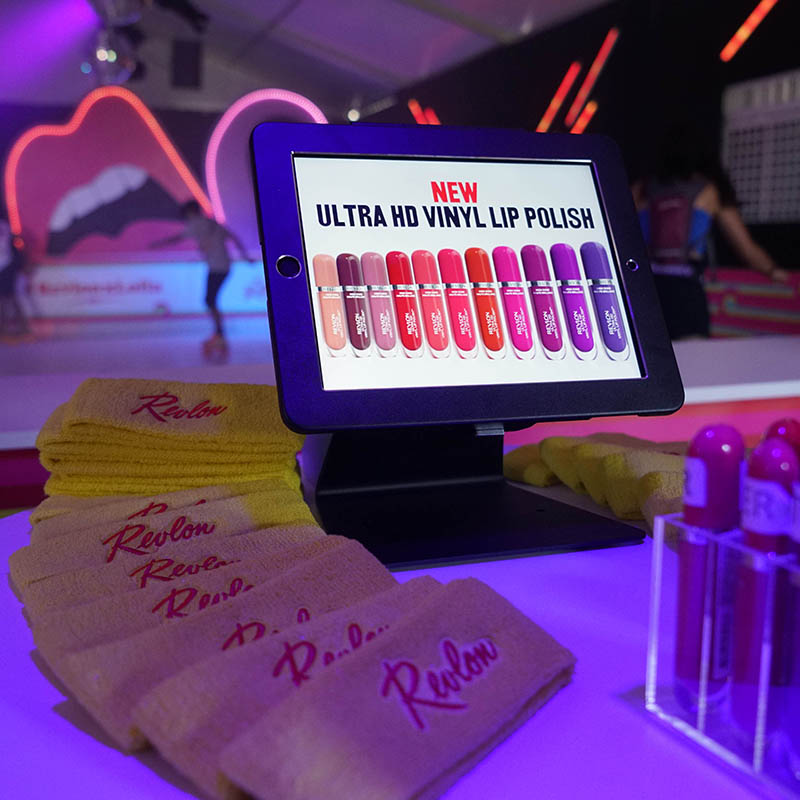
Client: Revlon
Campaign: Ultra Rollerama
Agency: Live Nation

Client: Revlon
Campaign: Ultra Rollerama
Agency: Live Nation
Revlon isn’t necessarily top-of-mind for the trendsetting beauty buffs that attend music festivals like Lollapalooza, so the brand spun into the event with a bona fide roller rink and a bold objective to make its Ultra HD Vinyl Lip Polish the hottest beauty topic of the fest. More than 100 artists, including some of music’s hottest acts, performed at Lollapalooza, attracting a highly engaged and influential audience that served as the ideal Revlon target. The goal was to increase brand relevance among these energetic and engaged beauty enthusiasts amid a congested market where Revlon isn’t always a consumer’s top choice.
The centerpiece of the Revlon experience at Lollapalooza was the 40-foot by 40-foot Revlon Ultra Rollerama, a high-gloss (get it?), retro-infused roller rink that celebrated the fun nature of beauty and carefree summers. There, consumers could skate to their hearts’ content as a dj spun tunes each day, including a surprise performance by Chelsea Cutler. Just outside the rink, a dedicated sampling area offered festivalgoers a chance to test out the Ultra HD Vinyl Lip Polish and receive full-size samples, a premium in the beauty space. Thousands were distributed daily.
Beyond the roller rink and sampling engagements, Revlon created custom, daily content across its social platforms, enlisted a crew of beauty influencers and leveraged a Fanfluencer program, a social tool that scouts out micro-influencers at the event, and rewards them with a gift. Throughout the activation, Revlon utilized spatial intelligence to maximize activation participation with a hybrid of Wi-Fi sensors, beacons, geo fences and RFID scans on-site to triangulate and project the audience.
In the end, fans loved that Revlon was offering more than a simple Instagram opportunity and a branded hashtag. It was an interactive experience that added to the overall festival and catered to influential consumers while staying on-brand. And it certainly didn’t hurt that attendees snagged full-size samples to use beyond the festival grounds.
The results? Totally glam. The activation sought to promote the Revlon brand via an in-app gamified survey featuring five custom questions based on Revlon’s KPIs, with a sample size of around 300. Among fans with no prior brand preference, Revlon had the largest lift in awareness with 37 percent (four points). It also enjoyed the greatest lift in consideration among this group (17 points). Among Lollapalooza attendees overall, Revlon enjoyed a four-point lift in brand preference, a seven-point lift in consideration and a five-point lift in brand love, all while earning the largest drop (16 percent) in “negative brand love” among attendees.
Gold Winner
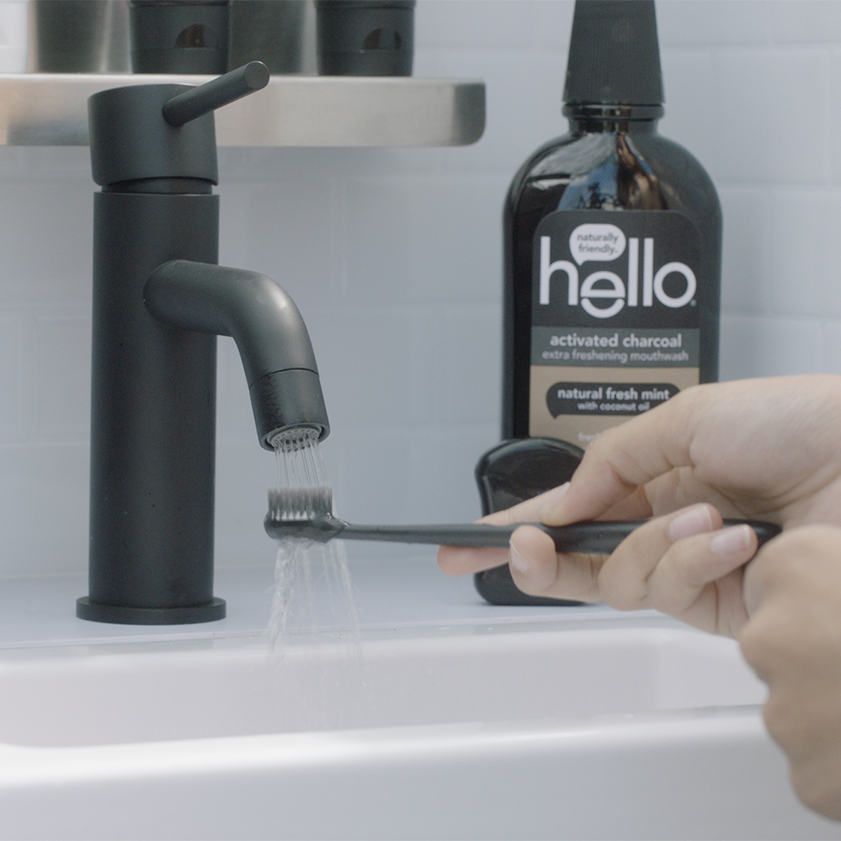
Client: Hello Products
Campaign: Spyt by Hello
Agency: Humanaut

Client: Hello Products
Campaign: Spyt by Hello
Agency: Humanaut
If you think brushing your teeth is a strictly personal activity, think again. With an organic brand and a millennial-minded target that leans toward using natural products, entrepreneurial personal care company Hello set out to build brand awareness and conquer the on-demand trend.
Company research revealed that 30 percent of millennials admitted to brushing their teeth just once a day, with some disclosing they’d gone more than two days without a brushing session (yikes!). So Hello decided to deliver a clean sink and the gear needed to make it happen more frequently right to them. Enter: Spyt (pronounced “spit”), a mobile brushing service featuring an electric scooter with a fully functional tile-lined sink attached to it, complete with a toothbrush, multiple toothpaste flavors, mouthwash and floss (think: a Vespa but more hygienic). To keep the process fresh and clean, drivers sanitized the sink after each session. Yep, Hello delivered everything and the bathroom sink. Brushers even took home a one-ounce tube of toothpaste and a toothbrush after their brushing experience.
To build initial buzz, Hello launched Spyt with a select group of beauty and lifestyle influencers in New York City who got to experience Spyt IRL and share it with their friends and followers. The brand followed up the launch with additional activations with retail partners in Manhattan, including outside of coffee shops, restaurants and bars.
As for the results, quite refreshing—Hello increased brand awareness in New York City by 10 percent. All by convincing consumers to brush their teeth in the streets.
Silver Winner
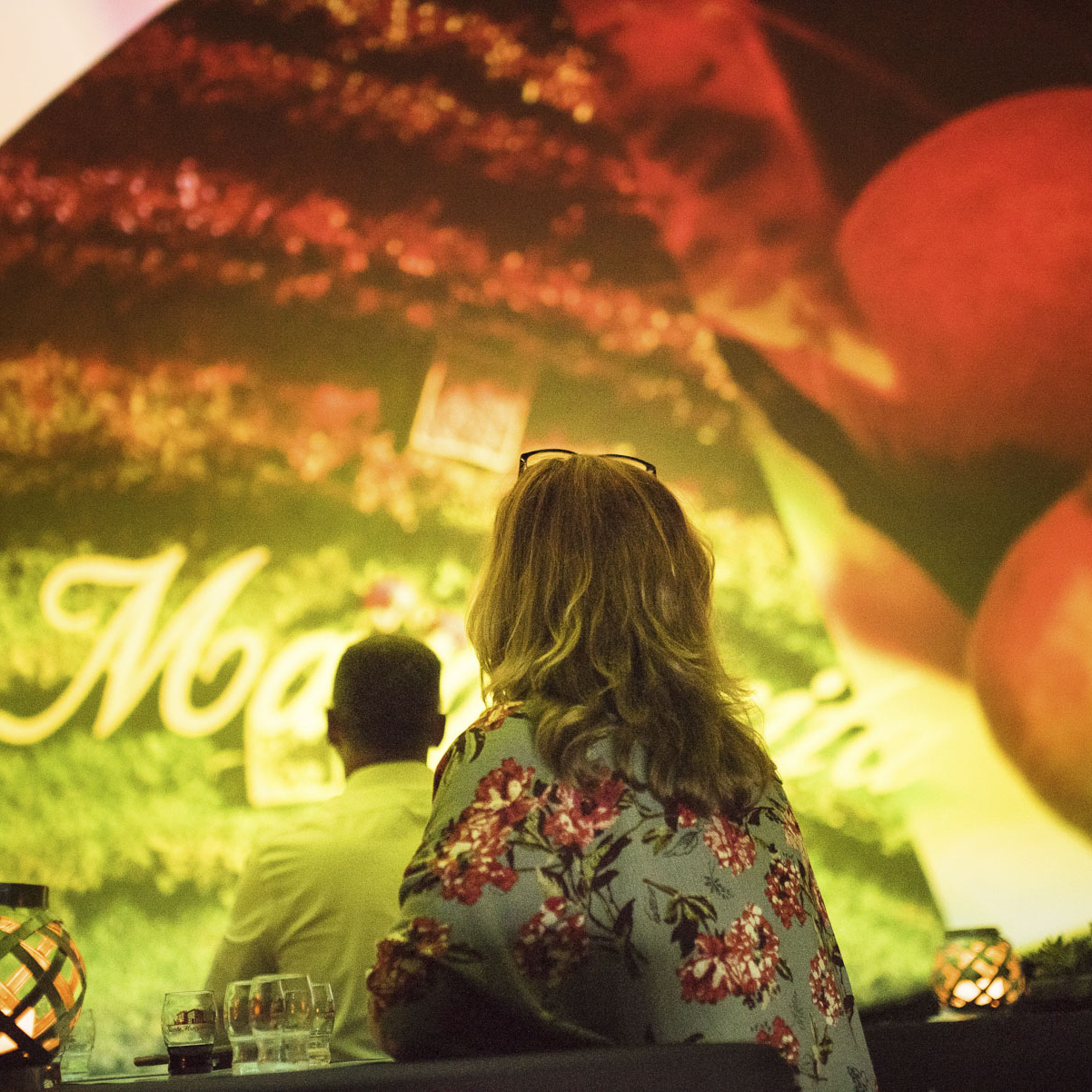
Client: Santa Margherita
Campaign: Follow the Vine
Agency: Factory 360

Client: Santa Margherita
Campaign: Follow the Vine
Agency: Factory 360
At some point, every vino enthusiast has been overwhelmed by a wine list—and a cluttered marketplace doesn’t make it any easier to actively seek out a specific brand. To solve for this pain point, Northern Italian wine label Santa Margherita set out to preserve its history and make an impact on college-educated millennial women by arming them with information about Santa Margherita varietals that would effectively provide them entry into the wine culture domain.
To make it happen, Santa Margherita developed an innovative wine tasting experience dubbed Follow the Vine that was designed for memory retention. The activation took place inside a dramatic grapevine maze, where attendees discovered tasting notes, flavor pairings and brand engagements around every corner. And here’s where it gets really cool: when consumers encountered a point of information, something visually stimulating accompanied it to trigger dopamine in the brain, and therefore strengthen memorization. Think: over-the-top hors d’oeuvres to remember pairing notes and a seven-minute, 360-degree film to remember the Santa Margherita story. Additional event touchpoints included a photo booth featuring automated hashtags and a sculpture garden.
Thirty-one thousand samples later, Follow the Vine earned some tantalizing results, including 915 million media impressions and 18,000 RSVPs.
Ex Winner
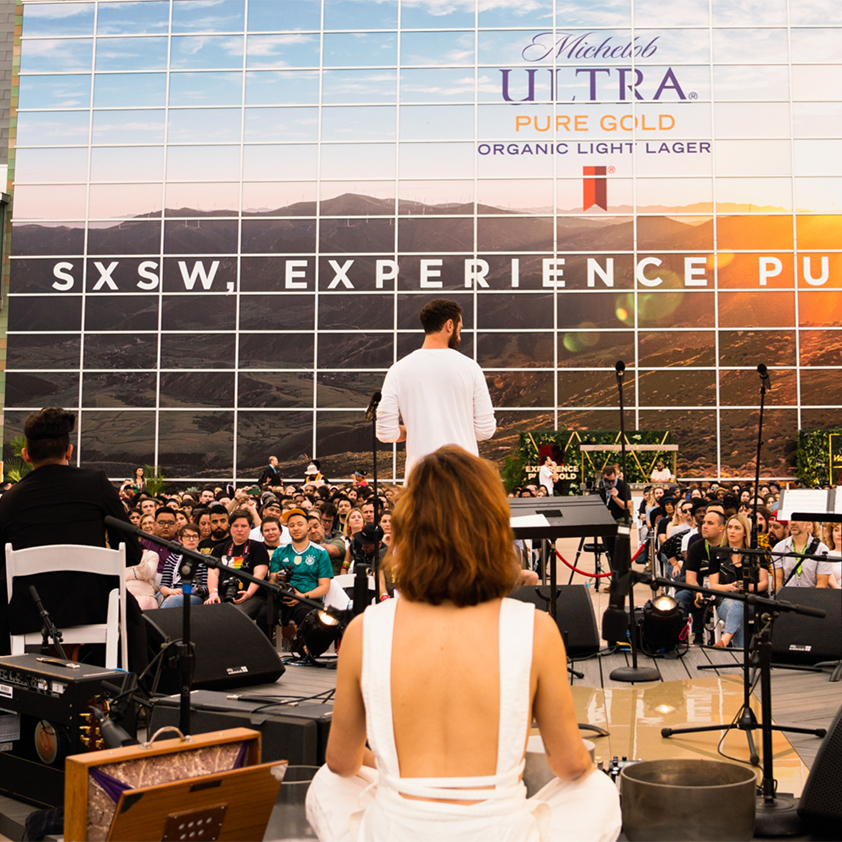
Client: Anheuser-Busch
Campaign: Pure Golden Hour by Michelob ULTRA Pure Gold
Agency: Mosaic

Client: Anheuser-Busch
Campaign: Pure Golden Hour by Michelob ULTRA Pure Gold
Agency: Mosaic
SXSW is a crazy-busy landscape, saturated with some of the year’s top experiential marketing campaigns, on top of a trade show, expos, conference sessions, a film and music festival, and more. It’s an event where information and emerging technologies dominate the landscape.
Recognizing the rich media platform SXSW provides, Michelob ULTRA targeted the event for the launch of Michelob ULTRA Pure Gold beer, the first mass-market USDA-certified organic beer. The brand, which has focused its messaging on connecting people back to nature by hosting fitness or outdoor-centric events paired with happy hours, needed to rise above the clutter while expressing the wellness message that has become synonymous with the low calorie drink.
The solution: To provide “an anecdote to this over saturation” by hosting an organic moment of “calm and connection” a la the Pure Golden Hour. This first-ever mass meditation event at SXSW, produced with The Big Quiet, involved more than 2,000 strangers uniting in meditation (and silence) on the outdoor terrace of the Long Center for the Performing Arts overlooking the Austin skyline at sunset. Free from technology and other distractions, the crowd went through breathing exercises together and when they awoke from the meditation, they enjoyed a string orchestra featuring Grammy-nominated artist Miguel, and performances by indie artist Bishop Briggs and emerging artist Cautious Clay, all to music composed exclusively for the event. The experience concluded with a serving of Michelob ULTRA Pure Gold and organic bites as DJ Captain Planet spun beats.
Not only was the event a disruptor—the team referred to the idea as “Hack SXSW”—it aligned beautifully with Michelob ULTRA’s wellness messaging targeting consumers age 21 to 45. SXSW also has a large wellness component to its program, so Michelob ULTRA had a captive audience to tap into. In fact, there was so much interest, Pure Golden Hour sold out with a total of 21,068 RSVPs for an event that only held 2,000 people. And the size and striking visuals gained plenty of media attention, too, with 45 media placements and 87.1 million p.r. impressions. Not to mention plenty of imagery and footage captured so the event could live on through the brand’s social media channels.
Said one wellness influencer from the blog The Enso: “With Jesse’s soothing voice and inspiring words—accompanied by a string ensemble—leading the audience through breathing and visualization exercises, I was totally amazed at how the massive crowd became instantly unplugged.”
Phones down, eyes closed… the attendees’ reactions were in stark contrast to other experiences taking place in Austin. And that was just the idea.
Gold Winner
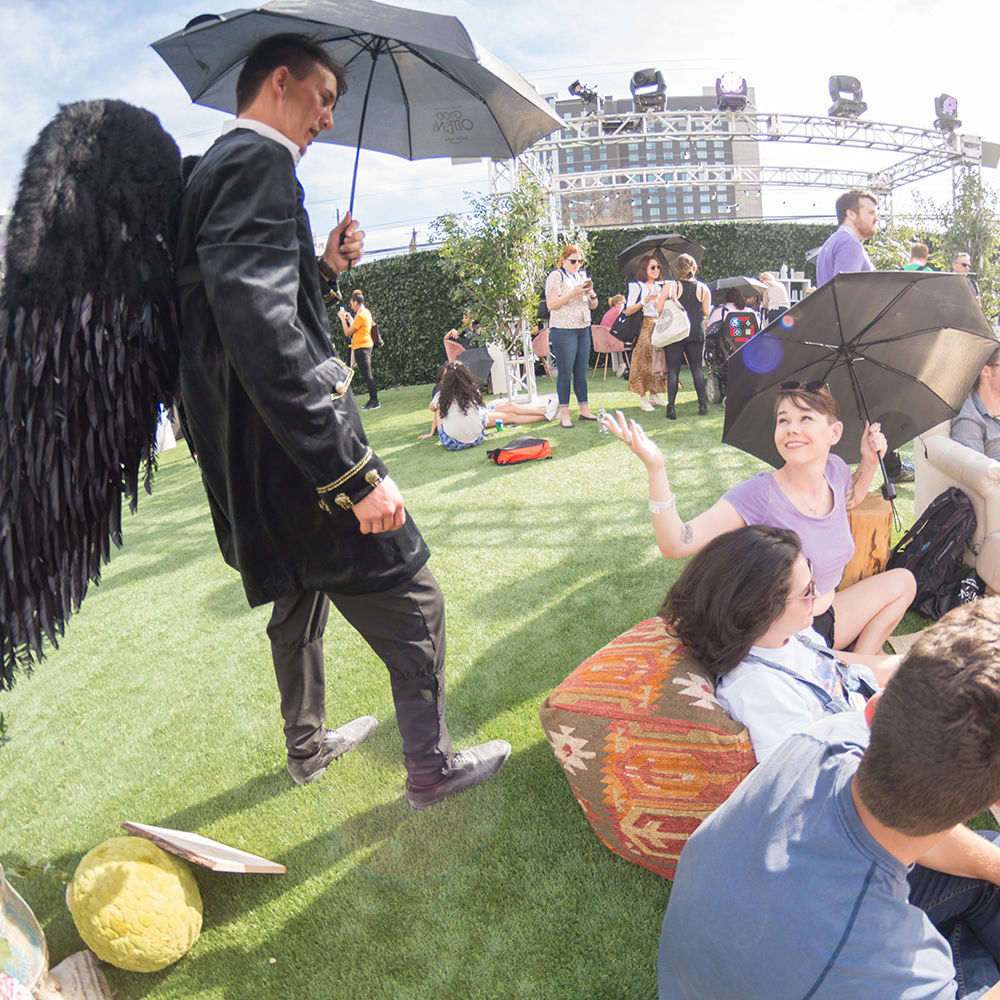
Client: Amazon Prime Video
Campaign: Good Omens
Agency: CSM Sport & Entertainment

Client: Amazon Prime Video
Campaign: Good Omens
Agency: CSM Sport & Entertainment
Amazon Prime Video invited SXSW goers to step into the world of its novel-turned-series, “Good Omens” ahead of the premiere, activating an “Armageddon in Austin” with The Garden of Earthly Delights. To draw attention to the experience, Amazon Prime Video deployed apocalyptic characters who roamed the streets of Downtown Austin warning people of “impending doom” with signs of the apocalypse from the series. Think: angels, chattering nuns, demons and witchfinders. With more than 79 actors involved, the street teams covered the streets of Austin and SXSW—traversing more than 1,200 miles by the time the program was done.
The Garden of Earthly Delights itself was a 20,000-square-foot space featuring a 25-foot-tall, hand-carved tree that served beer and wine, as well as mini experiences and other curiosities from national and local brand partners. Among them: a Hellhound Puppy Pen with adoptable puppies from a local Austin animal shelter, “heavenly and hellish” treats and elixirs from local Austin eateries, a pop-up of the book shop from the series that was a photo op for superfans, and manicure services.
To boot, Prime Video partnered with BuzzFeed and Entertainment Weekly, hosting over the course of the activation special appearances by the likes of actors Jon Hamm and Michael Sheen, author Neil Gaiman, and performances by Questlove, Dan Deacon and Almost Queen. All told, some 65 celebrities experienced the Garden.
It all earned the brand more than six billion media impressions with a total ad value of $103 million. Yep, cue the choir music. All told, the brand entertained more than 13,000 attendees and scored 147 media placements.
Silver Winner
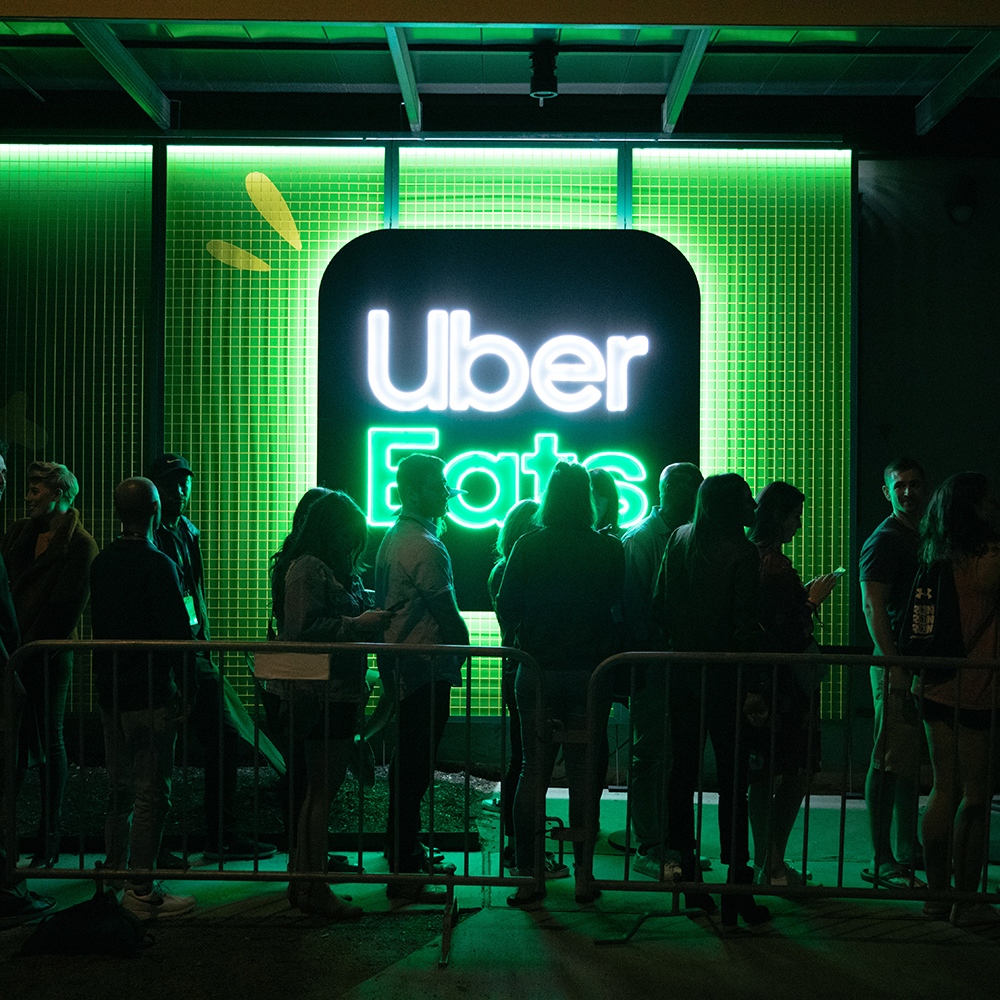
Client: Uber
Campaign: Uber Eats x SXSW
Agency: Optimist

Client: Uber
Campaign: Uber Eats x SXSW
Agency: Optimist
Everybody’s gotta eat, but at a large-scale event like SXSW, that’s often easier said than done. From long lines to packed scheduling, attendees typically don’t have time to explore the food options Austin has to offer outside the bounds of the event. Uber Eats set out to solve this pain point, and make certain attendees never missed a moment by bringing the features of the app to life.
Uber Eats surprised festivalgoers with food drops at the longest lines and served grab-and-go goodies from convenient walk-up windows on busy 6th Street. The “pinnacle” of the experience was the Uber Eats House, where the brand paired food, music and innovation. From Roy Choi grilling tacos over an inspirational hip hop soundtrack, to Khalid, Virgil Abloh and Billie Eilish crushing the stage while restaurant favorites McDonald’s, Milk Bar and by CHLOE provided attendees with bites, Uber Eats delivered programming that cut through the noise.
The house also played host to chef’s tables and panel discussions about food and culture and then transitioned into a nightlife scene for the city. And to help get the word out, Uber Eats partnered with Majordomo Media and world-renowned chef David Chang to curate a one-of-a-kind potluck dinner featuring five female chefs from across the country and hosted episodes of The David Chang Show within the space.
More than 25,000 people in Austin engaged with the experiences and Uber Eats saw a 14-percent lift in signups.
Special delivery.
Ex Winner
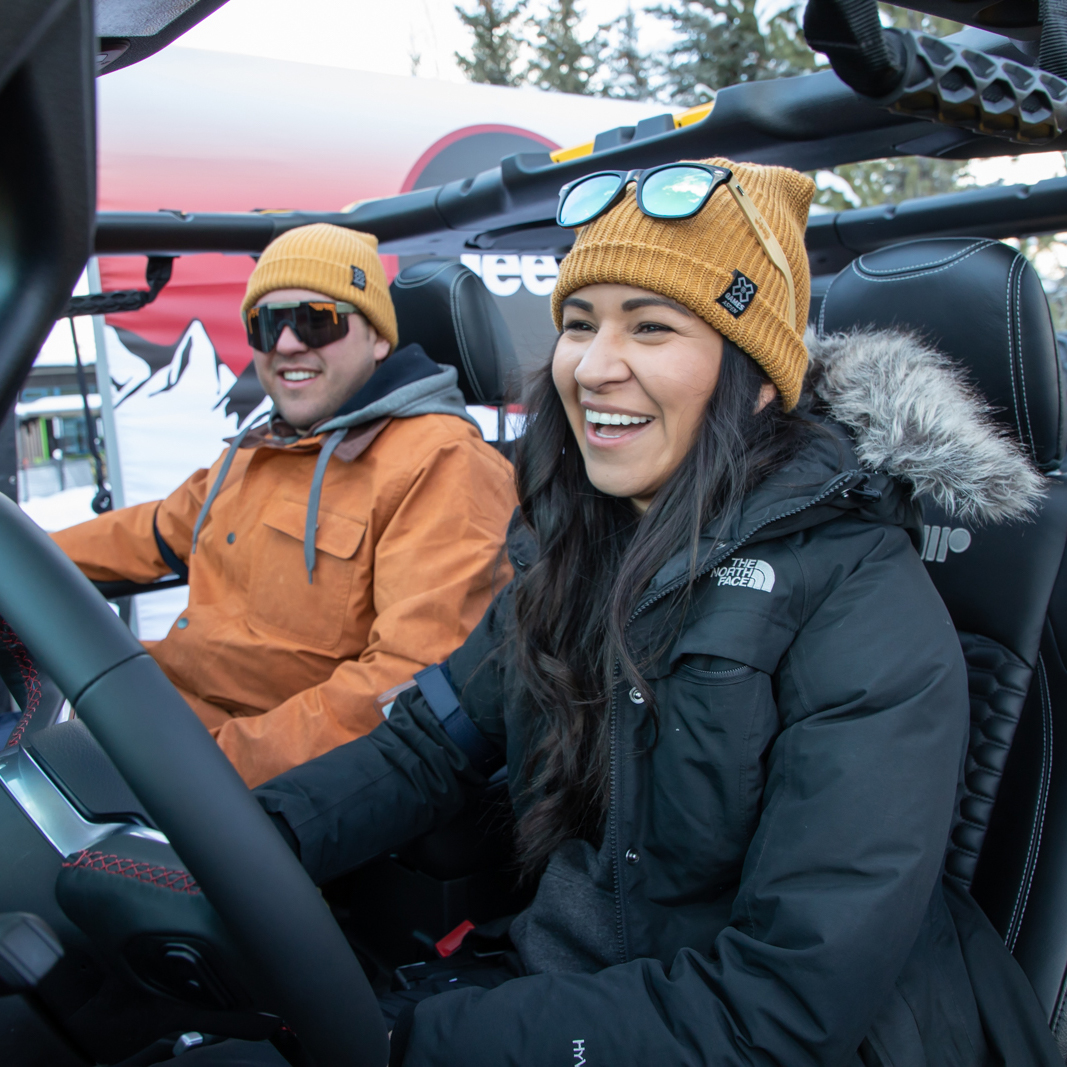
Client: Jeep
Campaign: Jeep Champion of Adventure
Agency: Inspira Marketing Group

Client: Jeep
Campaign: Jeep Champion of Adventure
Agency: Inspira Marketing Group
The bitter temps and plentiful snow are a given when it comes to the annual Winter X Games in Aspen, CO. And for several years, the static elements of Jeep’s activation were almost as predictable as the weather. In search of an innovative program makeover that shook up its sponsorship, Jeep set its sights on connecting with millennial attendees who aligned with the adventurous spirit the brand is known for. Enter: The Jeep Champion of Adventure experience.
To cater to its audience at the 2019 Winter X-Games, Jeep invited downhill sports fans to elevate their adventure game by participating in a multisensory, 360-degree film experience inside a 30-foot geodesic dome that placed them behind the wheel of a Jeep Wrangler as it traversed extreme terrain. That’s right, attendees were placed in real Jeep Wrangler Rubicon heated leather seats that were motion activated with a rumble feature to enhance the viewing experience. To create the immersive film, Jeep and its partners traveled to Big Bear Lake, CA, and utilized cutting-edge technology to capture the footage.
Along the virtual journey, attendees felt a surge of adrenaline as the Jeep Wrangler ascended a steep incline, crawled over boulders, hit epic mud bogs, crossed a dry lake bed, cut tracks across a meadow and cruised the open desert against a spectacular sunset. Sensory effects along the way included blowing wind and the scent of cedar and pine to underscore key moments, while visual cues guided consumers through the experience. Tying it all together, a best-in-class sound system played a custom soundtrack, ensuring that every splash of mud and crunch of snow was heard over the roar of the vehicle’s engine.
After the film was shown, consumers got behind the wheel of a complete Jeep Wrangler for live demonstrations. The vehicles themselves served as Instagram-worthy backdrops for exclusive meet-and-greets with X Games athletes. The experience additionally included hot waffles and s’mores served out of Jeep’s on-site cabin. Once inside, attendees could enter to win Rossignol skis and customize leather Jeep keychains with the GPS coordinates of their favorite adventure spot.
Jeep was also able to track leads through RFID wristbands attendees received upon entering the footprint. At multiple points within the space, they could check in with their wristband, including at the entrance to the dome, at vehicle displays after speaking with a product specialist and by cashing in a token for a s’more.
In the end, the Champion of Adventure experience engaged more than 2,100 attendees, while 812 vehicle demos were conducted, and the dome technology contributed to an average dwell time of eight minutes and 23 seconds. And that’s how you pave the road to success.
Gold Winner
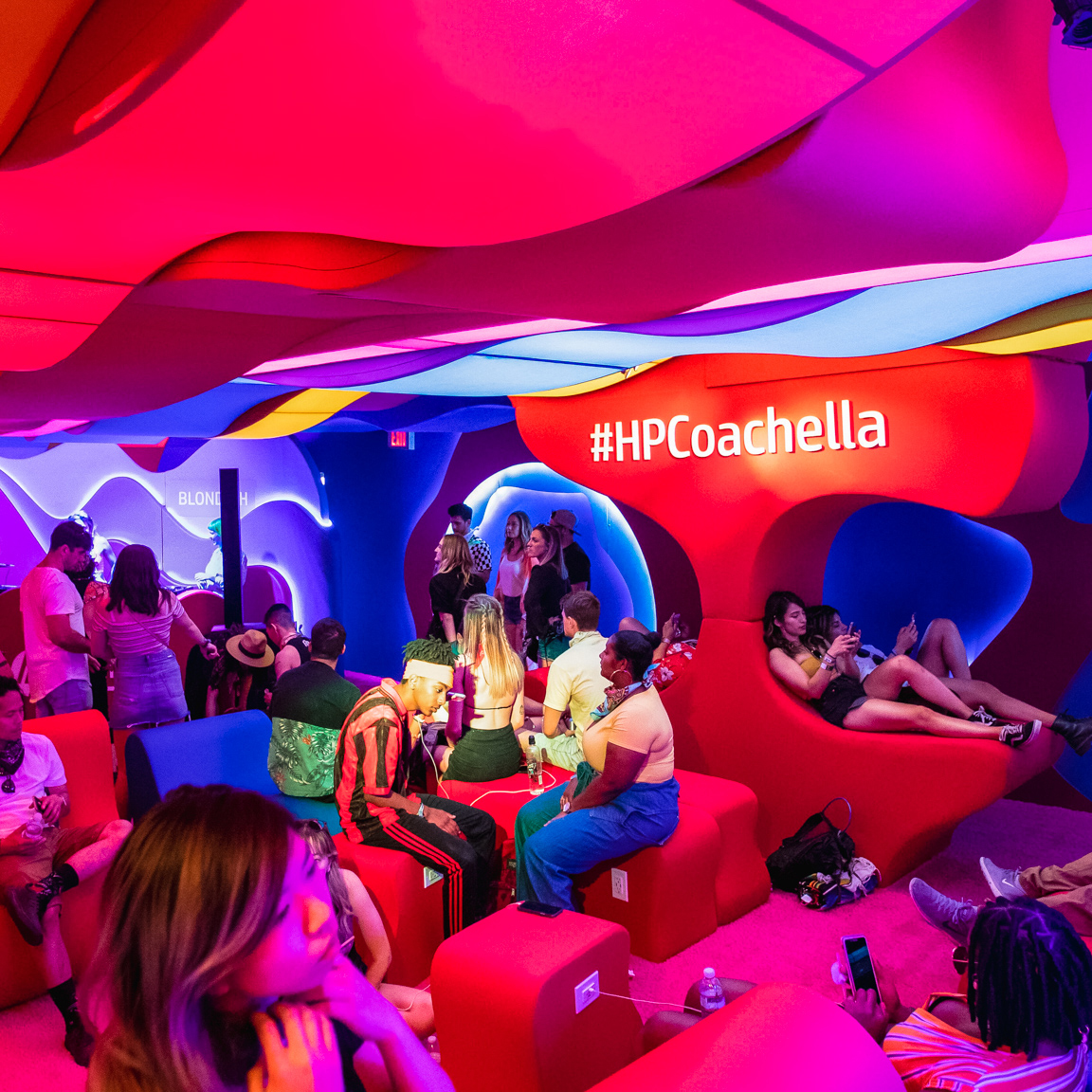
Client: HP
Campaign: Coachella
Agency: Infinity Marketing Team

Client: HP
Campaign: Coachella
Agency: Infinity Marketing Team
Younger audiences are all about hands-on experiences that they can customize so to get its consumer lines of PCs and large-format printing capabilities in the hands of millennials and Gen Z, HP headed to Coachella, where nearly 60 percent of attendees matched its target audience. By pushing the boundaries of music, art and technology, the brand aimed to illustrate how creativity is boundless with HP products and technology.
With the bold objective of becoming the most talked-about brand presence at the festival, HP offered up a lounge, an Antarctic dome activation and a patio area, all featuring vibrant design elements. The Antarctic dome served as a multisensory musical, film and laser experience that told a story of emotional human resilience via custom, multi-colored laser light beams that combined with the custom 360-degree dome content.
Over at the HP lounge and patio, a “Dreamland” themed carried through the footprint. Two central activations could be found within the space—“Inspired Ink” and “Lucid Dreaming.” The latter was an immersive projection experience in which festivalgoers, after choosing one of three visual patterns, manipulated fluid image projections with their body movements. Inspired Ink allowed attendees to design custom drawstring bags made of recycled billboard vinyl. And the patio offered an “Affirmation Wall” where, through their movements, attendees could shift the wall’s tiles, revealing positive affirmations.
The sponsorship offered some dreamy results: HP hosted 155,542 people—62 percent of total festival attendees, and achieved 37,702 on-site demos. Meanwhile, the Antarctic experience earned 339,550 impressions and the Affirmation Wall raked in 135,000 impressions.
Silver Winner
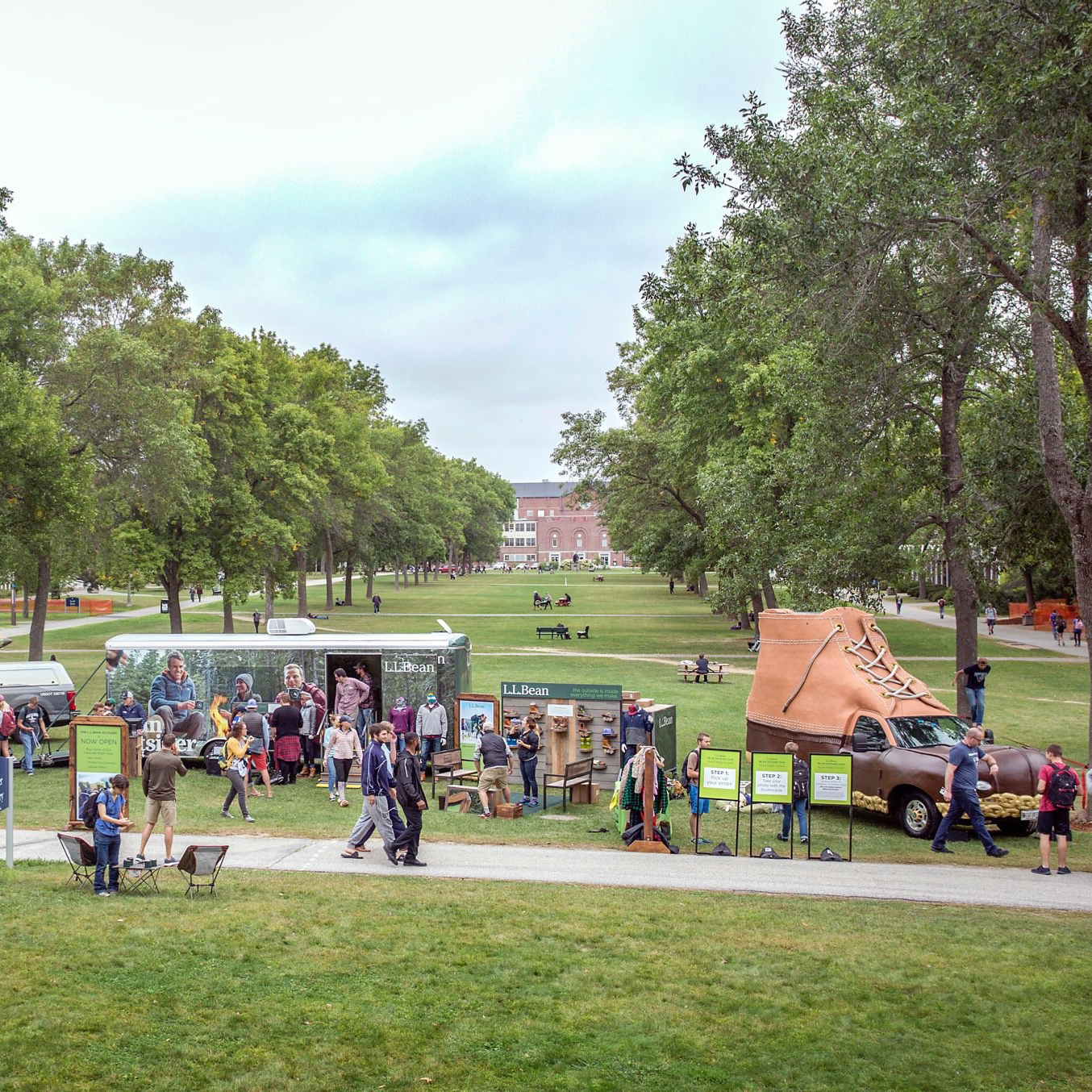
Client: L.L.Bean
Campaign: Pop-Up Retail Campaign
Agency: Newbridge Marketing Group

Client: L.L.Bean
Campaign: Pop-Up Retail Campaign
Agency: Newbridge Marketing Group
Right from the outset of its pop-up campaign, L.L.Bean had its eyes laser-focused on a hyper-targeted audience of Gen Z college students and millennials. The objective? To maximize on-site sales demand. To reach the target demo, the brand combined and evolved two of its well-established experiential marketing programs, ultimately delivering a pop-up retail campaign and mobile tour paired with a powerful student ambassador and influencer initiative.
The pop-up retail portion of the program leveraged a custom-built mobile selling trailer and a traveling point-of-sale system. It also included the renowned L.L.Bean Bootmobile, in addition to a branded box truck dedicated to carrying product inventory. To engage shoppers, the brand offered elements like the chance to customize their laces after purchasing a pair of boots, and Instagrammable design elements.
The L.L.Bean college student ambassador program was designed to work in tandem with the pop-up campaign. At target universities, select students were recruited, hired and trained to accomplish weekly tasks on behalf of the brand. To build buzz, they engaged fellow students via social media, campus events and partnerships with university clubs over a 10-week period.
L.L.Bean’s holistic approach reeled in $1 million in product sales, 2.9 million pop-up retail social impressions and 500 unique pieces of branded content created by student ambassadors.
Ex Winner
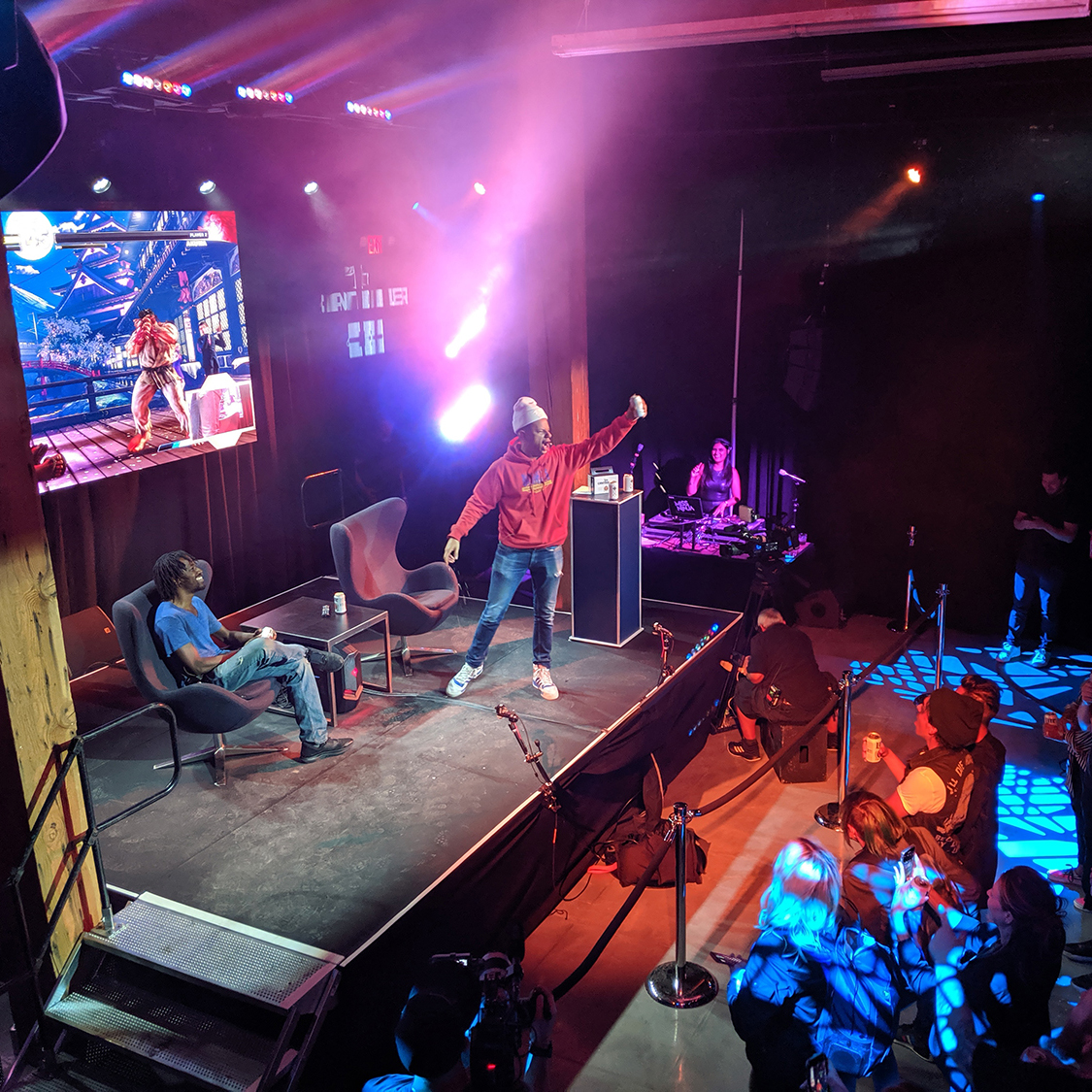
Client: Molson Coors
Campaign: Miller Lite Cantroller
Agencies: Jack Morton Worldwide, DDB

Client: Molson Coors
Campaign: Miller Lite Cantroller
Agencies: Jack Morton Worldwide, DDB
It’s not easy for alcohol brands to carve out a niche in esports given the wide age range of fans, many of whom are underage. To zero-in on the 21-and-older segment, Miller Lite turned to a new product innovation to break through with the Cantroller—a 100 percent playable, recyclable and drinkable game controller that looks like, you guessed it, a can of beer. But Miller new it couldn’t stop there.
The brand needed to introduce it to gamers in an authentic and memorable way, so it turned to gaming’s biggest event, E3, in Los Angeles. Miller Lite targeted adults ages 21 to 27 who are active in esports and gaming culture and hosted an after-hours spot tucked away in an alley near the convention center that was rebranded in Miller Lite messaging. There, gamers were invited to battle it out in a Street Fighter tournament for a chance to then face off against avid gamer Eric Andre. If they were victorious, they’d walk away with their very own autographed Cantroller worth $1,000. The tournament was streamed live on Twitch, giving gamers a public forum to show off their talents, while the choice of game, Street Fighter, appealed to the of-age audience Miller Lite wanted to target.
The vibe in the space was one of comfort with four mini living rooms that were reminiscent of a casual gaming setup at home. At the center of the space was a stage where Andre and his challengers faced the audience while their battle displayed onscreen behind them. There was also a bar serving Miller Lite, of course, and a DJ to keep the party lively.
And let’s talk about that Cantroller for a moment: Developed by Unit 9, the device was a full can of beer with a reskinned exterior featuring 10 functional, membrane-style game controller buttons (four “direction” arrows, “select” and “start” buttons and four “move” buttons). The can was wireless with a ribbon cable connected to a lithium battery pack and Bluetooth transmitter with haptic feedback response. It also included a micro USB port for charging, along with an on switch located on the bottom. Yep. It was the real deal. Two hundred cans were manufactured exclusively for Miller Lite’s tournament.
The livestream on Twitch also allowed Miller Lite to amplify the brand’s reach in esports by driving streamers to its Twitch channel. The event garnered more than 600,000 views online in only four hours—a 20,000-percent increase (you read that right) above and beyond the average Twitch Street Fighter stream. Miller Lite generated plenty of buzz, too, with more than 641 million impressions during a show where it’s hard to compete for share of voice. And it proved that with an authentic idea, brands can connect with an audience notoriously sensitive to marketing.
Gold Winner
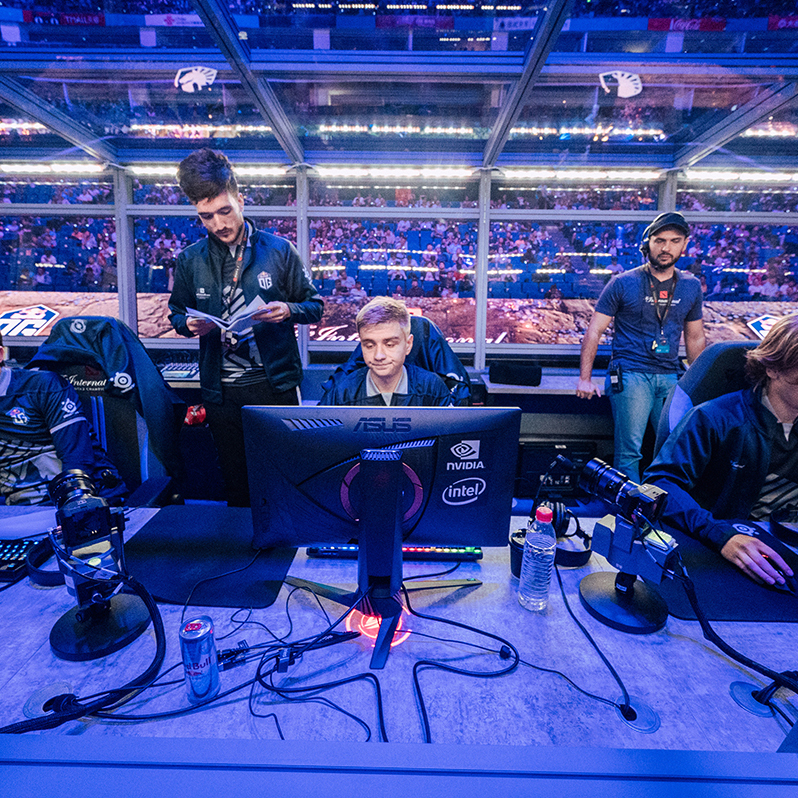
Client: Valve
Campaign: The International Dota 2 Championships 2019
Agency: TPN

Client: Valve
Campaign: The International Dota 2 Championships 2019
Agency: TPN
The largest prize pool in esports is tied to TI, the annual esports championship for the video game Dota 2, an event that was created and is produced by Valve. Winners are awarded millions of dollars, which is crowdfunded by the community. And the event is broadcast all over the world. In 2019, fans’ dreams came true when the TI9 event took place in Shanghai, China, the country which is the self-proclaimed home country of Dota 2. The stakes were high, and the event would need to help further cement China’s identity as the world capital of esports.
If the opening ceremony was any indication, this event was going to meet expectations and then some. It started with a seven-minute ceremony featuring 96 members of the Shanghai Philharmonic Orchestra and more than 200 performers. As fans arrived, they entered the Qingdang Plaza (we’re talking tens of thousands of fans) where there were 38 ticket counter positions and The Secret Shop for limited-edition merch and player tents.
Then they passed through a “moongate,” a 300-foot-wide by 30-foot-high temporary structure housing 16 team flags, tournament branding and LED lighting. Within the event, teams battled in soundproof modular rooms that dropped the sound level and allowed teams to communicate clearly amind the roar of the crowd in the arena. Some 9,400 square feet of LED display enhanced the experience for spectators.
The event, overall, was a record-breaker. It was Twitch’s most-watched Dota 2 event yet with a 51-percent increase in viewers—more than a quarter million more viewers over the prior year’s TI8. The 36,000 tickets sold out in under three minutes, and the prize pool grew to $34.3 million—setting an additional record for the biggest prize pool in esports history for a single event. Game over.
Silver Winner
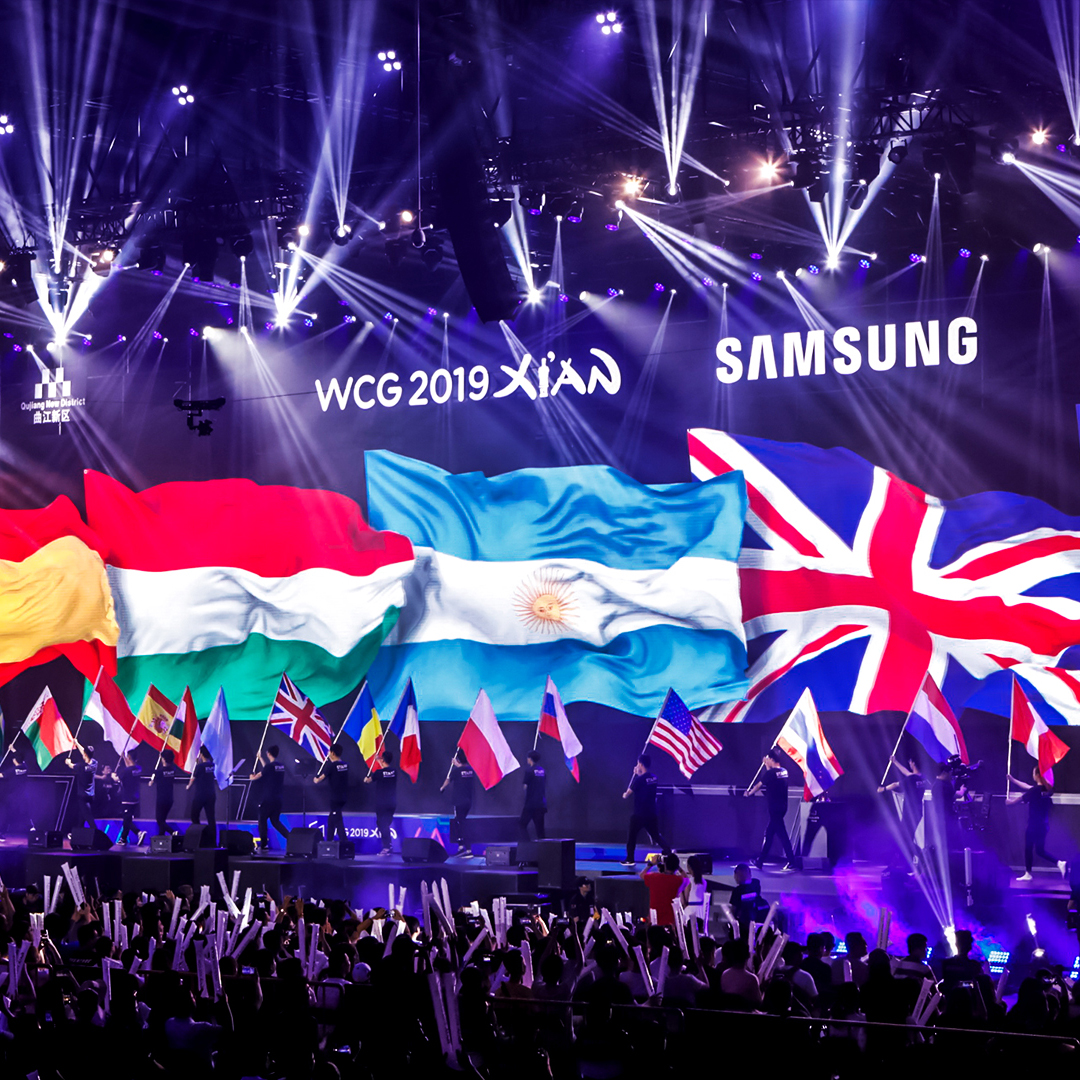
Client: WCG/Smilegate
Campaign: WCG 2019 Xi'an
Agency: Eidetic Marketing

Client: WCG/Smilegate
Campaign: WCG 2019 Xi'an
Agency: Eidetic Marketing
The World Cyber Games event first opened its doors in 2000, but after 2013, the tournament disappeared. Flash forward to 2019, and the event made a triumphant return as a cultural festival wrapped around esports. Not only did it include competitions, but it offered a cosplay music festival, conferences and an opening and closing ceremony packed with inspiring visuals and content. The marketing challenge: reconnect with older fans of the series while also introducing it to new fans on a global scale.
WCG emulated aspects of the Olympic Games at the event, making sure that talent was recruited globally and locally, and that conference speakers would come from all over as well. Amateurs and pros from all over the world were invited to compete with 40,000 players from 110 countries, which competed to attend the Grand Finals. Online and offline tournaments needed to be held in four global regions to find the best players from around the world. In other words, the property was on a mission to make WCG 2019 Xi’an a legitimate esports tournament to be taken seriously among other international events.
As for the other happenings at the event, the Cosplay Music Festival offered an EDM festival vibe, while the conference portion brought industry leaders together to discuss trends and what the future holds for esports. The return was certainly a welcome one, as more than 120,000 attendees participated from more than 34 countries and 2,700 attended the festival.
Ex Winner
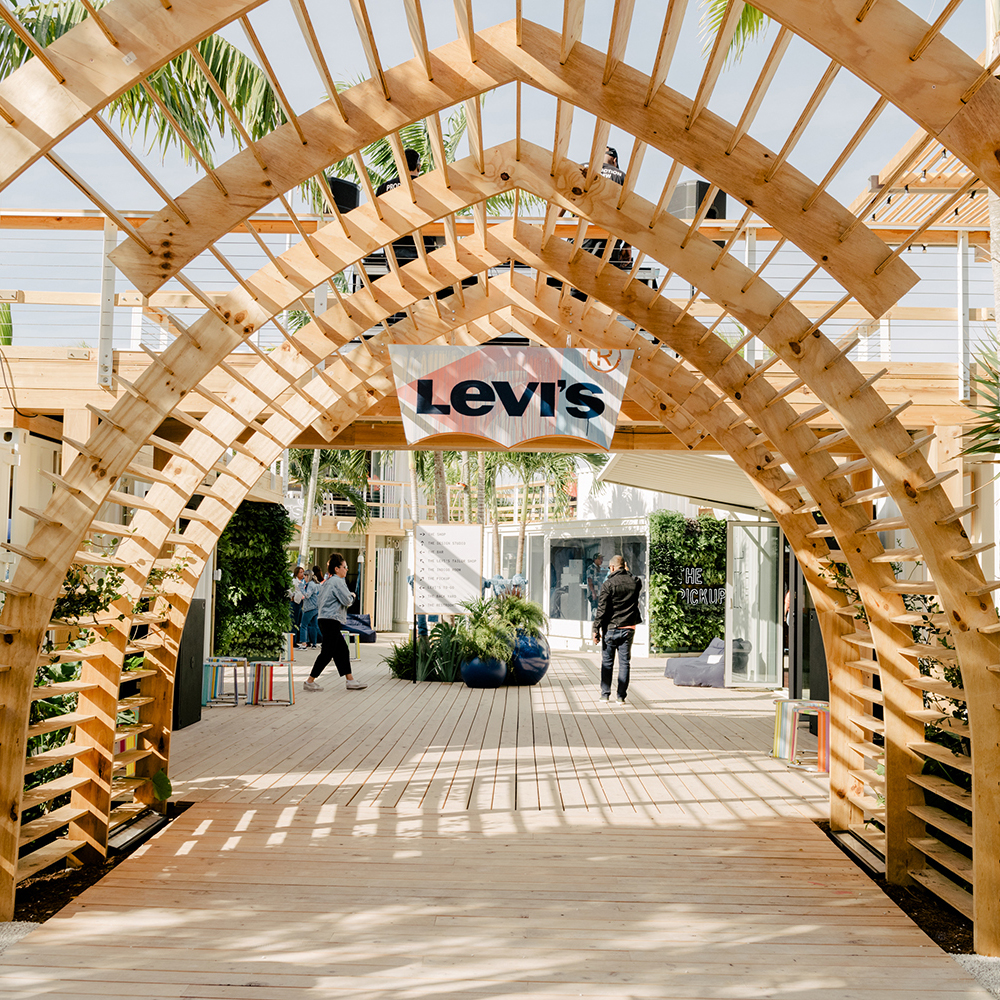
Client: Levi Strauss & Co.
Campaign: Levi's Haus Miami
Agency: ANTHEMIC Agency

Client: Levi Strauss & Co.
Campaign: Levi's Haus Miami
Agency: ANTHEMIC Agency
Successful pop-ups use every minute of the day that they’re open, expanding beyond retail and into education and entertainment. Levi’s Haus Miami engaged an array of consumers and influencers over several months, making use of a vacant lot in Miami’s super trendy Wynwood Arts District while capitalizing on a banner season for the city.
Open from Art Basel Miami in December through the Super Bowl and into the spring, Levi’s sustainability-focused pop-up took temporary residence on one acre of undeveloped property that accommodated a fashion customization studio, art house, concert venue, retail space and tastemaker meetup hot spot in a fishbowl-style footprint that took cues from Miami’s lush and modern aesthetic. It was just the sort of “village” to inspire Gen Z, millennials, fashion-obsessed consumers, street-style and denim enthusiasts along with Miami’s most prominent influencers.
And here’s what went down inside: There were workshops with artists and guests such as Shepard Fairey, Futura, ASAP Ferg, A-Trak and James Murphy that connected art and music with Levi’s customization technology. A private concert by Grammy-nominated artist Khalid helped officially launch Levi’s XX Chino during Super Bowl Week, and other regularly rotating product drops and musical programming drew in media, influencers and Miami tastemakers.
In the Design Studio, attendees used Levi’s exclusive Future Finish (an all-new FLX laser technology) to personalize every detail of a pair of jeans, from the color of the wash to the worn areas and fade level. Tailors and artists stationed in the on-site Tailor Shop assisted guests while they customized artistic flare on a pair of jeans with patches, monograms and graphics.
But beyond the utilization, the pop-up aligned with Levi’s environmental initiatives from top to bottom. The brand up-cycled shipping containers to house the key experience elements. Designed in light, natural wood, a simple fence lined the footprint and an archway with a clean black Levi’s logo greeted visitors as they walked in. Attendees then walked a greenway where they explored the 12 fully custom fabricated modular spaces spanning 48,000 square feet. Surrounding them were 6,000 live plants, and the entire pop-up was powered by biodiesel.
Levi’s also leveraged partnerships with 15 Wynwood and Miami-based companies committed to sustainable practice and products, keeping the project green from planning through execution, and improving the local community while doing it. It required 200 hours of permitting and careful management of local lobbying during high-profile event periods for the City of Miami.
In all, Levi’s Haus Miami offered 152 days of continuous art, music and fashion-related activations ultimately generating 498 million media impressions, 33 million social media impressions and $7.8 million in ad value. Forever in blue jeans.
Gold Winner
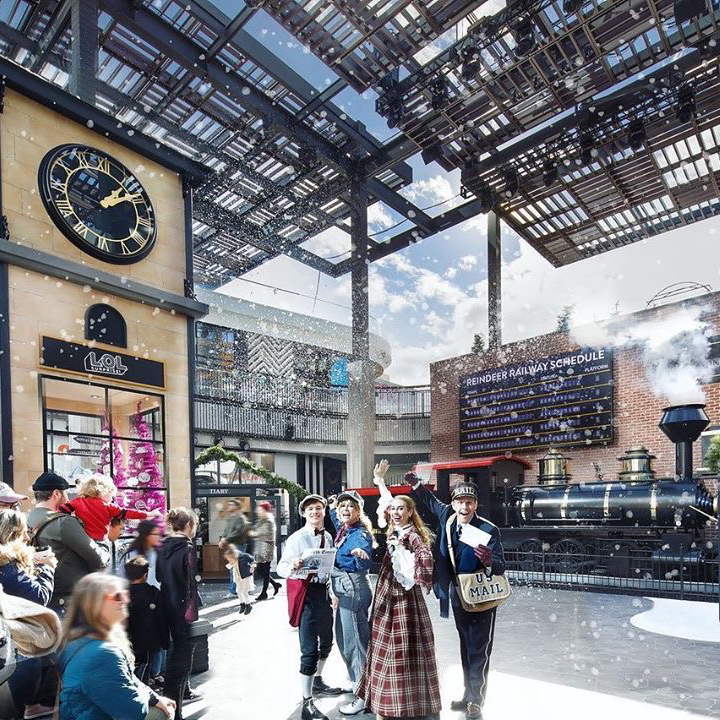
Client: Westfield Century City
Campaign: Holiday Market 2019
Agency: Studio Left

Client: Westfield Century City
Campaign: Holiday Market 2019
Agency: Studio Left
You know the mall Santa you grew up visiting? Times have changed. Westfield’s Holiday Market program activated at its Westfield Century City property (and others) not only offered an immersive village footprint with multisensory elements at every turn, it housed a strategic revenue model benefitting the property, retailers and advertisers, alike during a crucial season for retailers. The 38-day pop-up market featured theatrical performances, sponsorship opportunities, retail marketing units (rented out to tenants over the course of the program), a skating rink, and food service.
Spectacular holiday eye candy from top to bottom, it was designed as a quaint little town with a nod to Victorian design. Highlights included a steam engine with working steam, an LED screen converted into a departure board to announce the train’s schedule or announcements, and a gift-wrapping station designed to look like Santa’s Post Office, which featured a built-in mailbox for visitors to send letters to Santa. A 20-foot-tall clock tower that chimed every hour doubled as a sponsor display offering 360-degree product views through lockable windows. And when the bell tolled, characters in Victorian-inspired holiday garb sang as lighting effects flashed across the footprint—much like a Broadway musical. To boot, all of the touchpoints accommodated point-of-purchase where applicable.
Not only did the scenic elements need to look believable in daylight and withstand the elements, they also had to be durable and put up with foot traffic—which they did. And in the age of Instagrammable moments, this certainly was a feast for the photo stream. Ho, ho, ho.
Silver Winner
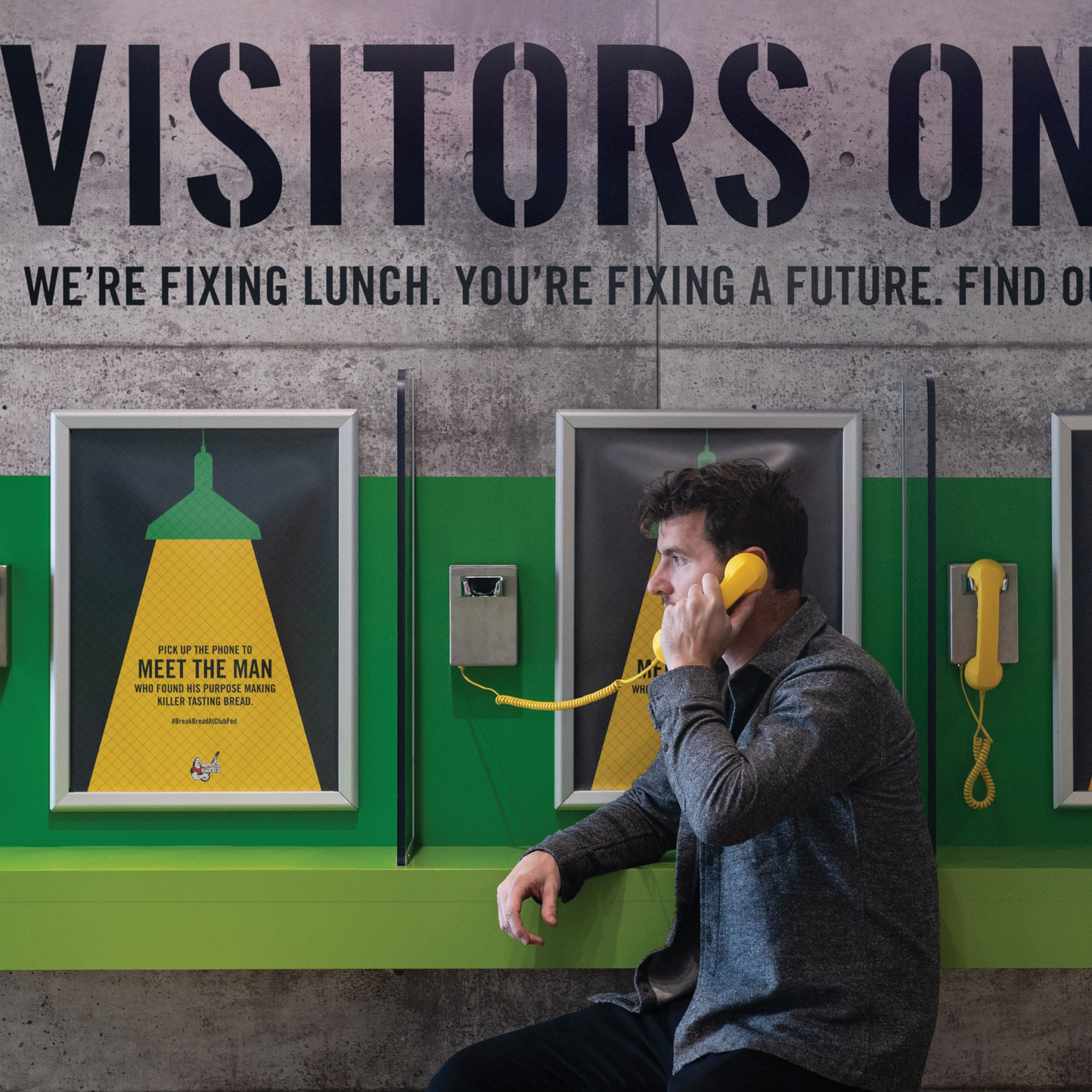
Client: Weston Foods Canada / Dave's Killer Bread
Campaign: Club Fed
Agency: Mosaic

Client: Weston Foods Canada / Dave's Killer Bread
Campaign: Club Fed
Agency: Mosaic
Dave’s Killer Bread has a unique story. Its founder, Dave Dahl, joined the family’s baking business after 15 years in prison and launched the No. 1 organic bread in the U.S. In expanding into Canada, Dave’s leveraged its founder’s story with a pop-up that immersed attendees in a recipe baked in prison. Enter: Club Fed.
Located across the street from high-end retail stores in one of Toronto’s wealthiest neighborhoods—a bold move that also helped the brand reach its high-income, urban professional target—the pop-up was designed as a white-collar-crime prison-themed sandwich shop. Not only did the pop-up serve sandwiches, it served second chances, because all of the proceeds went to charities focused on reintegration and the entire restaurant was staffed by ex-cons.
Patrons of Club Fed explored a visitor area where they could pick up a jail house phone to hear from real ex-offenders, as well as snap photos inside a replica jail cell. The pop-up even accommodated a bookable private dining room where gourmet meals plated on segmented prison trays were served through a slot in the wall.
Despite popping up in just one market for two weeks—in the dead of the Canadian winter—the story went national, earning 40 million impressions across 63 pieces of media coverage. And the brand also enjoyed an overall sales increase of 30 percent—exceeding its benchmark by 300 percent and marking the highest lift in the brand’s history. Baked to perfection.
Ex Winner

Client: NBC Sports
Campaign: Sunday Night Football Bus
Agency: CLAMOR

Client: NBC Sports
Campaign: Sunday Night Football Bus
Agency: CLAMOR
For the past six seasons, NBC has rolled into cities a few days early to get fans pumped up for “Sunday Night Football” and its highly-rated primetime broadcast of the biggest game of the week. The tricked out tour bus is an activation, lead-gen tactic and buzz-builder on wheels, and for the 2019 season, NBC secured a new experiential partnership and built out a brand new immersive environment on board.
Smart tour vehicle builds are designed to capture eyeballs first, and the new tour bus featured larger-than-life NFL star graphics appearing to emerge from a stadium scene with the “Sunday Night Football” shield prominently displayed. The exterior of the bus itself was so well received that it became an impromptu photo backdrop for the thousands of fans that visited the bus over the course of the season. And that’s just the outside.
Inside, NBC created a football lover’s paradise built with premium materials and featuring multiple touchpoints and connections to the game. As they entered, fans registered by signing in with general contact information and selecting their favorite team—information that was tied to the fans’ NFC-enabled badges. Every interaction and photo op on the bus was customized to the fans’ preferences.
Experiential elements included replica lockers equipped with real NFL equipment. There were augmented reality “Game Face” mirrors, where fans could digitally apply one of four game face looks customized to their favorite team’s logo and colors. Then, they could capture a short video with their game face on and have it delivered to them instantly.
Next up in the bus was On Her Turf, a celebration of women in sports that featured life-size affirmations and a selfie moment.
Then came the Player Intro Booth, a green-screen video booth where fans replicated the iconic on-screen player introductions of the “NBC Sunday Night Football” broadcast. The professionally produced video was instantly edited, customized and sent to fans to share. Leveraging their VIP credentials, fans recorded their name, school and hometown in the custom-built recording booth. The result was a fully produced video featuring a voiceover from legendary announcer Al Michaels, the official SNF theme, and the fan who appeared, identified by name, in the lower third graphic made famous by the broadcast.
And finally, fans could take a seat at the Football Night in America Set Desk, a replication of the classic pre-game broadcast desk, which allowed fans to step behind, grab a mic and share with friends.
All of this… on a tour bus. NBC’s reimagined bus attracted 28,811 fans over the course of the season—a 160-percent increase over the program’s goal. The tour also netted more than 10,000 opt-ins, beating the record by nearly 300 percent. Best of all, the tour produced 30,100 pieces of custom content, which fans used for more than 16,000 social shares. Go long, NBC.
Gold Winner
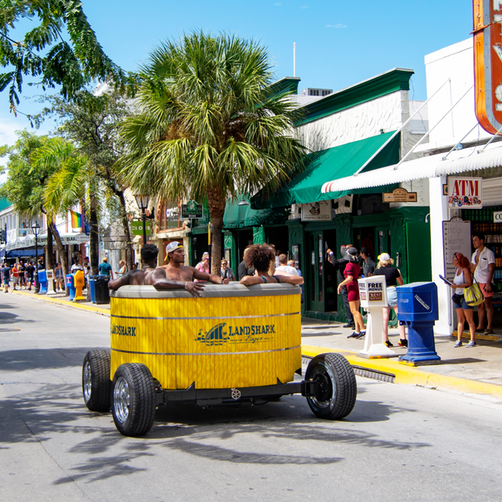
Client: Margaritaville Brewing Co.
Campaign: LandShark Hot Tub
Agency: The Experiential Group

Client: Margaritaville Brewing Co.
Campaign: LandShark Hot Tub
Agency: The Experiential Group
File this one under the “wouldn’t it be cool if we…” category. Combining hospitality, ride-sharing and viral flair in one hot and bubbly package, LandShark gave partiers on Key West’s famed Duval Street a no-shirt and no-shoes required lift around town in a hot tub on wheels. Allowing riders to soak in the brand’s feel-good vibes, the hot tub turned heads (and raised phones), drove organic sharing and raised awareness of the mainstream lager owned by AB InBev and co-created by Mr. Margaritaville himself, Jimmy Buffet. The brand (pre-pandemic) was planning to take the hot tub on tour.
The branded tub weighed more than 5,000 pounds and featured an onboard generator that powered it. It was controlled by a digital joystick that was 3D printed as the shape of a LandShark bottle. More than 100 revelers reserved a ride via Nvite and were transported to different destinations in the neighborhood from the launching-off-point, Lazy Way (oh yes, only in Key West).
According to Derek Mauk, senior brand director at Anheuser-Busch, “The LandShark team wanted to bring our laidback lifestyle to the spiritual home of the brand, Key West. We thought there is no better example of fun and creativity than a mobile hot tub to cruise around the most relaxed city in the most relaxed way.” And the target demographic? “Individuals who know how to have fun and party hard.” We like their style. The program garnered 25 million impressions through news outlets and from consumers sharing the vehicle on social media.
Sometimes, it’s the simplest of concepts that score the highest returns.
Silver Winner
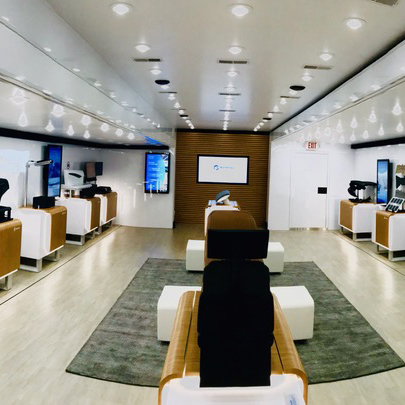
Client: Yanfeng Global Automotive Interiors
Campaign: Interior Tour
Agency: PMG

Client: Yanfeng Global Automotive Interiors
Campaign: Interior Tour
Agency: PMG
You’d think an auto show would be a prime location for one of the world’s largest automotive interior suppliers to do business. But for Yanfeng Automotive Interiors, reaching its target audience—decision makers of automobile manufacturers—was tough in that crowded environment lacking privacy. So the brand in 2019 decided to bypass auto shows altogether with a 15-stop mobile tour where it could zero in on the right people at the right companies and display products best suited to each manufacturer. The result: undivided attention and as much time as was needed with executives.
The Interior Tour was powered by two expandable, 90-foot-long semi-tractor trailers that crisscrossed the country covering more than 7,500 miles. Each trailer extended outward to a width of 33 feet. The first trailer was designed as an open house environment with 15 display kiosks that allowed attendees to explore more than 40 individual products at their own pace. In the second trailer, Yanfeng unveiled the Xim20, its new autonomous rideshare interior concept vehicle that allowed 15 people to simultaneously view a 20-minute presentation that included a virtual reality ride.
Over the course of the tour, Yanfeng hosted 2,843 attendees, a 42-percent increase over the program’s goal. This on top of delivering 300 Xim20 presentations—a 50-percent increase over goal—and attendee feedback rankings that hit 99 percent. To boot, 178 U.S. media outlets gave the tour coverage.
Ex Winner
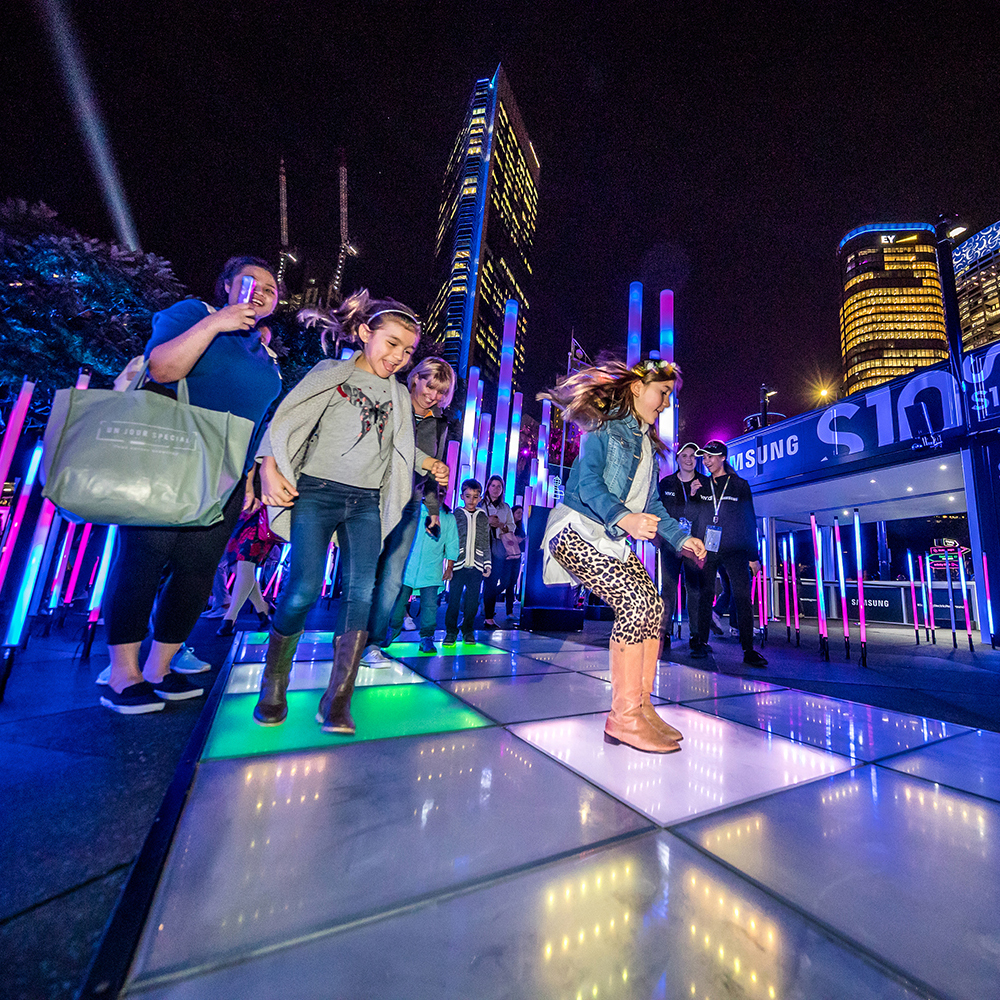
Client: Samsung
Campaign: Electric Playground
Agency: Cheil Australia

Client: Samsung
Campaign: Electric Playground
Agency: Cheil Australia
Experiential marketing at its best offers a pressure-free environment where consumers can demo and sample product and walk away with a good memory of the experience as well as the product and the brand. In that spirit, Samsung delivered in more ways than one with the Electric Playground activation during Vivid Sydney, a neon filled night-time event that’s reportedly impressive to look at, but notoriously hard to photograph on a phone.
But let’s take a step back. Samsung needed to make some noise about the pro-grade camera on the new Galaxy S10 smartphone, specifically its “Super Low Light Mode” feature. And since most retail stores are closed at night, the brand needed an interesting space to attract and invite its target audiences to shoot with the device. These included what Samsung calls “Upgraders,” owners of older phones who don’t see a reason to update to the latest model, and “Switchers,” owners of other smartphones reluctant to use Samsung, but who have no prior experience actually using a Samsung device.
The Samsung Electric Playground allowed attendees to get hands-on with the S10 and take a series of shareable shots that showcased the device’s advanced lenses and features. Attendees explored seven different large-scale art installations equipped with a device. Then they entered the “Galaxy Studio,” where they used the device to create personalized, data-driven works of art.
The whole experience was powered by two apps that helped attendees navigate the Playground, which included a sky walk, illuminated infinity slide and more than 320 dynamic light poles. The Aurora app connected the outdoor experience zones. From the app, attendees could collate all their photos across multiple devices and share the photos themselves on their social networks. The app also collected user data that fed back into Samsung’s marketing funnel. The Buddy app on the S10 devices enabled visitors to take a self-guided tour of the Galaxy Studio. Informative and fun, it educated attendees about the device’s specs in non-salesy manner. The app also directed attendees through the art installations outside the studio, explaining key features of the camera and how to secure the perfect shot based on any low-light environment.
Beyond the demo zones and strategic design value of the activation the experience was, in and of itself, breathtaking. It was eye candy—capturable, shareable, neon eye candy perfect for social media. And how’s this for throughput: Overall, the Samsung Electric Playground hosted a whopping 281,411 visitors and garnered 289,095 product interactions. The hashtag was used 4,760 times and Samsung reported a 124-percent increase in sales year over year.
We’re gonna rock down to Electric Avenue…
Gold Winner

Client: Hulu
Campaign: The Shape of History
Agencies: Courageous Studios, UM

Client: Hulu
Campaign: The Shape of History
Agencies: Courageous Studios, UM
In an age where consumers want to see brands stand for something, Hulu stood up a monumental message. Ahead of the season three premiere of “The Handmade’s Tale,” a series that centers on themes of grave gender injustices, Hulu went digging for an opportunity to create change. In the process, the team discovered that in New York City alone, there are 145 statues of men and only five of women. So, Hulu installed 140 new female statues all over the city to even the score.
But here’s the twist: All of the statues were mirrors. Women, perhaps, for the first time, would see someone like themselves celebrated with a statue—a real motivator for women to keep up the good fight. From a distance, the mirror effect made the statues look invisible, dramatizing just how fleeting women’s representation can be, according to producers. Hulu created an interactive map that showed all the locations of the statues across New York City. And following their stay in New York, the brand took the statues on tour, installing statues in Atlanta, San Francisco and Boston.
The message came through loud and clear—viewership of season three was the highest in Hulu history with 40 percent more viewers than season two and 50 percent more viewers than season one. New subscriptions for Hulu saw a bump, too, with 20 percent more Hulu sign-ups than during the previous season. But perhaps the best result of all is that Hulu’s program generated real change. In October 2019, the New York City Public Design Commission announced Central Park would be getting its first statue honoring women. The statues from the campaign are now permanently housed in L.A. to continue to inspire the next generation of women. Reflect on that.
Silver Winner
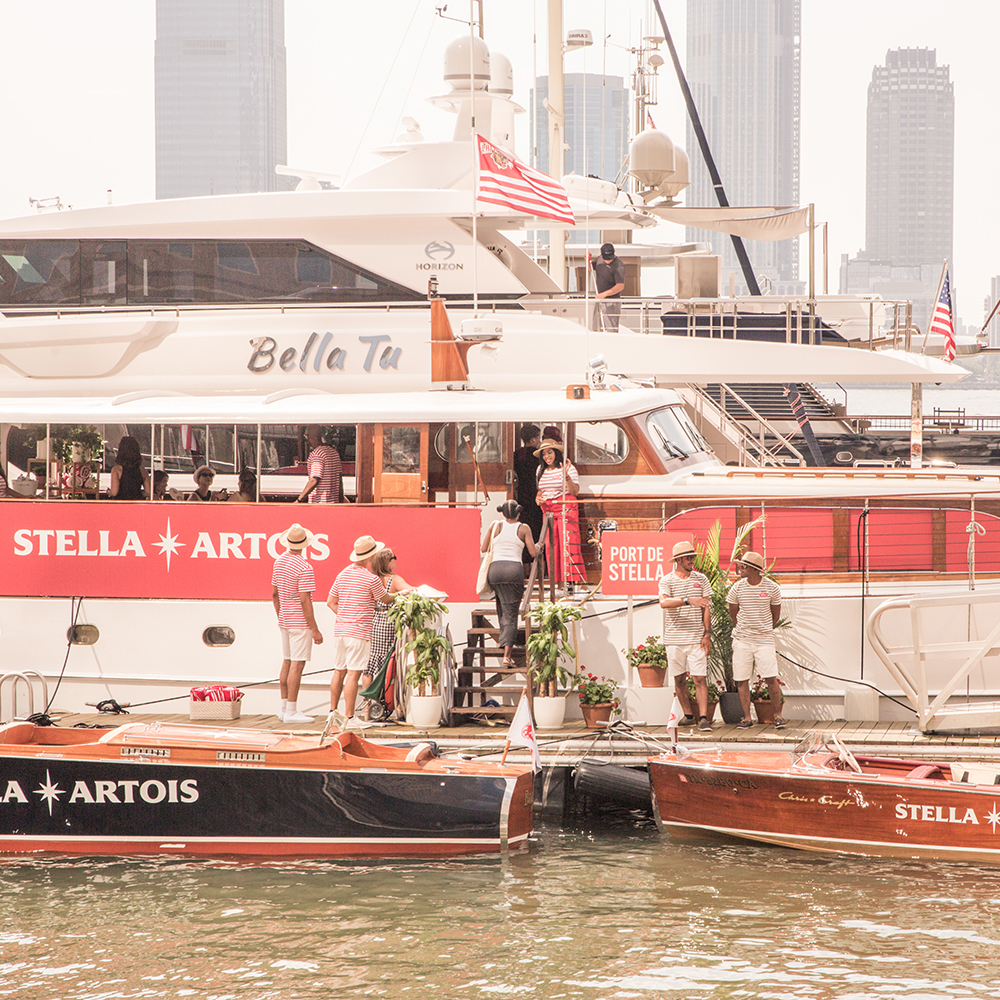
Client: Anheuser-Busch
Campaign: Stella Artois East River Riviera
Agency: The Bait Shoppe

Client: Anheuser-Busch
Campaign: Stella Artois East River Riviera
Agency: The Bait Shoppe
There are certain tastes and smells that scream “summer.” Among them: a sip from a tall, cool beer. Anheuser-Busch set out to make Stella Artois the beer of the summer for men and women by “injecting vacation vibes” into everyday occasions. Last summer was the hottest on record in New York City, and Stella took note of the headlines surrounding the sweltering heat below the streets. Subway riders, their potential customers, were drawing connections to a “hell” ride.
Stella came to their rescue by creating two Riviera-styled “Port de Stella” footprints in the Dumbo section of Brooklyn and at Brookfield Place in Manhattan. The environments served as sampling stops with European-inspired décor and picnic tables—the perfect place to cool off with a beer at the end of a long day. But Stella wasn’t finished yet. The brand imported a fleet of six vintage Riva boats to offer free transportation for one week between New York City and the Port de Stella locations, essentially creating the “East River Riviera.” A branded booking microsite sold out in four minutes with more than 850,000 total website visits.
Also impressive: the permitting process. The program required approvals from the U.S. Coast Guard and the city to create a new ferry service and sample alchohol. But the hard work paid off. Stella recorded some 175 million earned media impressions, and 452 earned media and social media placements (surpassing the goal of 200). Beer me.
Ex Winner
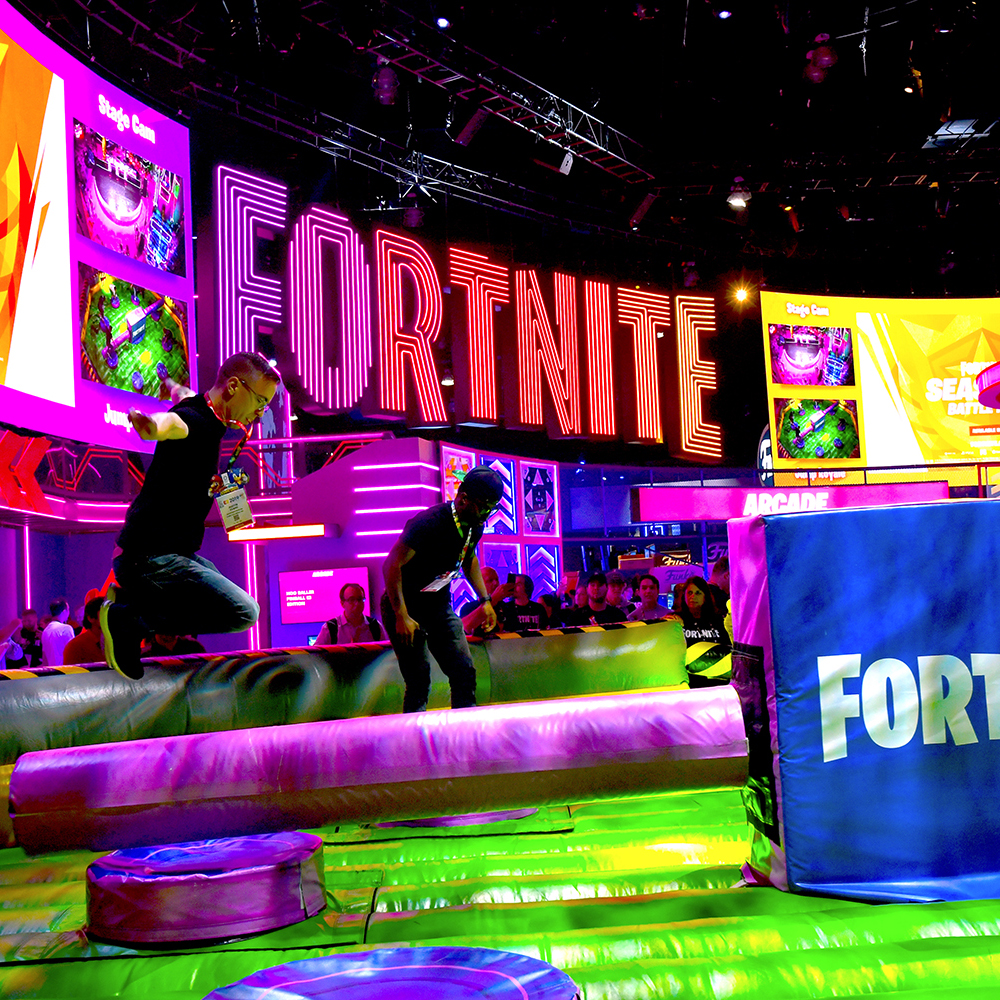
Client: Epic Games
Campaign: Fortnite E3 Experience
Agency: FG|PG

Client: Epic Games
Campaign: Fortnite E3 Experience
Agency: FG|PG
Experiential marketers are in the business of raising the bar. And for Epic Games and its Fortnite franchise, that meant building on bold by going bolder at E3 following its inaugural appearance the prior year. To maintain its reputation as the “must-see gaming destination” among the 200 exhibitors on the show floor, Epic Games turned to Vegas-style lighting, experience zones, high-tech shareables and satisfying themed treats to immerse attendees in all things Fortnite.
The massive 15,000-square-foot booth was designed as a community gathering place for the game’s fans within the Los Angeles Convention Center. The brand redesigned existing booths from last year and created 100 new hands-on gaming stations within the environment, all bringing to life the game’s season nine retro-future neon world. The “playground” also showcased new game modes, Arcade Mode, Player vs. Player and Time Trial Island.
For Fortnite, it’s all about eye candy. The footprint featured 12-foot-tall neon-trimmed letters suspended over the backside of the exhibit to anchor the space, while on the ground a life-size Battle Bus served as a performance stage and welcoming visual in the grand entryway. Inside, consumers found three game-play islands, private booths for influencer live streams, Fortnite-themed food stations and a merch bar.
Speaking of food: Fortnite-themed treats and hot cookies were served at the top of the hour, while frozen Peely (like the banana character) bites were available every half hour.
Entertainment and gameplay tournaments took place throughout the day. There were dance showcases and trivia on the performance state and freebies like Fortnite pickaxes, socks and wristbands given to booth attendees throughout the day. The main attractions were a Fortnite Baller green-screen video activation that that allowed attendees to climb inside the Baller machine and create a three-part sequence of them moving through the pinball universe that they could immediately share on social; interactive emote dance-off pods; and a wipeout challenge. An array of cosplay characters roamed the space for selfies, too.
And here’s one of the secrets to its success: Throughput. E3 is known for its three-hour-long line wait times, but Fortnite’s booth offered dedicated and clearly marked zones that minimized wait times. No line was more than 15 minutes long and while fans stood there, there was plenty of snacks to munch on (like strategically placed “nom treat” dispensers) and cool stuff to look at like pink AstroTurf, loot crates and branded shopping carts.
This feast for the eyes, hands and stomach pushed Fortnite into the five most tweeted about games during the show. Total video coverage of the booth topped 630,000 videos, while some 1,108 videos were created in the Baller activation. Baller, indeed.
Gold Winner
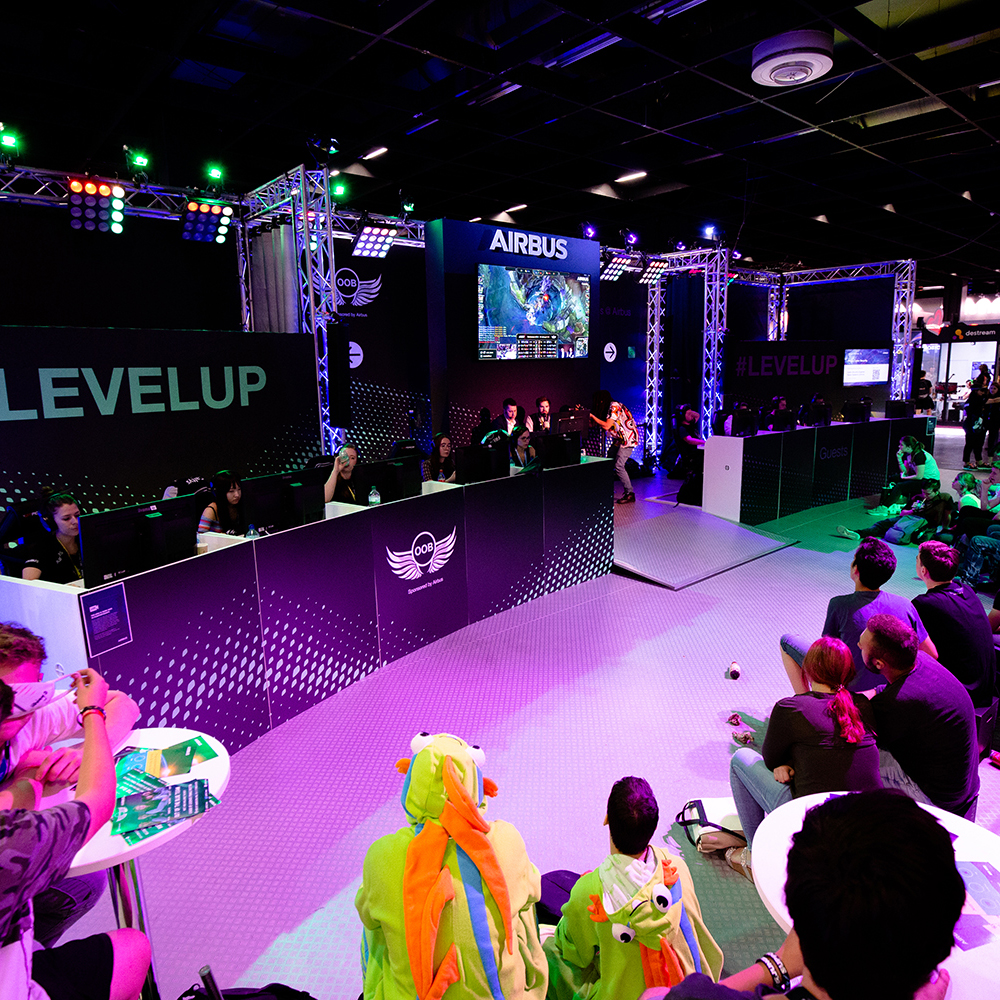
Client: Airbus
Campaign: Social Media Recruitment and Visibility Campaign Gamescom 2019
Agency: 2Heads Global Design

Client: Airbus
Campaign: Social Media Recruitment and Visibility Campaign Gamescom 2019
Agency: 2Heads Global Design
You wouldn’t think an aerospace brand like Airbus would belong at Gamescom, the world’s largest gaming event held annually in Cologne, Germany. But knowing the young audience of savvy gamers that attend, those in the early stages of their careers who are already proficient in coding and app development, the industry event was ripe for recruitment. And so the exhibit was designed like a job fair for the company, demonstrating the job opportunities it offers in IT and digital.
The environment highlighted Airbus’ commitment to diversity and inclusion with modern, industrial architecture, a theater-style set and audience arena where an array of activations, games, coding competitions, recruitment talks and interviews took place. Touchpoints highlighted Airbus’ technology, internal projects and development efforts, while an immersive HoloLens activity and giveaways of exclusive branded swag generated shareable content for the attendees’ social channels. A spotlight on diversity and inclusivity came to life with a tournament featuring the all-female esports team “Out of the Blue” battling in League of Legends streamed on Twitch.
Woven throughout the experience was the #LevelUp message, which tied to Airbus’ career progression messaging and gaming. It was promoted on giveaways like carry-away chairs attendees could use as seats in other events. Airbus ultimately saw “significant” uptick in signups to its Airbus Careers site, on top of having engaged more than 36,000 attendees in the exhibit over the four-day event with 3,000 direct interactions.
You’re hired.
Silver Winner
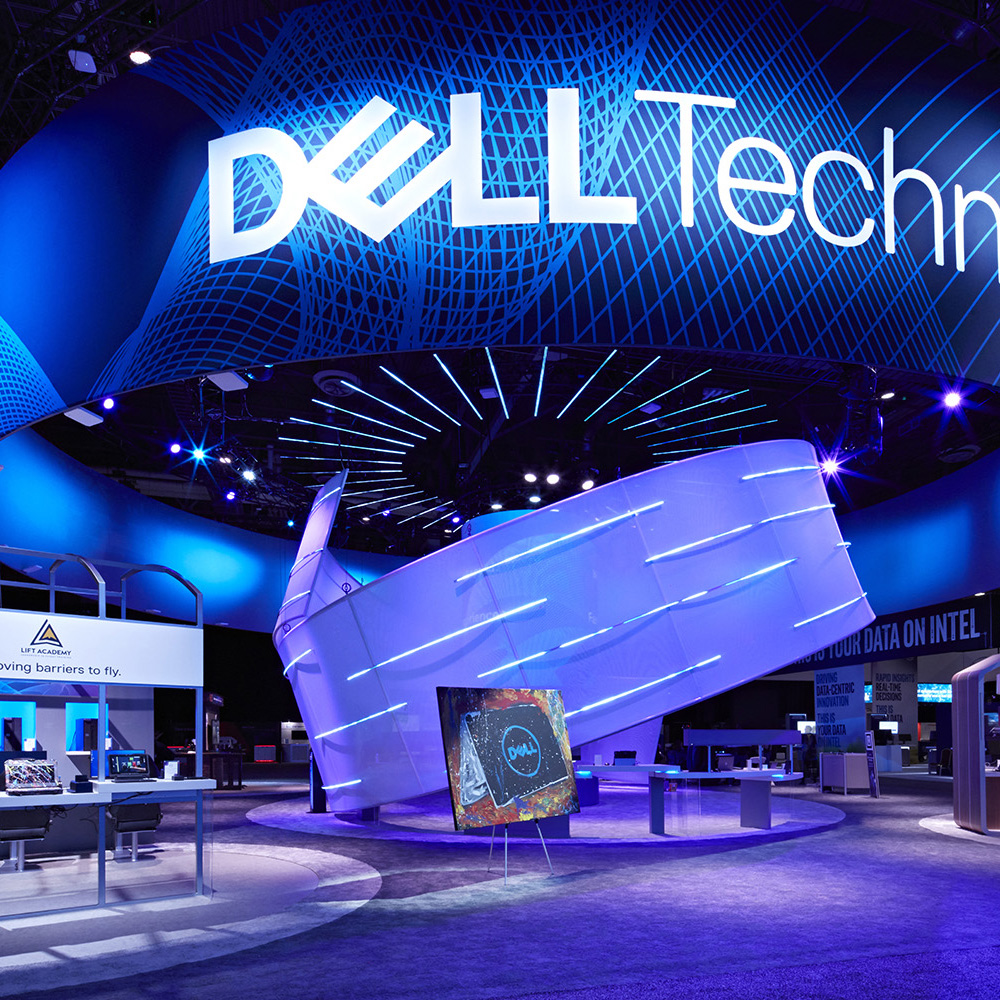
Client: Dell Client Solutions Group
Campaign: Dell Technologies World 2019
Agency: 3D Exhibits

Client: Dell Client Solutions Group
Campaign: Dell Technologies World 2019
Agency: 3D Exhibits
Dell leaned on a two-pronged strategy for its exhibit at Dell Technologies World—stunning design and real-life scenarios—that, together, would allow attendees to picture how Dell products can help end-users now. In other words, Dell wasn’t operating in hypotheticals. Each corner of the exhibit connected attendees to specific customer applications. For instance, one space highlighted professional photographer Mark Mann’s photos edited for attendees in real-time using Dell products. A deconstructed Briggo Coffee robot paired with augmented reality demonstrated how Briggo’s business runs on Dell technology. And attendees experienced the LIFT Academy flying simulation used to train potential pilots.
Dell also placed an emphasis on data collection, with a custom lead retrieval system, badge scanning, and survey questions. Each visitors’ badge was synched with an RFID tag and overhead antennas throughout the space passively tracked where attendees visited and for how long they remained in an area in real time. An exit survey explored characteristics attendees associate with Dell end-user devices or solutions as well as their intent to purchase.
And the survey data says: 50 percent of attendees spent more than 10 minutes in the exhibits. Seventy-three percent of attendees said they were likely to purchase Dell end-user devices, up from 51.7 percent ahead of the visit to the exhibit.
Ex Winner
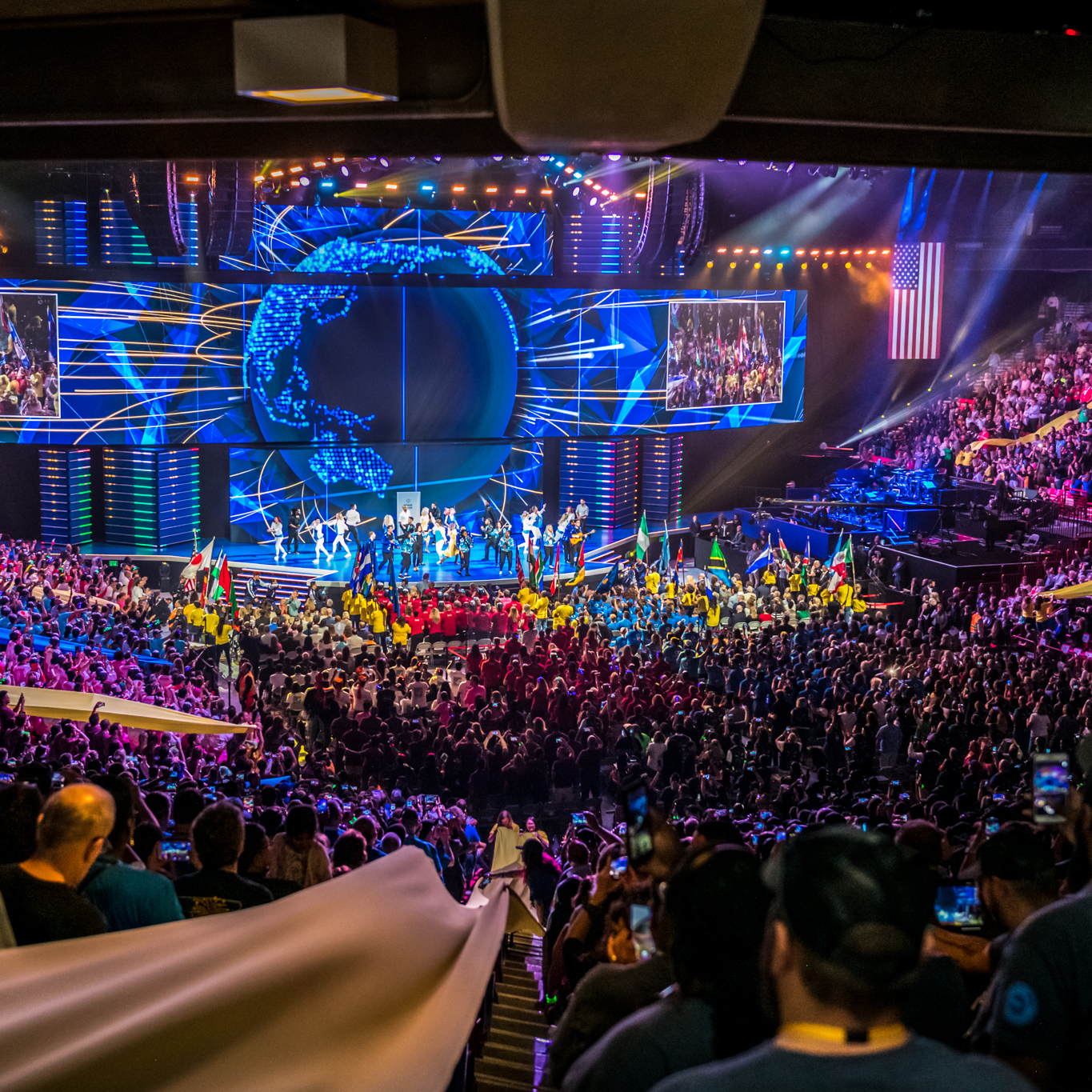
Client: Walmart
Campaign: Associates & Shareholders Week
Agency: LEO Events

Client: Walmart
Campaign: Associates & Shareholders Week
Agency: LEO Events
There may be no harder working stage than a Walmart Associates & Shareholders Week stage. And we’re not just talking about A/V bells and whistles. The stage serves as a conduit for celebration and updates for the more than 14,000 U.S. and international Walmart associates, Sam’s Club employees and supply chain staffers representing 29 countries, chosen to attend the annual event based on their work performances. Corporate updates are made and new initiatives are announced by executive speakers between dancing and mainstream musical acts. “The goal is to have all our associates get back to their stores excited to tell their coworkers about the experience and be proud and energized in front of customers for a long time,” says Mark Henneberger, vp-event solutions at Walmart.
Main features of the stage last year included LED screens measuring 20 feet tall and 140 feet wide displaying 33 million pixels. A 44-foot turntable at center stage rotated to prep for entertainment segments, allowing staffers to remove and replace each performance set within 15 minutes while a business talk took place on the other side. (Lady Antebellum and One Republic were among performers.) Four additional turntables revealed guest speakers such as international Walmart associates. Each turntable rotated in sequence with theatrical lighting and LED light blades.
We told you this stage worked hard.
Walmart president and ceo Doug McMillon took to the stage for his keynote address leveraging augmented reality overlays to support his main message. In one instance, an antique biplane “flew” over the audience as he spoke, bringing the inspiring history of the Wright brothers to life. Attendees then watched as McMillon appeared to stand in front of the first Walmart Retail store, enter a kitchen that was stocked with groceries in real-time and interact with a spinning globe floating in from of him.
Balanced with all of the super high-tech elements were people-centric messages that boosted the emotional value of the show. On top of celebrating work achievements, attendees saw inspiring examples of associates’ dedication to their jobs and each other on the stage—video clips created and submitted by the attendees in meetings leading up to the general session showcased their talents.
And of course, there were plenty of exciting announcements tied to new product lines.
Coverage of the event spanned Yahoo! Finance and The Washington Post, and the entire program was broadcast live for the world to see what Walmart has… in store. But since the attendees are the honorary guests, it was their reporting that carried the most weight. Their use of the event hashtag on social media for on-the-ground reports, selfies and videos were live-streamed onto LED screens within the Bud Walton Arena. And those are the impressions that
matter most.
Gold Winner
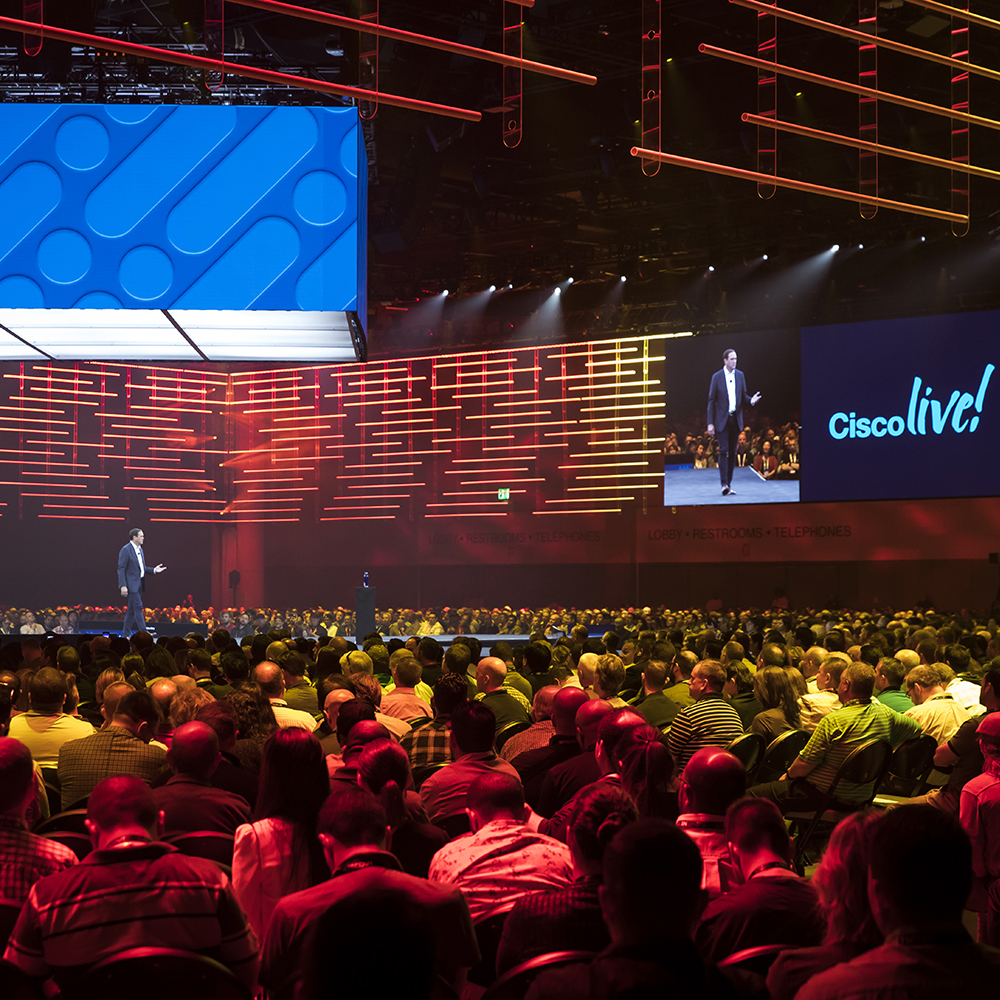
Client: Cisco
Campaign: You Make Possible
Agency: The XD Agency

Client: Cisco
Campaign: You Make Possible
Agency: The XD Agency
At today’s top events, mainstage designs have to be suitable for in-person viewing and at-home broadcasts in order to offer an impactful experience for remote attendees, too. At Cisco Live, the 30-year-old massive customer event with more than 28,000 “power users” in attendance, Cisco strives for “awe-inspiring” stage designs. The theme of the year, “You Make Possible,” drove home the message that Cisco securely connects people, places and ideas across a network.
The theme came to life through scenic elements like a giant open cube that floated above the audience and was illuminated in synchronized light shows during performances from mega stars like Foo Fighters and Katy Perry. On the cube were four double-sided LED screens that gave audiences, wherever they were sitting, an optimal vantage point. A smaller central LED cube with soft light illuminating the stage below offered another layer of drama. Another standout scenic element was a responsive network of illuminated tubes that reacted to video and audio cues.
The planning was just as high-tech as the stage setup itself. The team designed the complex lighting and video cues for the show in virtual reality, which enabled them to explore the virtual venue and ensure there was no bad seat in the house. The production elements combined moved the audience, with 80 percent reporting they were highly likely to purchase Cisco products after attending, and 96 percent reporting they had a strong emotional connection to Cisco Live. Beyond the in-person event, 1.3 million online users viewed the show. Sold.
Silver Winner
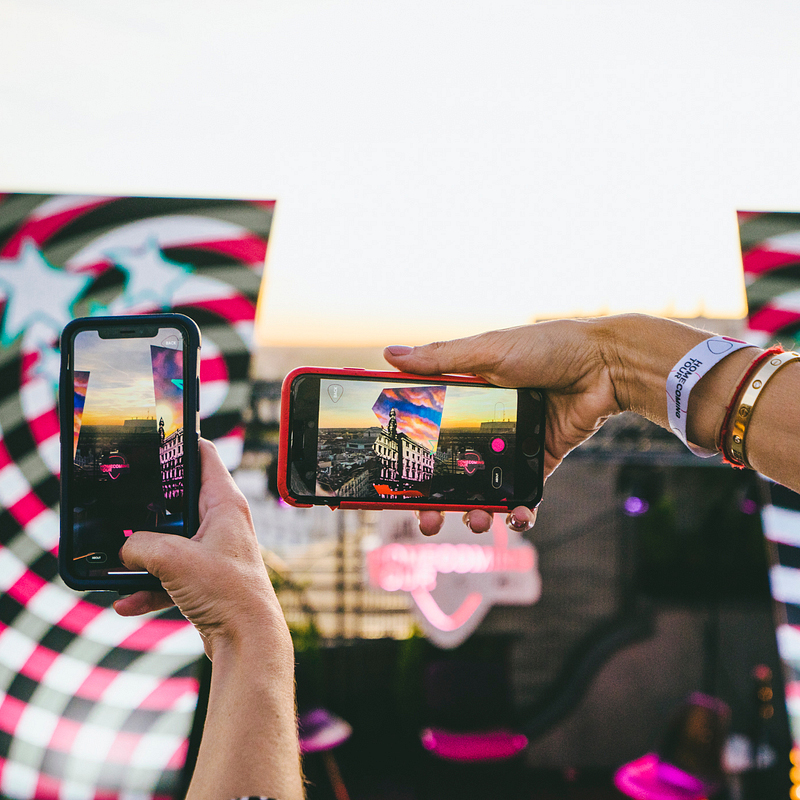
Client: Aloft Hotels
Campaign: Homecoming Tour
Agency: Sense NYC

Client: Aloft Hotels
Campaign: Homecoming Tour
Agency: Sense NYC
For the past decade, Aloft Hotels has leaned on music to connect with guests through a shared passion point while simultaneously changing the lives of struggling artists. This has included seeking out talent through the Project: Aloft Star program in partnership with Universal Music Group and designing lobbies to double as live-music performances spaces. To reinvigorate its programming surrounding music, the Marriott International incubator brand launched a seven-stop global Live at Aloft Hotels Homecoming Tour, a series of free performance by United Music Group artists, curated for the fans who have supported them from day one.
But this wasn’t any ordinary concert series. Aloft incorporated forward-thinking production elements by focusing in on the fact that spectators usually view concerts through their phones to record them for social media. Usually, this behavior is considered annoying, but for Aloft it spelled opportunity. The brand partnered with renowned street artist INSA to create a first-of-its-kind augmented reality “GIF-iti” stage: as attendees viewed the performances through their phones they’d see visuals inspired by each emerging artists’ homecoming journey.
The tour spanned the globe from Chicago to Dublin to Perth, each concert selling out in under 24 hours with 8,500 total RSVPs and 1,000 total attendees. Some 2.1 billion p.r. impressions later, and 3.8 million organic social media impressions, Aloft has proven the modern hotel experience means more than just a place to rest your head.
Ex Winner

Client: Chick-fil-A
Campaign: Time Shop
Agencies: Momentum Worldwide, McCann New York

Client: Chick-fil-A
Campaign: Time Shop
Agencies: Momentum Worldwide, McCann New York
Chick-fil-A is a family-oriented chain that believes in serving the communities it’s a part of, but its rapid expansion into new markets required finding a way to show consumers unfamiliar with the brand its commitment to caring. So during the holiday season, the business introduced itself as more than just a chicken company by giving customers the gift of time. Targeting time-starved families, Chick-fil-A introduced The Time Shop, a New York City store that had nothing to sell and plenty of time to spare. The campaign kicked off with a two-minute animated film that ran during the Macy’s Thanksgiving Day Parade. The brand wanted to take the content a step further and bring the story to life through a physical activation, and so The Time Shop was born.
Every corner of the 10,000-square-foot experience was designed to foster together time among loved ones. The space was divided into various “Time Zones,” each featuring its own theme. In Story Time, attendees encountered oversized, interactive pop-up books and professional storytellers. Play Time was a winter wonderland that brought people together for games and creative expression. In Snack Time, participants enjoyed Chick-fil-A’s famous peppermint chocolate chip milkshakes while a model train delivered chocolate chunk cookies, fresh out of the oven. And at the heart of The Time Shop was “Giving Time,” where consumers could create their own “time cards” to give to loved ones. Each time card was personalized by a professional calligrapher, and included an activity and amount of time being gifted—ensuring that the together time continued long after The Time Shop closed.
The special moments and experience design would typically have consumers whipping out their smartphones to capture the perfect Insta shot, but Chick-fil-A was way ahead of the game, ensuring on-site photographers and strategically-placed content capture stations reduced the need for attendees to document the experience using their personal devices. What’s more, each participant was given an RFID wristband upon entry that seamlessly tracked their content throughout The Time Shop, and provided them with digital photos and GIFs after exiting the event.
Ultimately, The Time Shop did exactly what it was designed to do—facilitate quality time with loved ones. And the data doesn’t lie: Visitors to The Time Shop spent an average of 50 minutes inside, nearly double what Chick-fil-A projected at the beginning of the program. And post-event data revealed that 92 percent of attendees would “definitely recommend the experience to a friend,” more than 7,876 time cards were created as gifts and more than 81,359 hours of time were gifted to others, ensuring the impact extended beyond the activation. Turns out time was on Chick-fil-A’s side.
Gold Winner
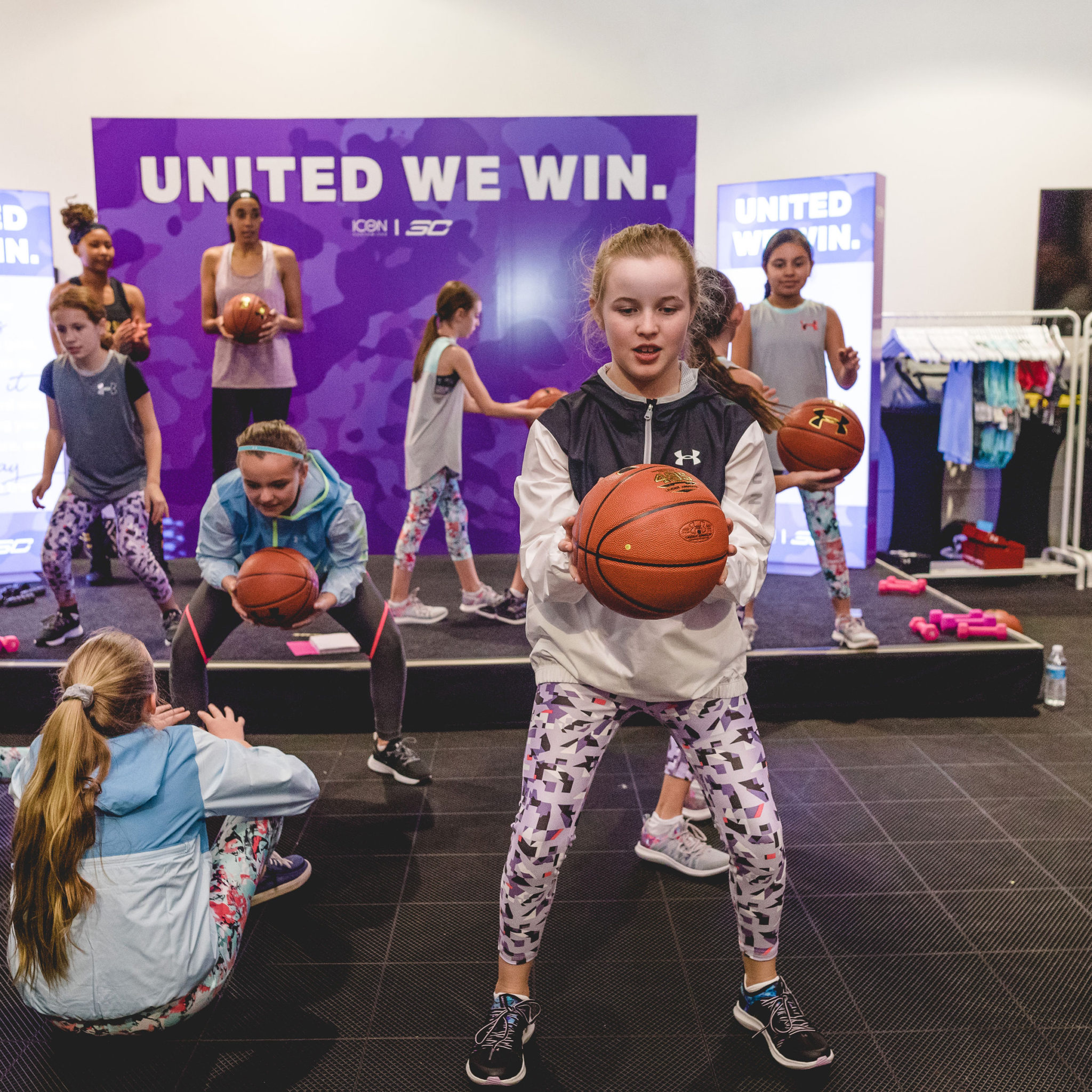
Client: Under Armour
Campaign: Curry 6 Pop Up Activation
Agency: 160over90

Client: Under Armour
Campaign: Curry 6 Pop Up Activation
Agency: 160over90
Stephen Curry isn’t just an NBA star, he’s an Oakland legend, having played 10 seasons for the Golden State Warriors. When the team decided to relocate to San Francisco, brand partner Under Armour wanted to celebrate curry’s time in Oakland, creating 12 unique Curry 6 colorway shoes that represented the athlete’s milestones. To release the collection and serve as a local community engagement, the brand dreamed up the SC30xOakland pop-up experience. The idea was to move away from the high-tech realm and instead leverage a hyper-local approach by creating a retail environment that was embedded in the Oakland community.
The pop-up was divided into three central areas. The front focused on retail, where the colorway shoes and other exclusive SC30 apparel was available for purchase. A central theater let consumers watch Warriors games live, catch post-season games during local watch parties and play a variety of video games. And the back of the space offered themed activations that aligned with the colorway story of each Curry 6 shoe. Among them: a shoe customization class, youth arts workshops, an interactive gallery, wellness panels and a pop-up arcade.
More than 200 local youth tapped into different creative skillsets through out the 12 unique activations, spanning more than 90 days. And from customizing scraper bikes to “Train-Like-Stephen” workouts to female self-empowerment classes to How to Make a Beat workshops, SC30xOakland served as the anchor for all of Under Armour’s International Women’s Day activations.
No sweat.
Silver Winner
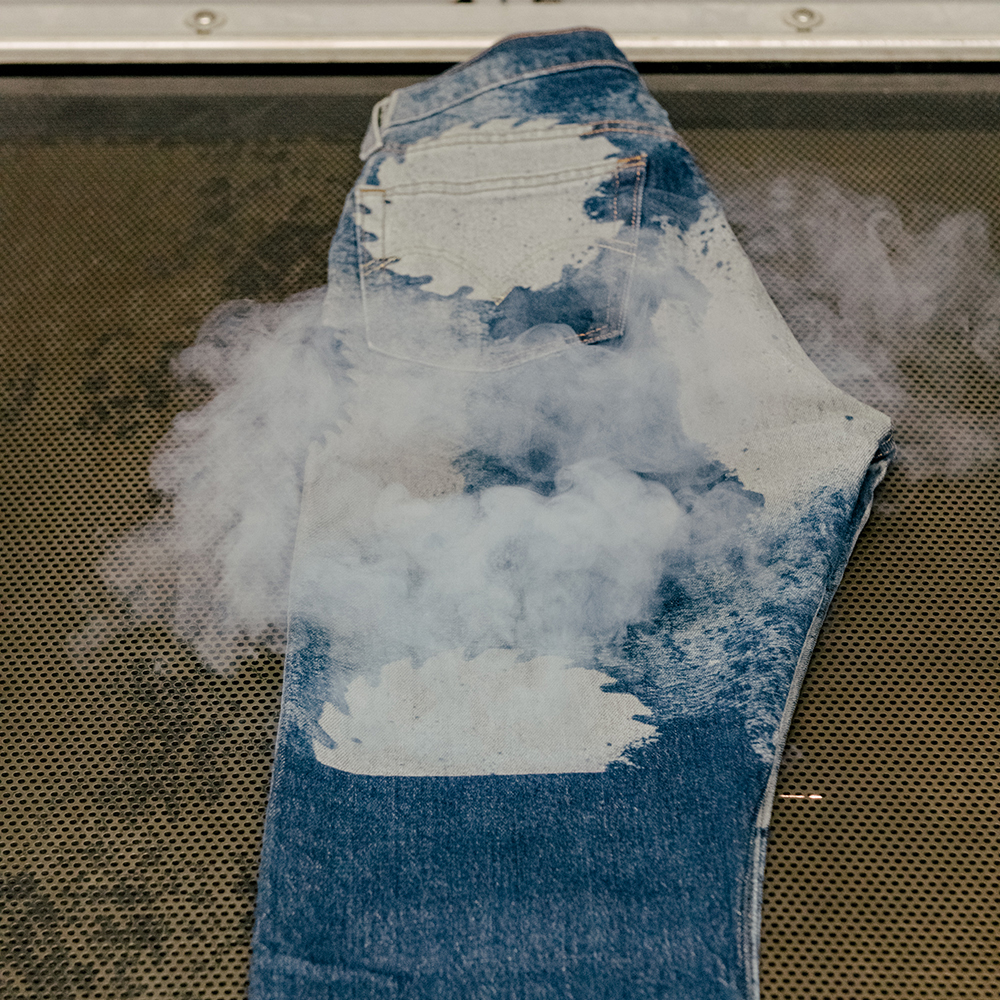
Client: Levi Strauss & Co.
Campaign: Levi's Haus Miami
Agency: ANTHEMIC Agency

Client: Levi Strauss & Co.
Campaign: Levi's Haus Miami
Agency: ANTHEMIC Agency
To celebrate its commitment to sustainability, along with its “best of” product customization offerings, Levi’s headed to Miami in time for Art Basel. Armed with 48,000 square feet of space (which necessitated over 200 hours of permitting), the brand opened up Levi’s Haus Miami, aiming to become the must-see event space, artist studio and music hub for local tastemakers, millennials and Gen Z.
Underscoring the campaign’s message of sustainability, Levi’s leveraged upcycled shipping containers to house the key experiential elements, creating a fishbowl-style footprint featuring 12 fully custom-fabricated modular spaces that provided a cohesive retail destination.
On-site activations included the Levi’s Tailor Shop and Tailor Shop to go, where fashionistas could explore their self-expression by picking out iconic Levi’s patches, monograms, graphics and more. Another objective was to give consumers hands-on experience with Levi’s Future Finish, an all-new FLX laser technology. To make it happen, the brand gave visitors a chance to customize the rips, distress and wash-type for their own unique pair of Levi’s jeans. To draw in the target, the brand also offered bespoke workshops with artists and celebrities, rotating product drops and musical programming.
In the end, Levi’s Haus Miami offered 152 days of programming, earning 33 million social media impressions and plenty of Miami street cred.
Ex Winner
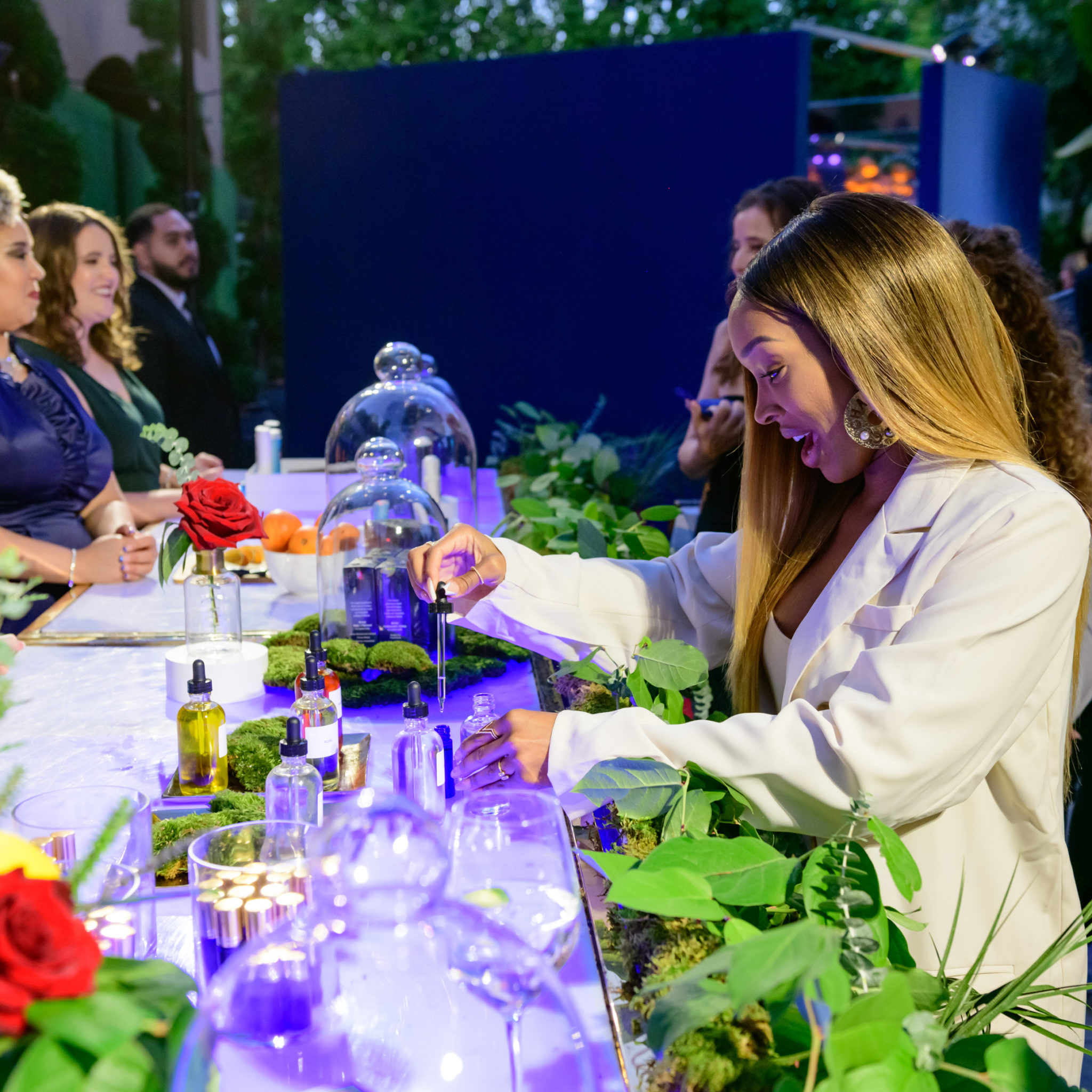
Client: Procter & Gamble
Campaign: Secret Deodorant Essential Oil Press Launch
Agency: Dera Lee Productions

Client: Procter & Gamble
Campaign: Secret Deodorant Essential Oil Press Launch
Agency: Dera Lee Productions
The Secret Deodorant brand needs no introduction, but in fall of 2019, its new Essential Oils product did. To spread the word about the new “luxury deodorant,” the brand hosted a media and influencer launch event for around 100 Los Angeles-based beauty editors and tastemakers. The goal was to generate premium social content in the moment, create ample storytelling opportunities around the Secret Deodorant with Essential Oils line and develop a luxurious aesthetic mixed with a “cool girl” vibe.
The collection’s focus is around introducing modern women to the power of essential oils. To bring that concept to life, Secret developed an elegant-meets-edgy aesthetic that was beautiful and elevated but not too soft, something that would resonate with the brand’s strong female target. The environment was also rife with lush greens and other nature-themed elements to reinforce the nature of the product.
At the event, all of the Instagram-worthy touchpoints were designed for real-time content capture and sharing, ensuring word would spread about the Essential Oils product. Taking over a Beverly Hills mansion, the brand created a secret garden-style atmosphere where attendees were invited to visit four environments inspired by each of the product’s four scents: charcoal and rose, cedar wood and citrus, coconut and mandarin, and eucalyptus and lavender.
A key piece of the experience was an essential oils bar where attendees could consult with Secret’s fragrance experts and create their very own scent to take home. They could also have their portrait hand-drawn by professional charcoal artists and indulge in food and beverage items infused with ingredients featured in the products. Think: Beyond Burgers on charcoal buns, coconut shrimp, lavender lemon cake bites and rose tartlets.
At night, the mansion grounds became enchanting outdoor living rooms where attendees could take in the West Coast plants that are in bloom year-round. The event was original scheduled to take place in New York City, but to navigate talent conflicts, Secret moved the event to L.A., allowing the brand to capitalize on picture-perfect weather by providing an outdoor garden space. Beautiful live plants, theatrical lighting techniques and furnishings that invited guests to kick back and drink in the surroundings were all part of the experience.
When the event wrapped, the brand generated more than your garden variety results. The campaign yielded 451 social posts, resulting in 135 million impressions and 3.5 million clicks to purchase. In addition, 100 percent of attendees shared content from the launch and up to one million potential consumers were called to purchase. Ahhhhh… the sweet smell of success.
Gold Winner
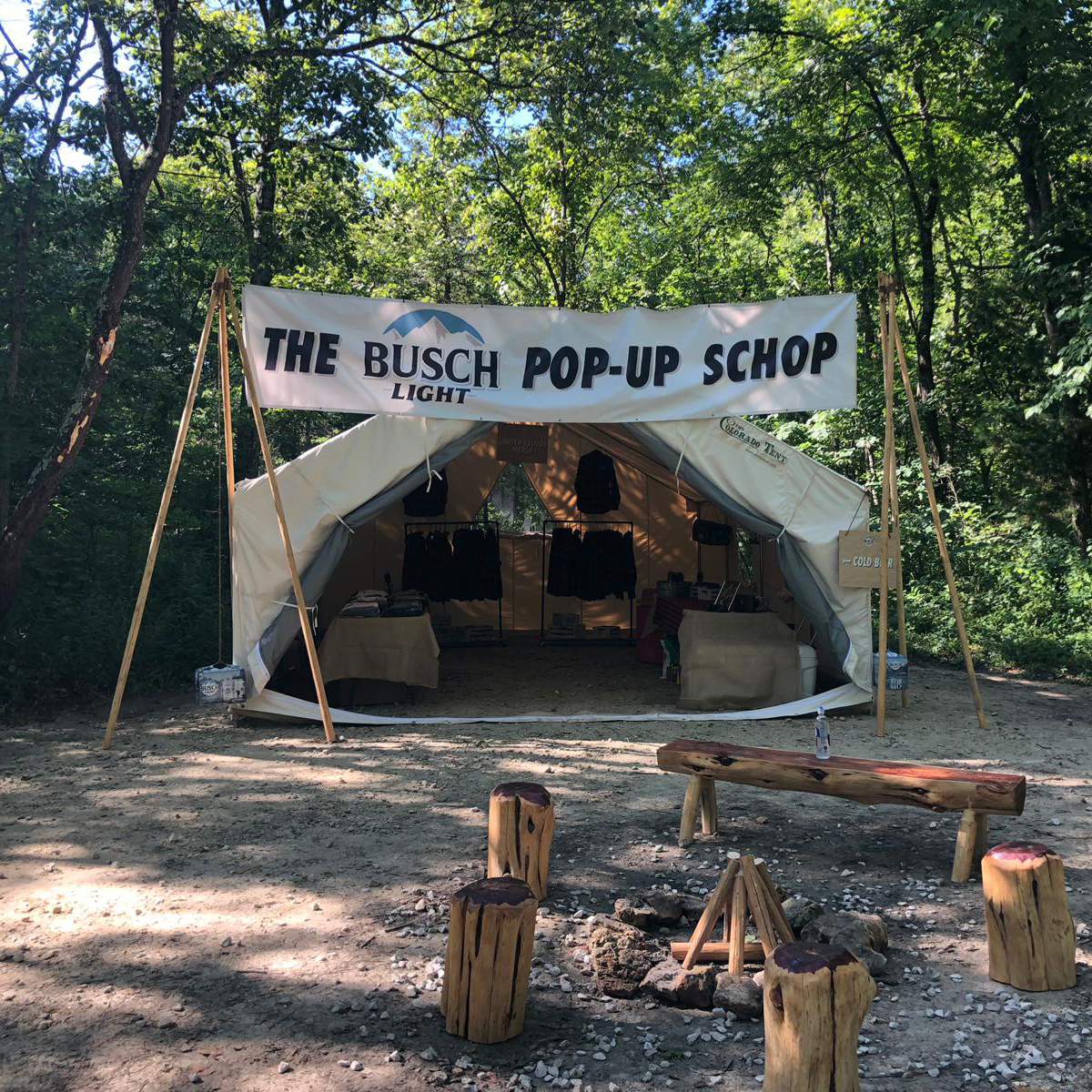
Client: Anheuser-Busch
Campaign: Busch Light Pop-Up Schop
Agency: The Experiential Group

Client: Anheuser-Busch
Campaign: Busch Light Pop-Up Schop
Agency: The Experiential Group
Busch has always been about championing the “everyman,” those who stay true to themselves and don’t get caught up in pretention or follow the crowd. So when the brand decided to create a pop-up shop, following the typical playbook wouldn’t do. The experience had to be done the Busch way. The solution: The Busch Light Pop-Up Schop, an experience built in the middle of a forest and only reachable by hiking.
To build buzz for the campaign leading up to the launch date, Busch dropped video clues about where the secret pop-up was located on social media. Ultimately, consumers from all over the country hiked their way up to the pop-up, including some that hiked for more than five hours in 100-degree heat to get there.
With curious, outdoorsy types in attendance, the rustic environment was the perfect setting. From photo ops in a canoe to chatting up “the Busch guy” (a key brand ambassador) to shopping for merchandise to taking in the natural landscape, attendees were in their element. One lucky consumer even earned a lifetime supply of Busch beer. And for those who couldn’t make it to the remote shop, the brand live-streamed the whole experience.
The campaign also included a charitable component. For every visitor to the Pop-Up Schop, Busch pledged to donate trees to the National Forest Foundation. Ultimately, the experience drew more than 1,500 ATTENDEES? and generated a 50,000-tree donation to the foundation. Oh, and the event earned a cool 114 million social media impressions.
We’ll drink to that.
Silver Winner
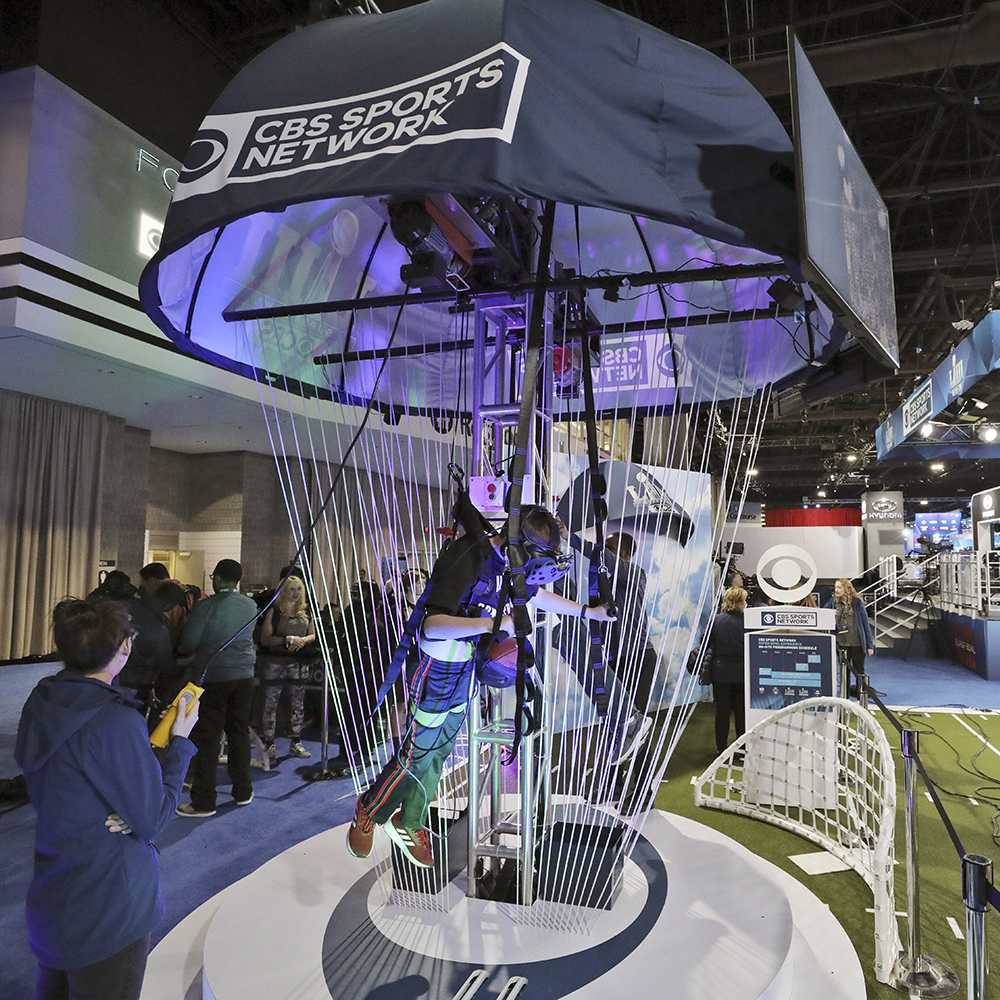
Client: CBS Sports Network
Campaign: Super Bowl 53 Fan Experience
Agency: BeCore

Client: CBS Sports Network
Campaign: Super Bowl 53 Fan Experience
Agency: BeCore
Heading into Super Bowl 53 in Atlanta, CBS Sports Network wanted to create a unique, meaningful activation that felt personalized to the audience during the week leading up to the big game, airing on CBS. So with sports fans in mind and a goal of driving awareness for its brand, the network delivered a virtual skydiving experience that reached thousands of consumers on the ground and millions of viewers at home thanks to live broadcasts.
Attendees waited in lines for up to two hours to participate in the activation. The experience allowed them to virtually jump from a plane, fly over Atlanta and land through the roof of the city’s Mercedes-Benz Stadium to deliver the game ball. Each participant was boosted into the air as they leapt from the plane and experienced the 4D impact of simulated wind. They also had the chance to wear a skydiving suit and pose for a picture that was printed for a branded takeaway. Meanwhile, an emcee kept the crowd energized and engaged, offering up trivia challenges and educating them via live broadcasts.
With a constant line, CBS Sports Network was able to accommodate two skydivers every three minutes, drawing a total of 2,550 participants throughout the week and garnering 122,000 impressions thanks to the activation’s prime location. Sing it with us: “Free falllllin’…”
Ex Winner
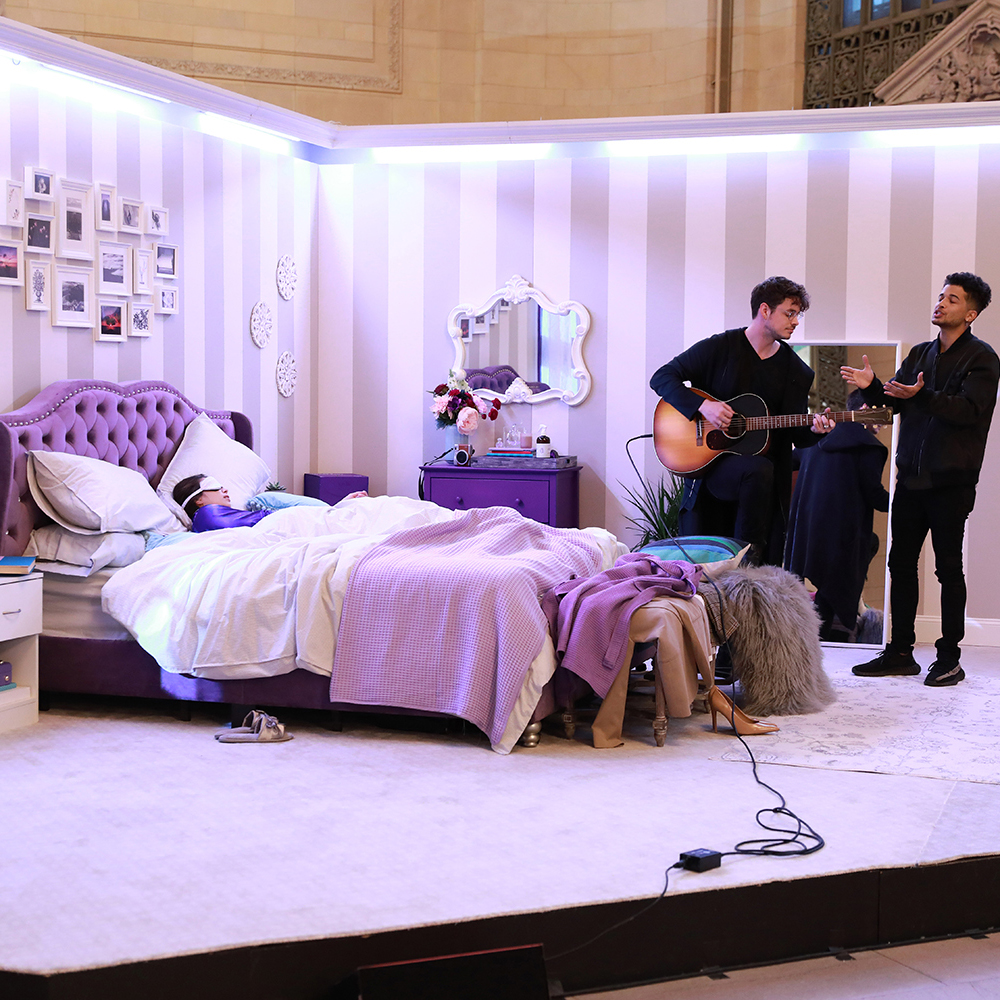
Client: SmileDirectClub
Campaign: 'While You Were Sleeping' Product Launch Event
Agency: In-house

Client: SmileDirectClub
Campaign: 'While You Were Sleeping' Product Launch Event
Agency: In-house
The doctor-directed, direct-to-consumer SmileDirectClub brand may not be a household name just yet, but its clever marketing efforts are putting the company on the map. Case in point: To raise awareness of a new product, Nighttime Clear Aligners, the brand created a 10-hour launch stunt in the middle of New York City’s Grand Central Terminal. With its sights set on spreading the word about the new product, SmileDirectClub set out to surprise and delight consumers, and ultimately, garner 50 million impressions.
The stunt was designed to communicate the key perk of the Nighttime Clear Aligners—that they straighten your teeth while you sleep during 10 continuous hours of wear. To demonstrate that benefit, SmileDirectClub set up shop in New York’s bustling train station and, alongside renowned NYC-based comedy troupe, Improv Everywhere, executed a 10-hour sleep performance as a designated sleeper caught some Zs.
It was no easy task lulling someone to sleep in the city that never sleeps—in the middle of the day, and in the busiest place in the United States: Vanderbilt Hall in Grand Central Terminal. But the brand was up to the task and transformed the space into a bedroom featuring a nighttime sky ceiling projection. There, Improv Everywhere commentated and performed the lengthy stunt to engage and educate consumers in a totally unexpected way.
Each hour, another element of the activation surfaced. During hour two, “Dancing With The Stars” and Broadway star Jordan Fisher serenaded the sleeper with a customized version of Brahms’ famous “Lullaby.” During hour four, “noise control officers” attempted to regulate noise inside the commuter hub, helping the sleeper snooze on. At hour five, nearly 100 “sheeple” (people dressed in sheep costumes) hurdled over the dreamer so she could count herself to sleep. At hour seven, now asleep, the audience saw her dreams projection-mapped onto the ceiling. And in the ninth hour, the New York City Gay Men’s Chorus served as the sleeper’s alarm clock, singing customized morning tunes that escalated with comedic urgency. Brand ambassadors were also on-site to field questions and pass out “Do Not Disturb” door hanger- themed handouts with special discount codes.
You read everything right: in the middle of one of New York City’s busiest locations, someone was actually able to catch some quality shut-eye. Indeed, the star of the show was able to get 10 hours of continuous nighttime wear out of her Nighttime Clear Aligners. The entire spectacle was recorded and shared across all of SmileDirectClub’s social and digital channels, including Facebook Live broadcasts and Instagram Stories posted throughout the day to drive curiosity and engagement. The results were a dream: SmileDirectClub earned more than 56 million impressions and nearly two million video views.
Gold Winner
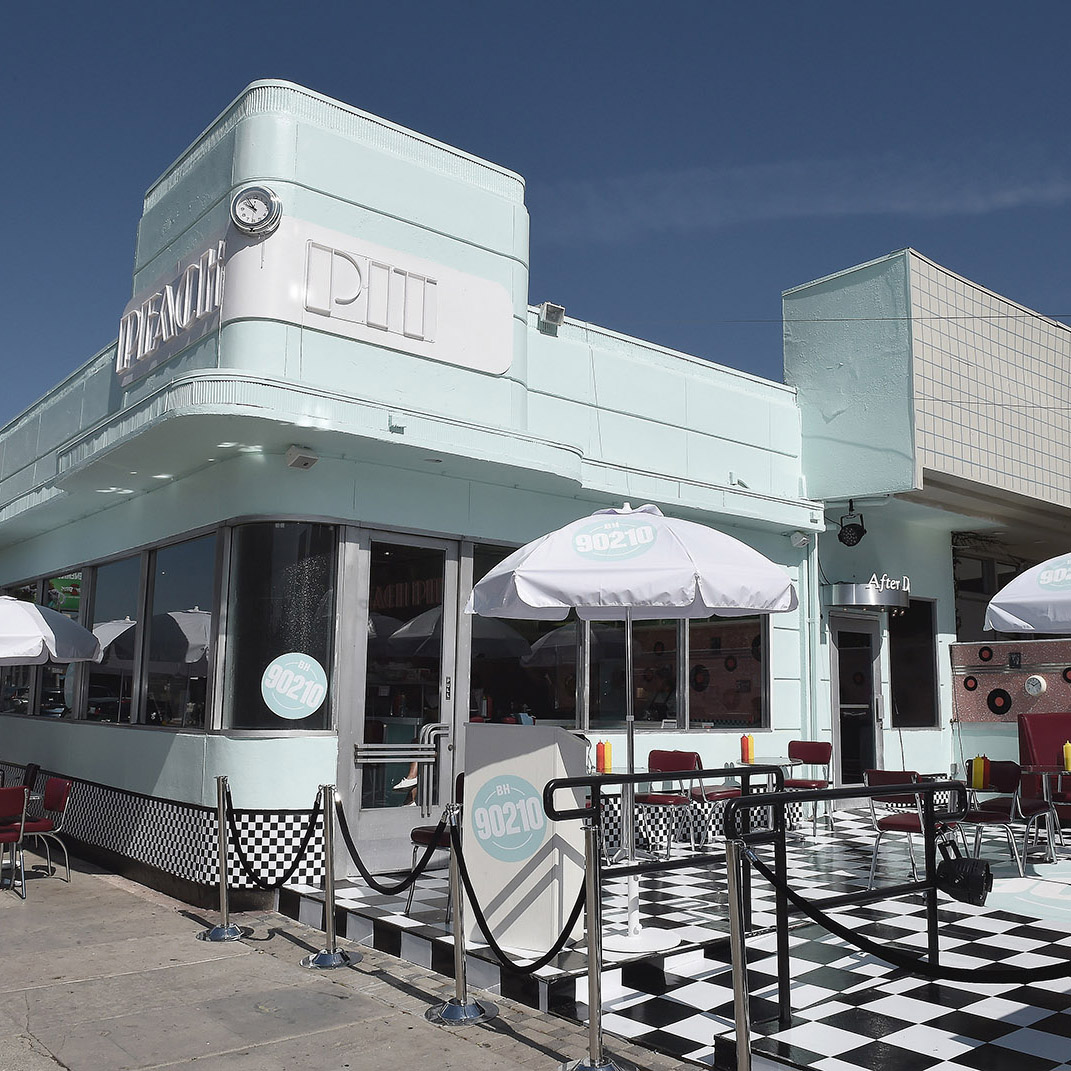
Client: FOX Entertainment / BH90210
Campaign: BH90210 Peach Pit Pop-Up
Agencies: In-house, POPSUGAR

Client: FOX Entertainment / BH90210
Campaign: BH90210 Peach Pit Pop-Up
Agencies: In-house, POPSUGAR
If you’re an ’80s baby, you know that “Beverly Hills 90210” was the must-see TV show of the era. So when the series got a highly-anticipated reboot on Fox dubbed “BH90210,” the network wanted to rekindle fans’ love of the show while reaching new audiences. To make it happen, Fox turned the show’s famous Pit Peach diner from fiction into reality, popping up at an old-school dinner on Melrose, right in the heart of Los Angeles. In order to get the word out, the brand tapped two of the most iconic cast members, Jennie Garth and Tori Spelling, to create a custom video announcing the free pop-up experience to the world.
In partnership with PopSugar, Fox fully customized the diner space. From the flooring to the signage to wall decor to the booths, the restaurant was transformed into the Peach Pit. By day, the pop-up served Mega Burgers and milkshakes for fans to enjoy inside comfy booths. There was also an area dedicated to late cast member Luke Perry. Fans who shared their experience using #BH90210 generated a donation from Fox to his family’s foundation. By night, the space transitioned into the Peach Pit After Dark, where attendees arrived through a hidden entrance and sipped on “90210”-inspired cocktails in a speakeasy environment. To boot, a mural photo op located on the façade of the diner ensured anyone who couldn’t get a reservation at the coveted pop-up could still walk away with a memento.
As you can imagine, the results were just peachy—more than 1,300 fans attended the pop-up over three days, generating 1.4 billion impressions.
Silver Winner
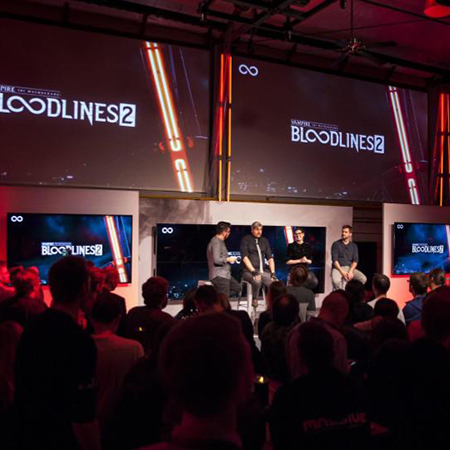
Client: Paradox Interactive
Campaign: Bloodlines 2: Vampire the Masquerade Reveal Campaign
Agency: Alice and Smith

Client: Paradox Interactive
Campaign: Bloodlines 2: Vampire the Masquerade Reveal Campaign
Agency: Alice and Smith
When Paradox Interactive purchased the hit role-playing game Bloodlines: Vampire the Masquerade, the brand knew it had some big shoes to fill. Creating a video game sequel worthy of its superfans had to be done to a T. What’s more, Paradox wanted to tease the game without mentioning its name or hinting at vampires—so it inspired audiences to figure out the news for themselves.
To start, Paradox worked with gaming influencers to hint at a (fake) online dating platform called Tender, which matched people based on their emotional state and blood type. Consumers who “bit” were contacted through the app’s chat feature by a whistleblower who warned them about the company and guided them to a secret community of investigators called Trust No More.
From there, online missions assigned by Trust No More characters led participants to real events in multiple cities like an escape room in New York and a mission drop in Los Angeles. Everything culminated in a VIP invitation to a Tender launch party, where fans discovered that Tender was a vampire-feeding app. Once the mystery was uncovered, the new video game was revealed.
The campaign resulted in 627 press mentions, touched 217 countries and reached a total of 142 million consumers.
Game on.
Ex Winner
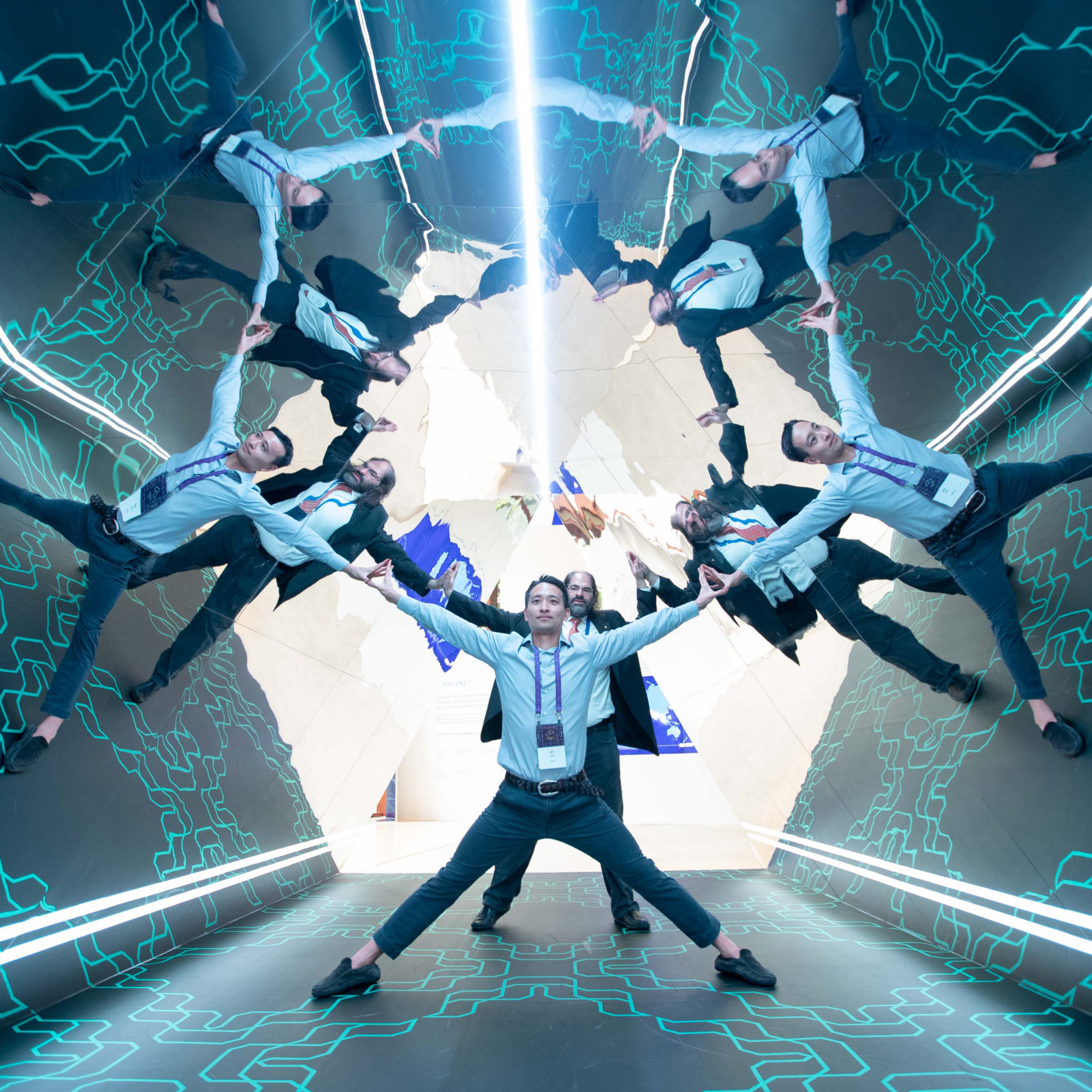
Client: Ripple
Campaign: Swell by Ripple
Agency: Manifold

Client: Ripple
Campaign: Swell by Ripple
Agency: Manifold
Swell by Ripple is an event that brings together hundreds of the world’s most trusted voices in financial services, payments, technology and policy to share what’s happening in global payments and why it matters. The Singapore-based conference’s 2019 theme, A New Reality Unfolds, focused on Ripple’s modernization of global payments, and was illustrated through a hyper-personalized attendee experience, diverse speakers and elevated experience design. Through these elements, Ripple hoped to drive thought leadership, cultivate meaningful connections, leverage customer stories, recognizing that storytelling builds emotional connections, and build brand recognition, given that Swell is Ripple’s most effective, high-profile event of the year for its customers, industry peers and media.
Across the event, kaleidoscopic patterns and other design elements drove home the message that the fintech landscape is transforming. The Swell logo, which symbolized transformation, appeared throughout the venue to brand and define the conference spaces. Window and stairwell graphics, wayfinding signage, gallery spaces for meetings and networking, and a freestanding anamorphic sign all featured the logo as a tessellation. A lush living wall also showcased the conference logo, while a lobby installation of block letters, which read “HELLO” from one side and “SWELL” from another, welcomed attendees to the event while mapping back to the theme. Interactive touchpoints were also a critical piece of the strategy. For one, there was a life-sized, walk-through kaleidoscope that surprised and delighted attendees while challenging them to explore their unique vantage point from all angles. And on the main stage, custom origami curtains served as the backdrop for general sessions, with more than 6,000 pyramid-fold, white origami in the shape of the Swell logo hanging from floor to ceiling from 145 strings surrounding the main stage.
Then there was the large infographic wall, which detailed the 300-plus financial organizations around the world that make up Ripple’s customer base. The installation incorporated both printed infographics and a digital screen to show how Ripple has been making it easier for global payments services to provide faster, lower-cost payments around the world. With that customer-centric approach in mind, the brand also created customer story pedestals, with both video and audio options, that highlighted stories from across the globe about how people are directly impacted by cross-border payments.
And the conference results? Just Swell. A total of 320 people leveraged the matchmaking app, resulting in 403 accepted meetings. And on Twitter, Ripple generated 8.2 million organic impressions and earned nearly 33,000 #SwellbyRipple mentions.
Gold Winner
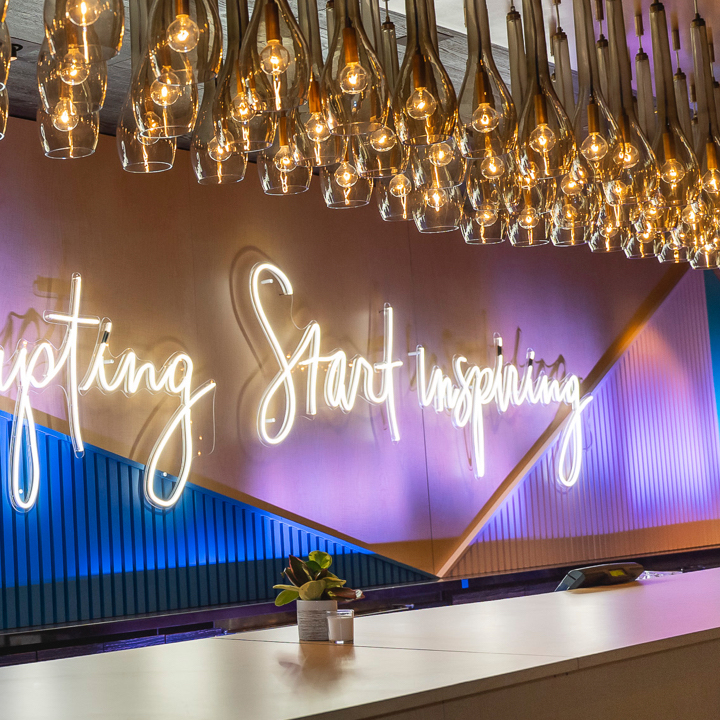
Client: Pinterest
Campaign: CES 2020
Agency: NVE Experience Agency

Client: Pinterest
Campaign: CES 2020
Agency: NVE Experience Agency
To showcase how the platform is a win for brands and position it as the “home of inspiration,” Pinterest invited attendees at CES to “Stop interrupting. Start Inspiring.” through a collection of elevated meeting spaces located far from the chaos of the show floor. The objective: to increase comprehension among advertisers and media, and drive conversion.
Cozied up at Las Vegas’ The Cosmopolitan, Pinterest provided chic spaces for sales meetings, communal gathering, product trial, food and beverage and a little R&R. On top of platform education, the brand introduced the Five Dimensions of Inspiration, a proprietary framework for building and evaluating creative ideas and brand campaigns. Five meeting spaces brought the concept to life (an example: a boardroom table surrounded by swing-set chairs).
Pinterest’s P100 Trends, a forecast of social and cultural trends for 2020, was also featured. The tool came to life as elegant-yet-attainable décor, and f&b touchpoints, sprinkled throughout the space, giving attendees a glimpse into upcoming trends, like maple matcha lattes and gender-inclusive child care. There was also an interactive wall that promoted use of the tool, allowing guests to further explore what was new and next.
Campaign objectives didn’t center on immediate sales results, but rather focused on the number of quality impressions and increased comprehension of Pinterest’s unique value as a platform. To that end, the three-day program hit the mark with 155 meeting requests and more than 95 completed meetings—and success is always on trend.
Silver Winner
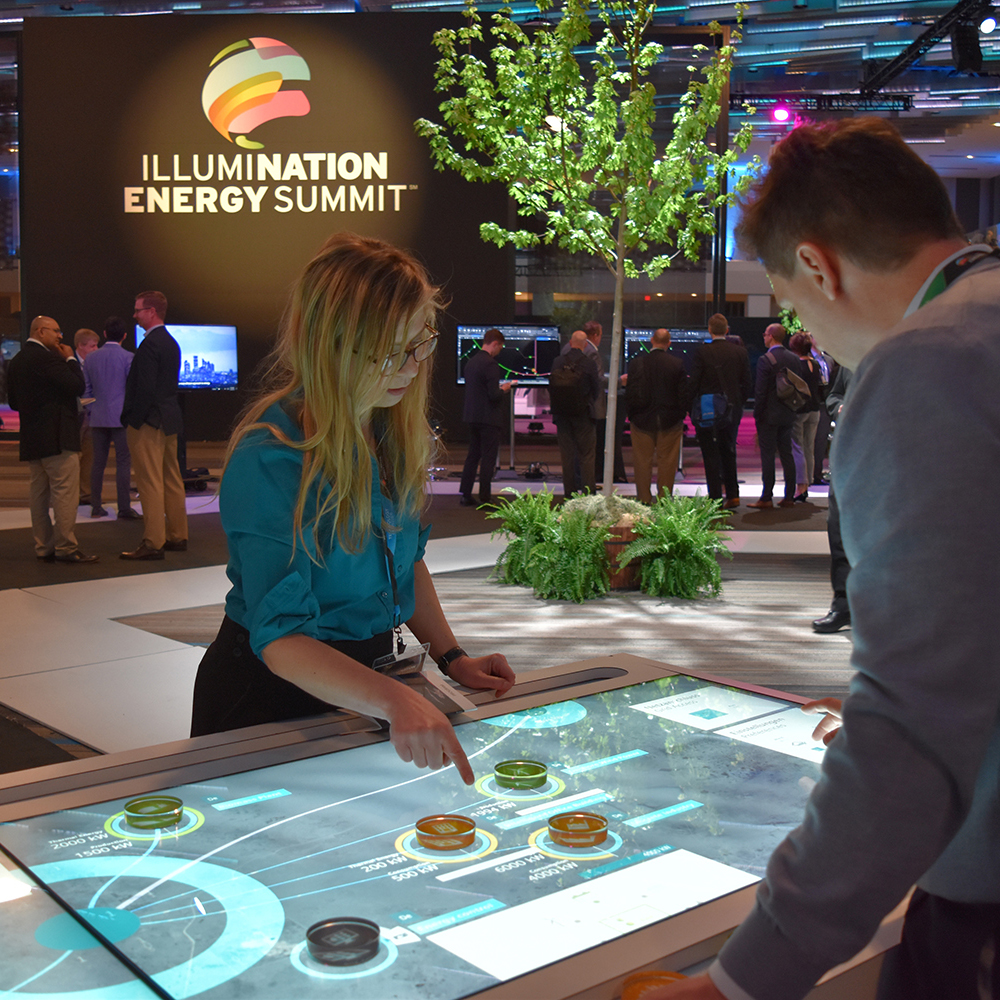
Client: American Electric Power
Campaign: Illumination Energy Summit
Agency: Eventive Marketing

Client: American Electric Power
Campaign: Illumination Energy Summit
Agency: Eventive Marketing
Built a century ago to meet the technological needs of the era, the U.S. electric grid is the single largest machine in the world. And while tech has evolved dramatically in the last 100 years, the basic structure of power generation and distribution has hardly changed. With the need for a bi-directional grid that placed more opportunity in the hands of end users, American Electric Power knew a unified meeting of the minds was in order. And so, the Illumination Energy Summit came to be.
Catering to a curated list of regulators and legislators, the brand immersed attendees in an indoor city environment featuring interactive, personalized touchpoints. The two-day event was focused on three key areas: a presentation showcasing energy technology, speaker panels designed to inform and inspire and purposeful networking opportunities that could help drive policy change. Supporting those initiatives was the IlluminationLAB, which gave tech startups the opportunity to work with energy leaders to advance energy solutions.
The results from the Illumination Energy Summit could light up the night sky. Not only did 90 percent of attendees say they were likely to recommend the event to a colleague, 96 percent said their Summit goals were met, 94 percent were satisfied with the on-site engagement and 100 percent were satisfied with the content.